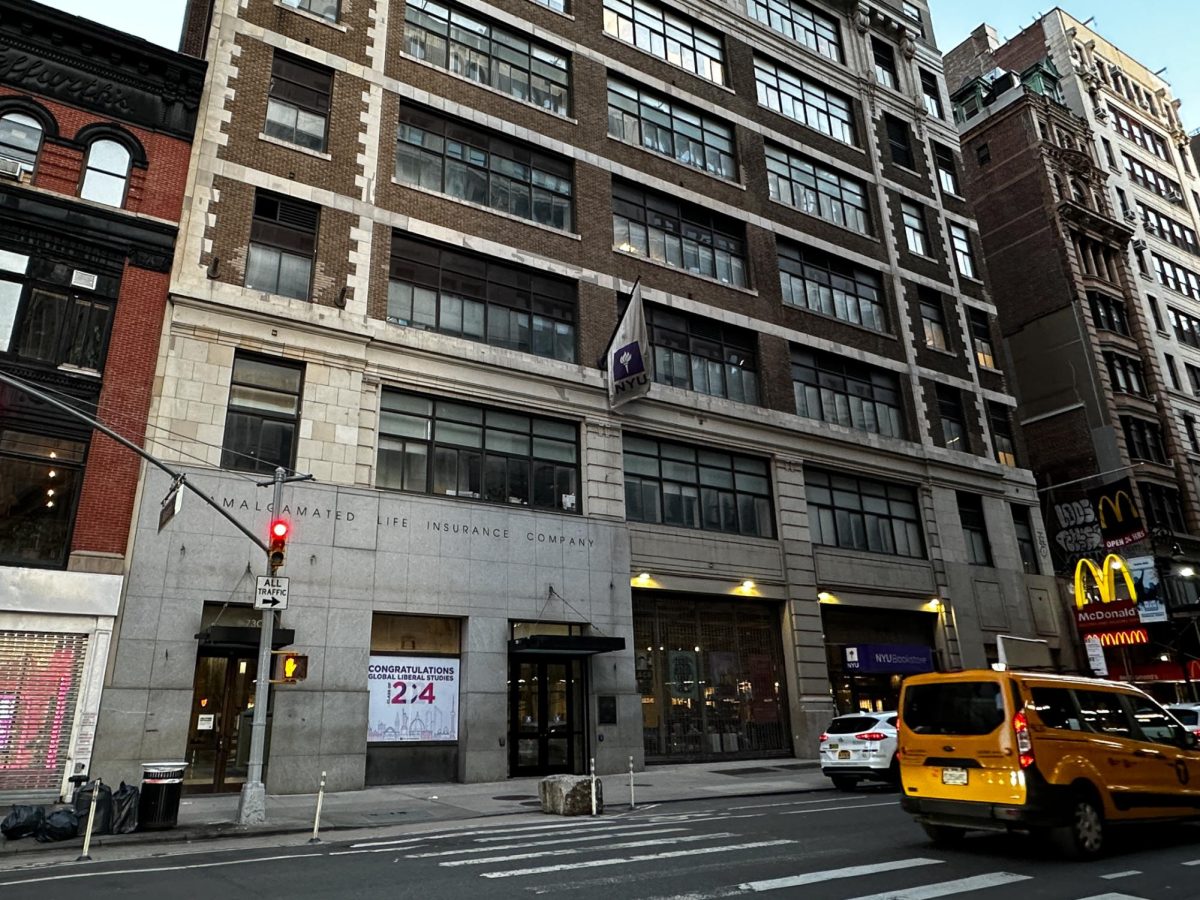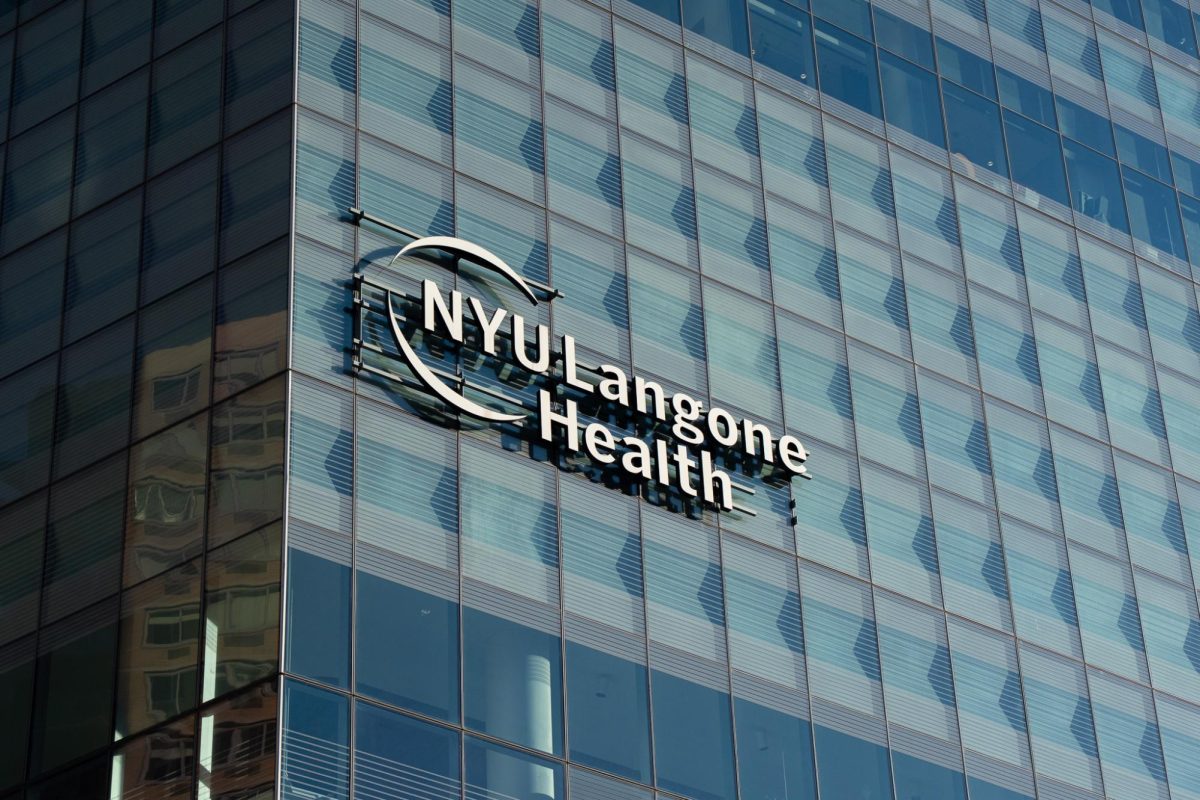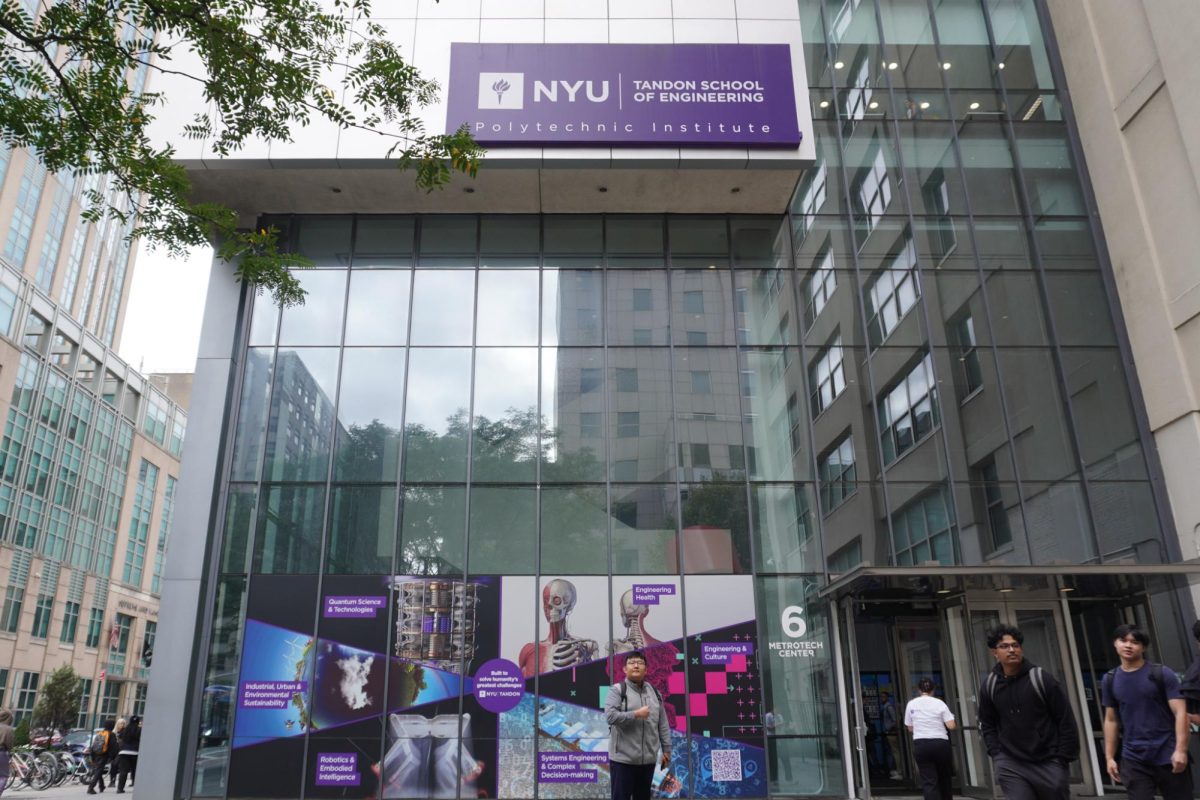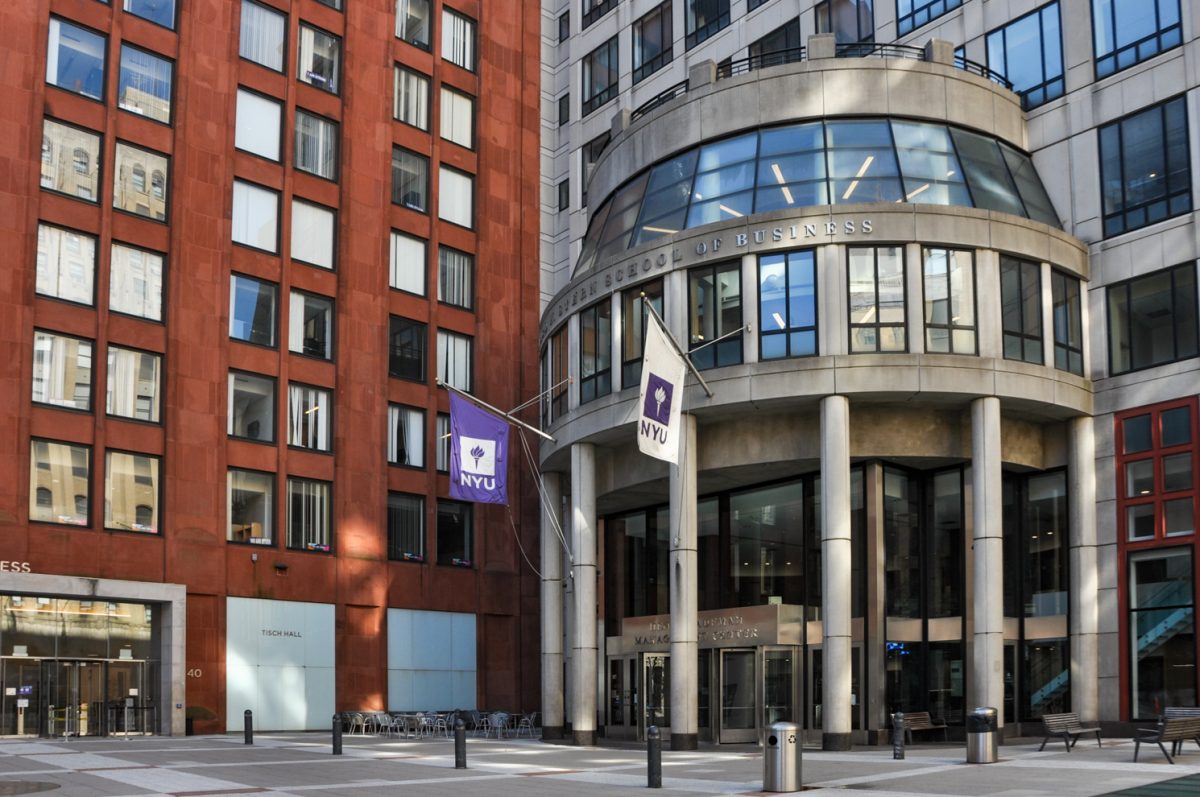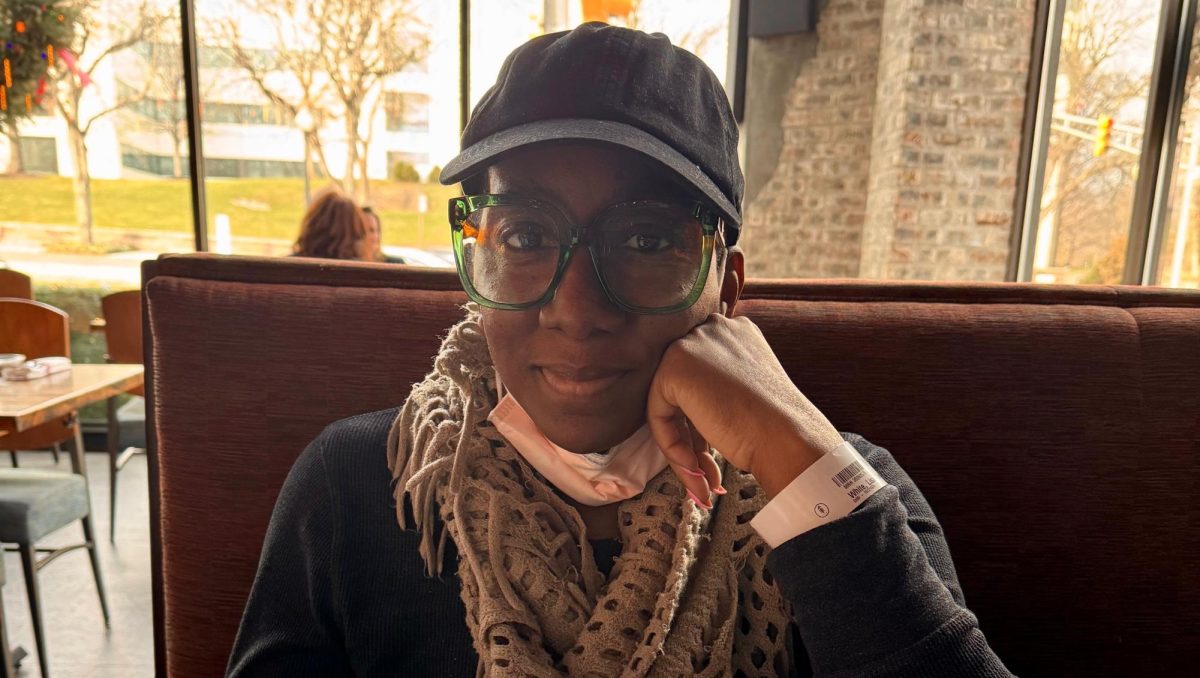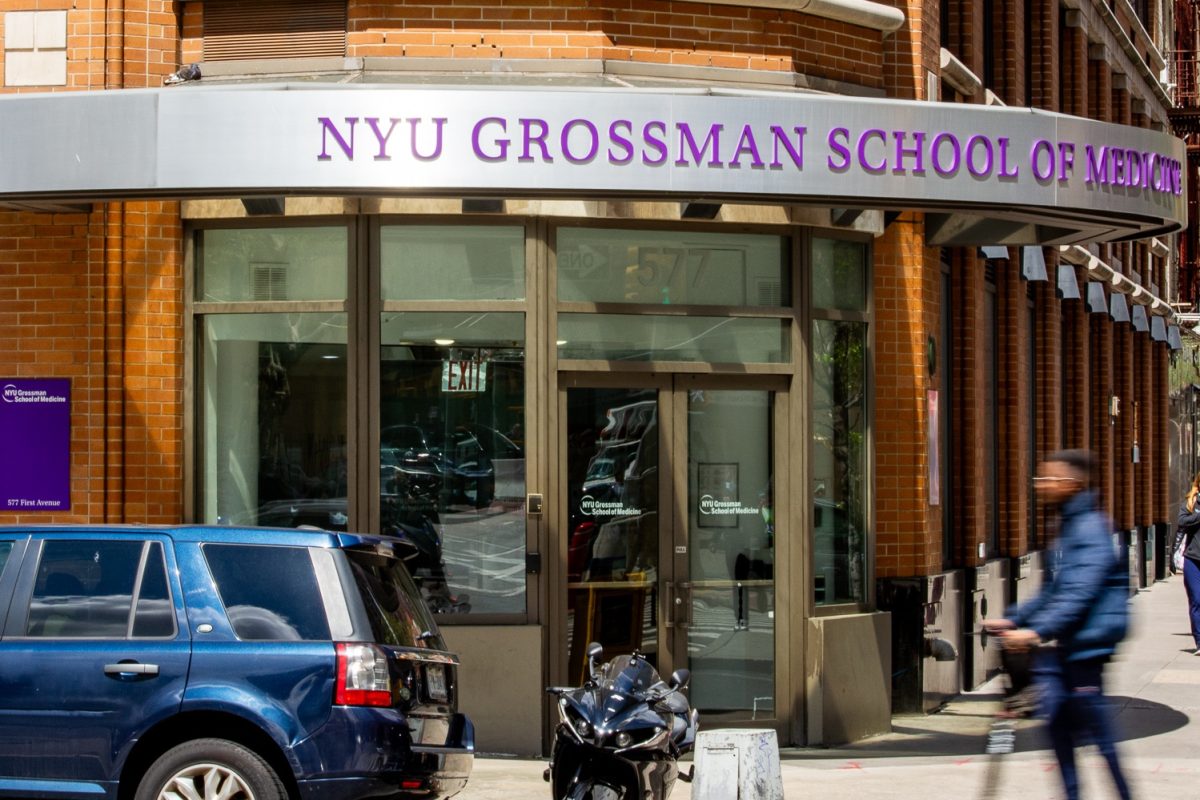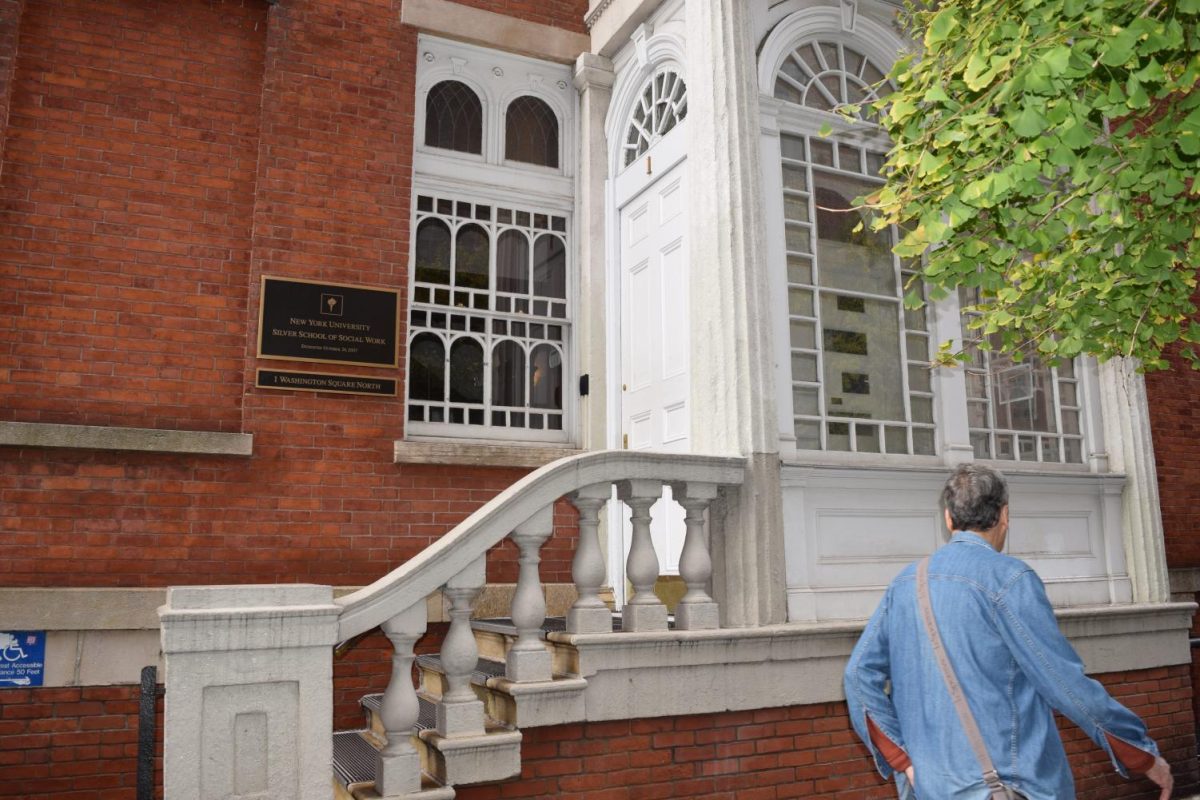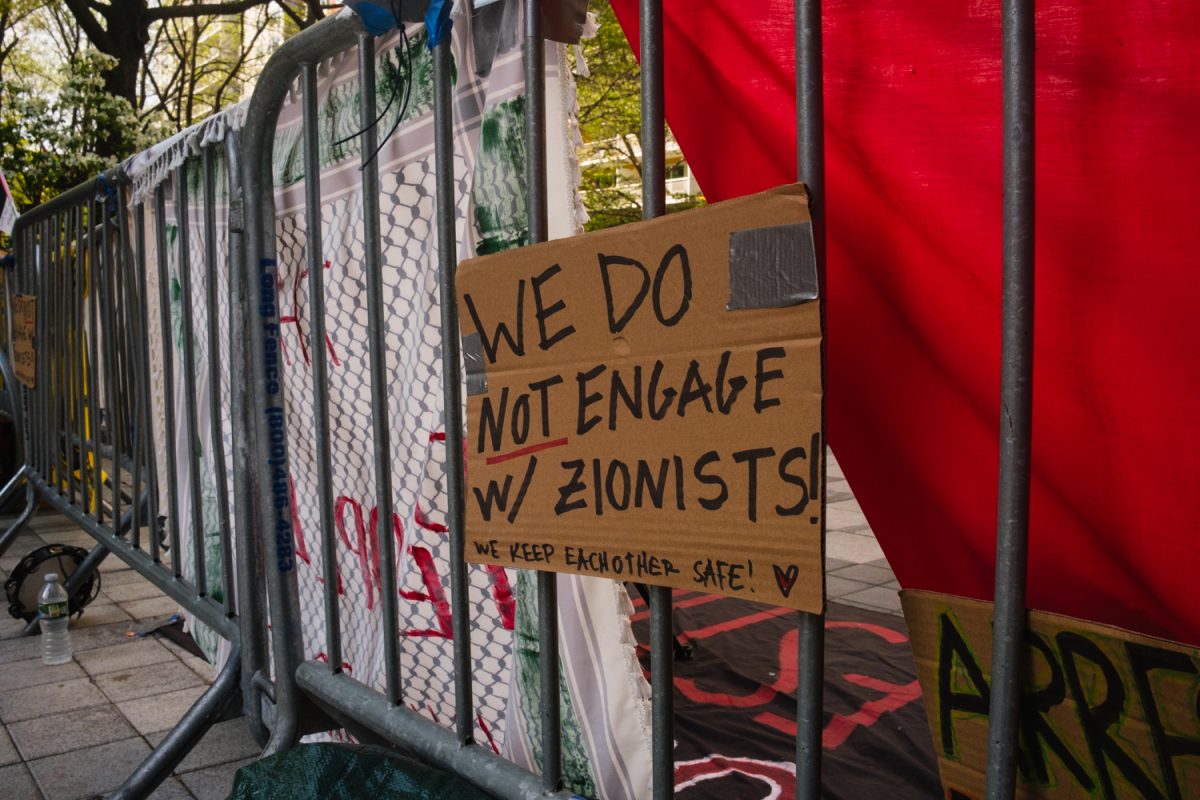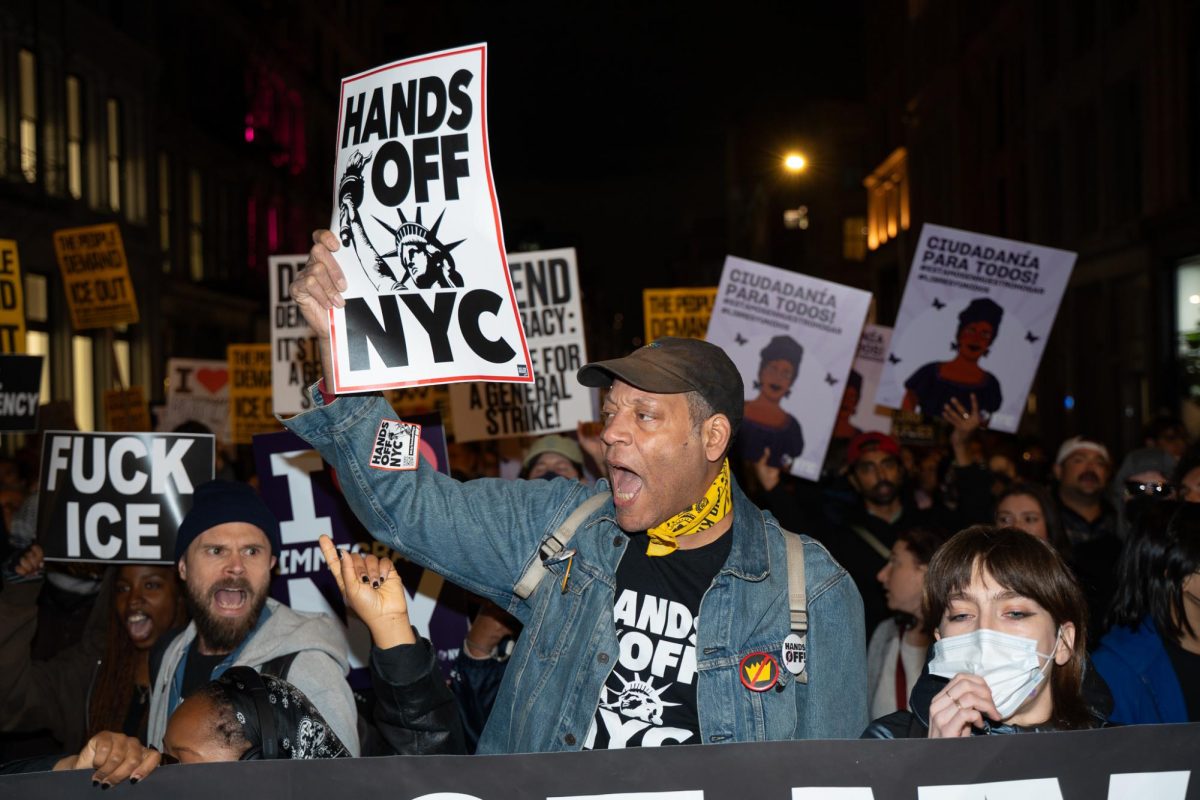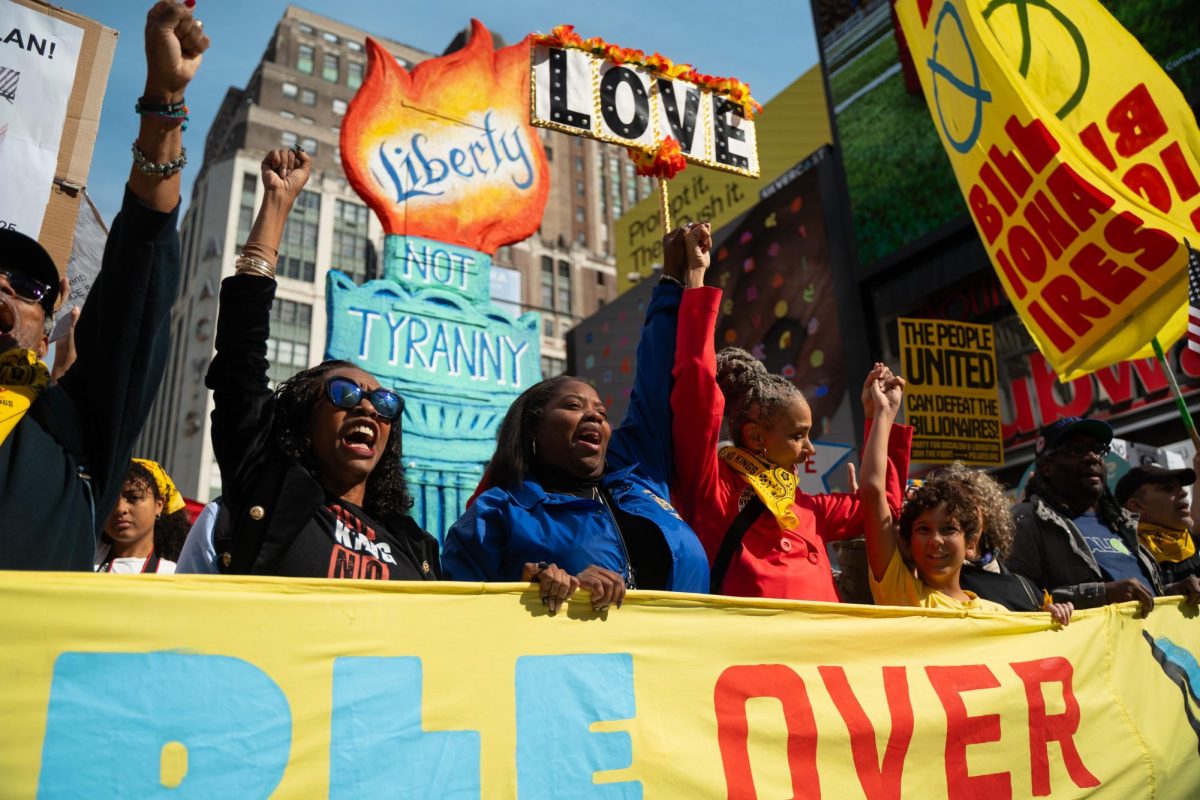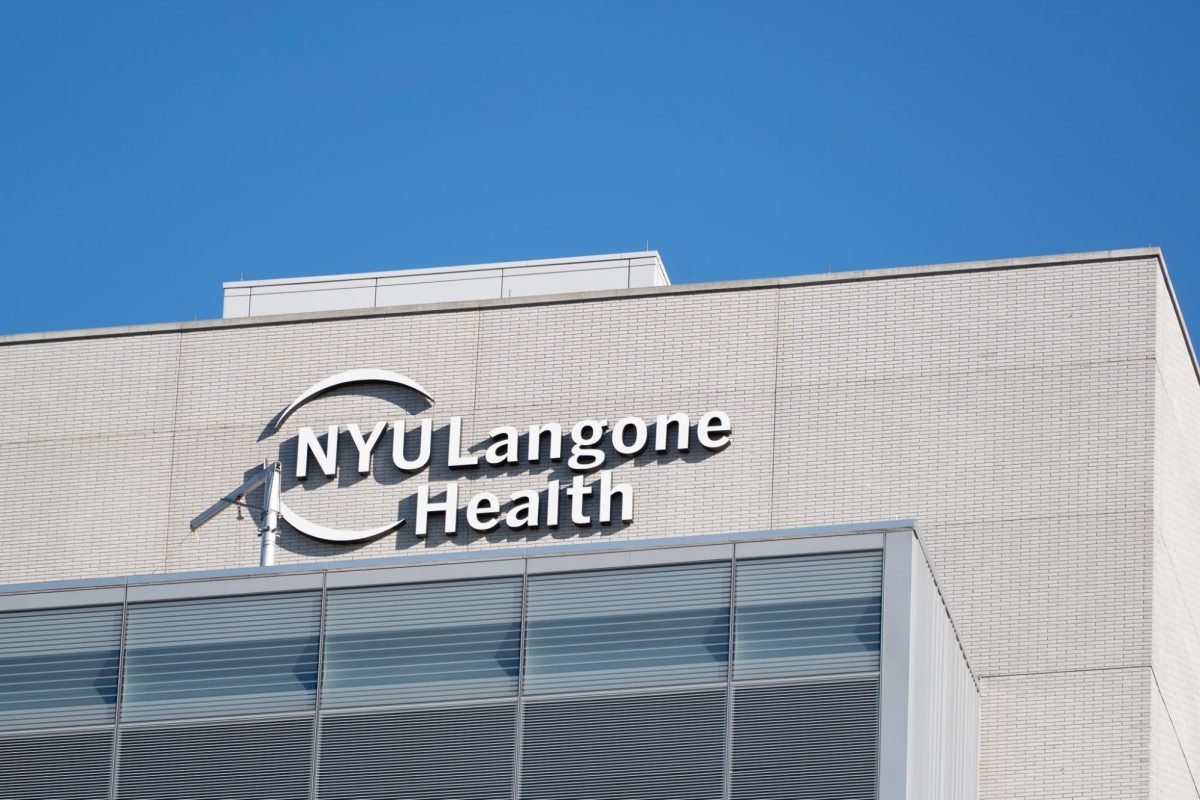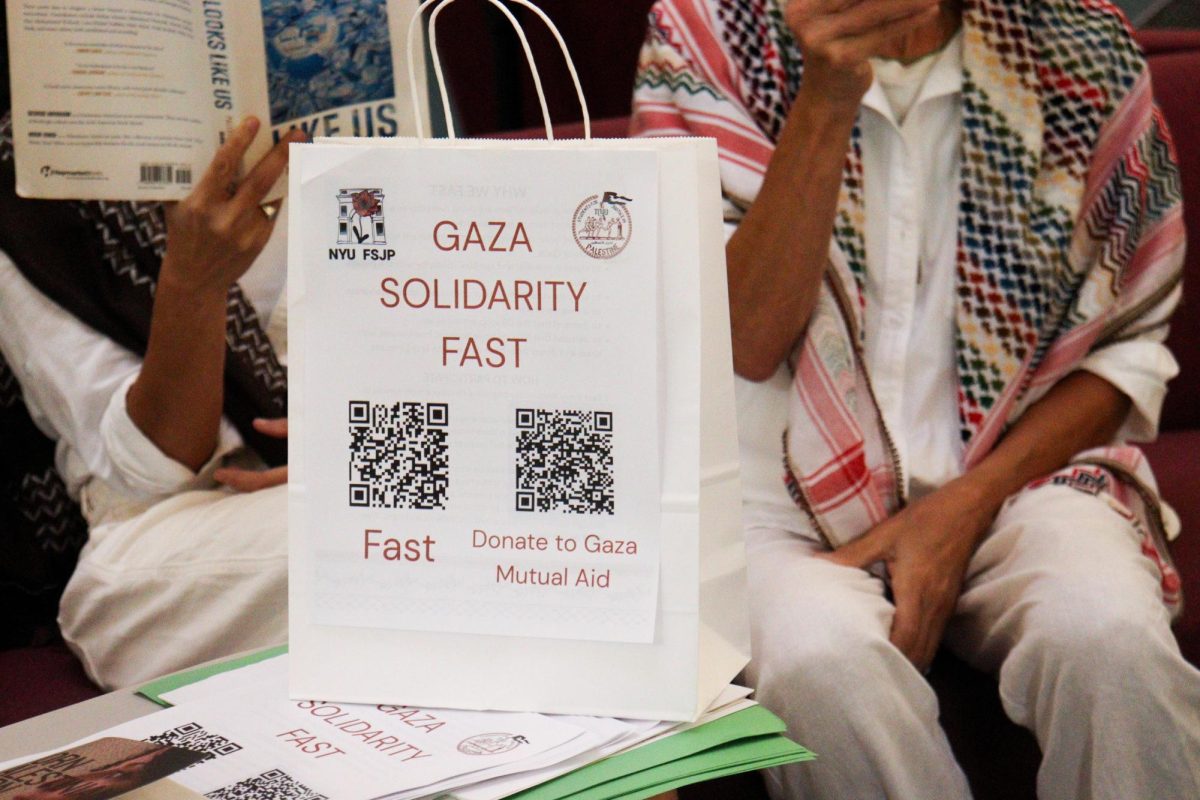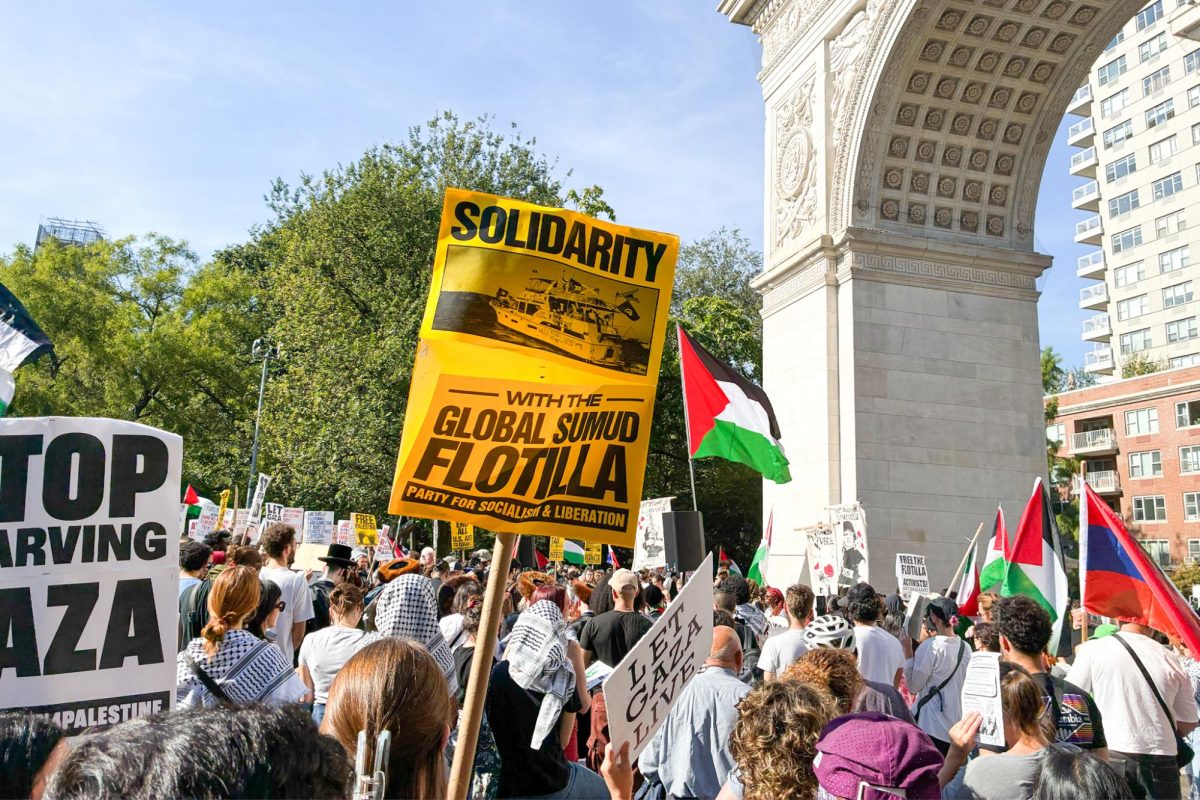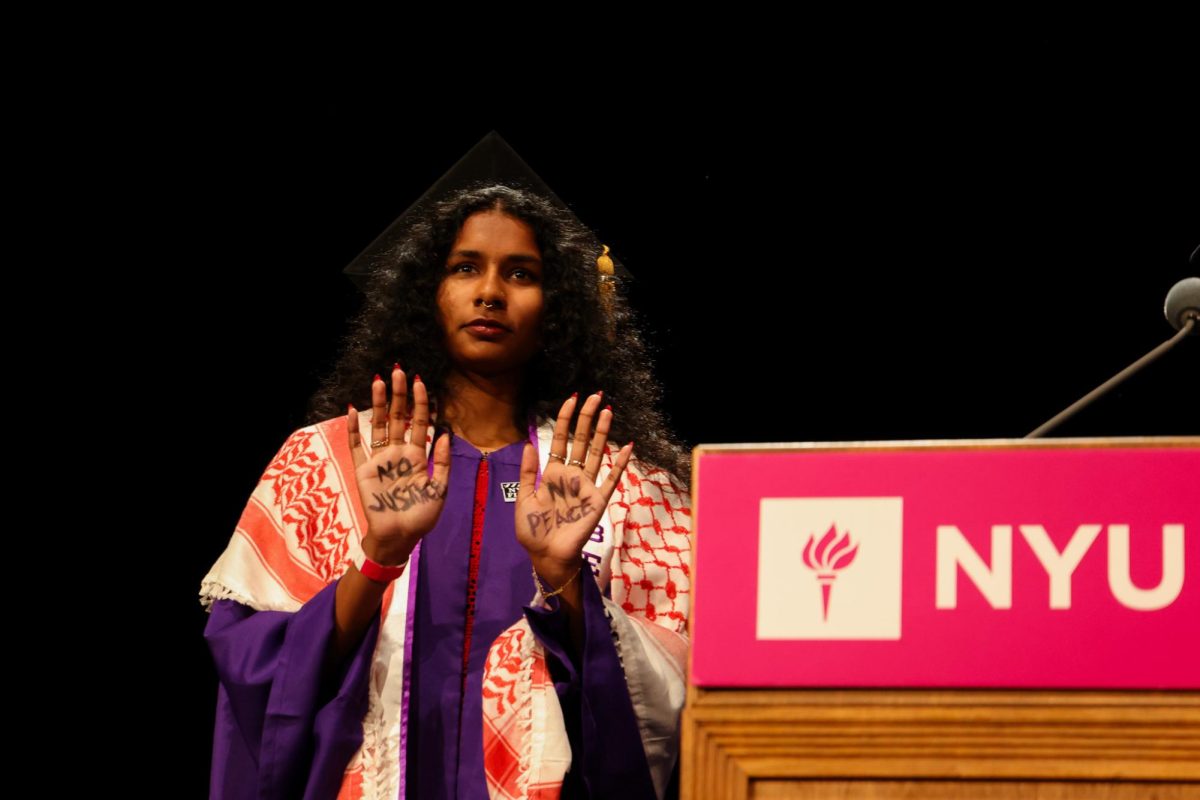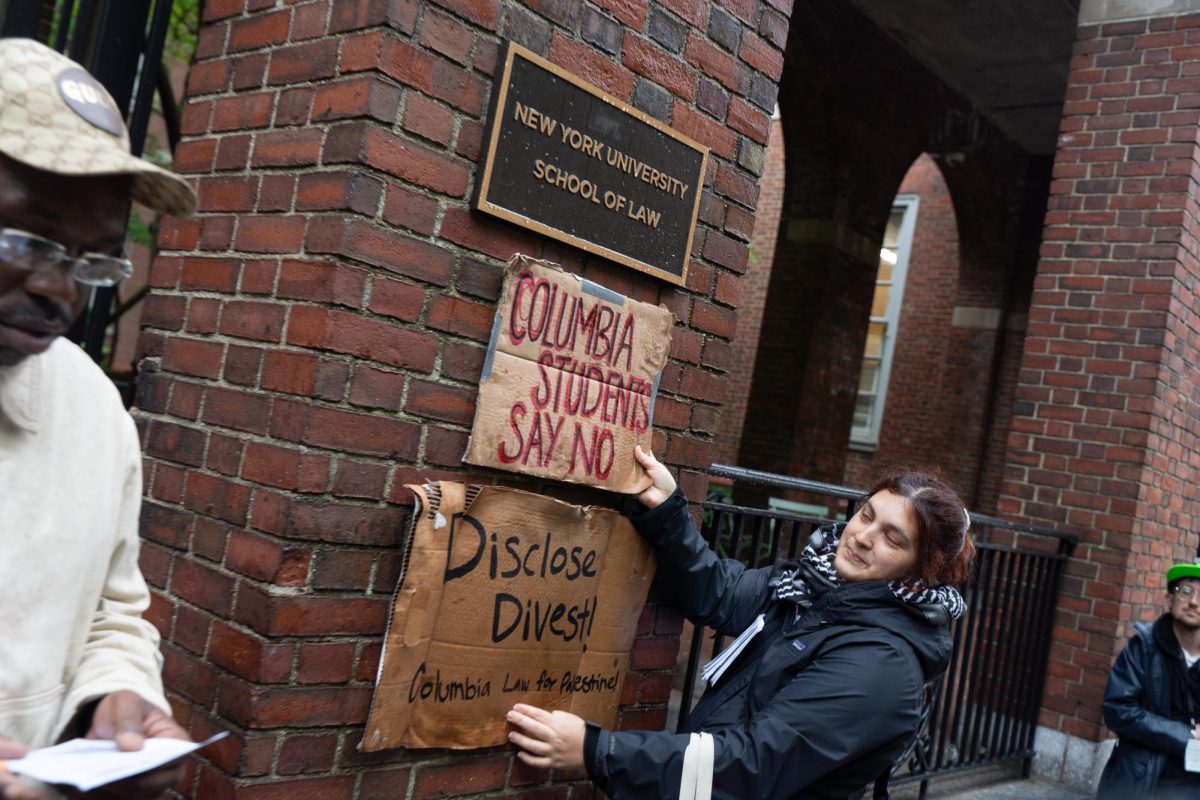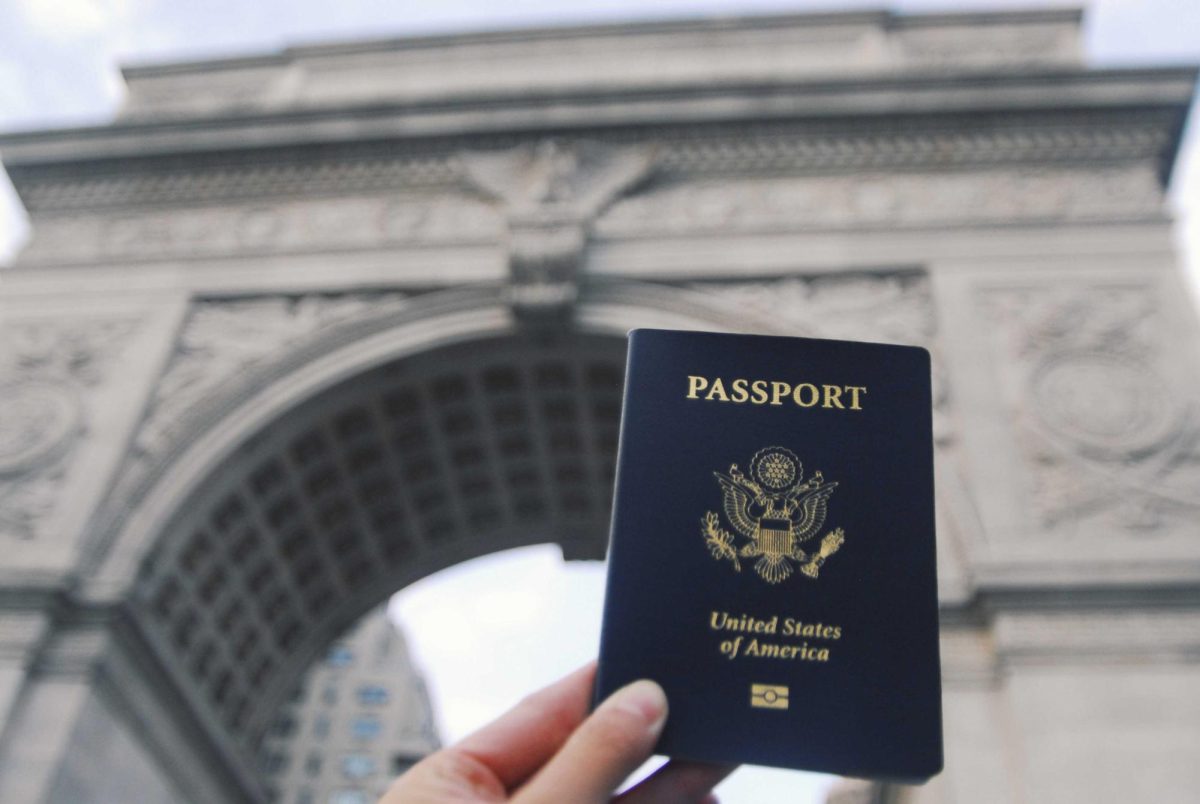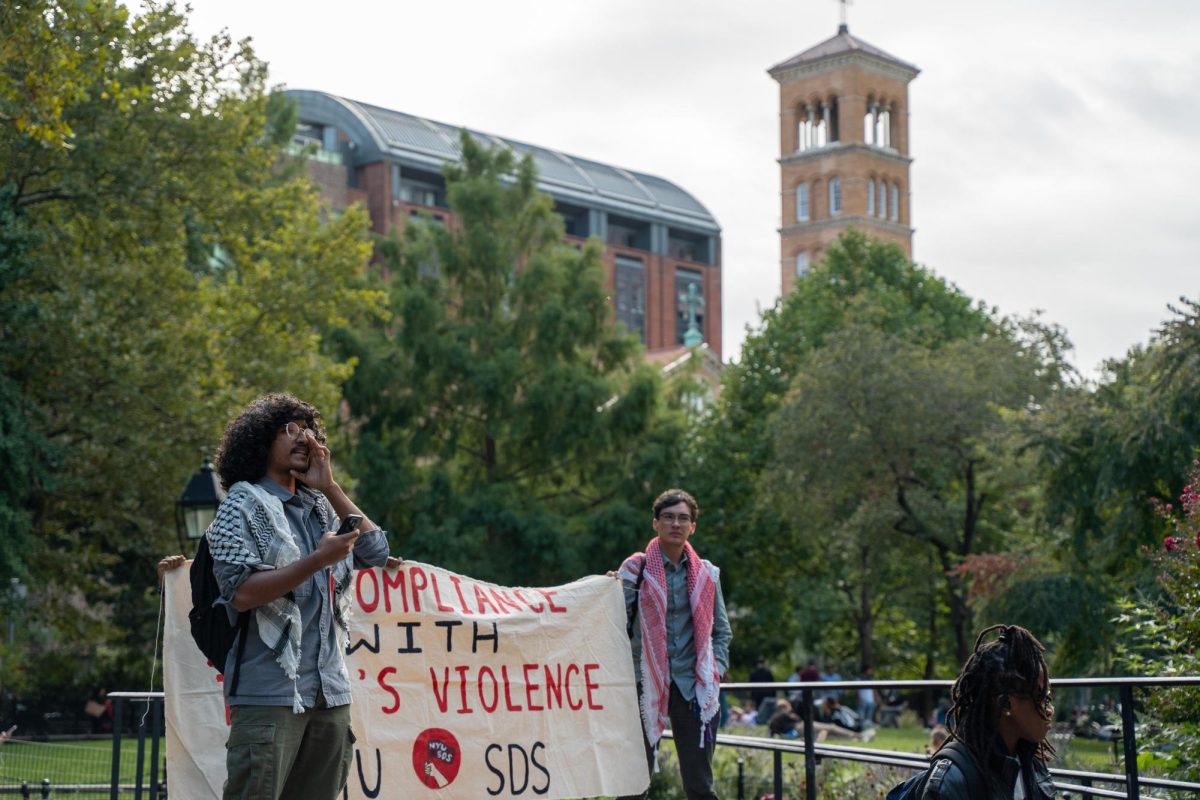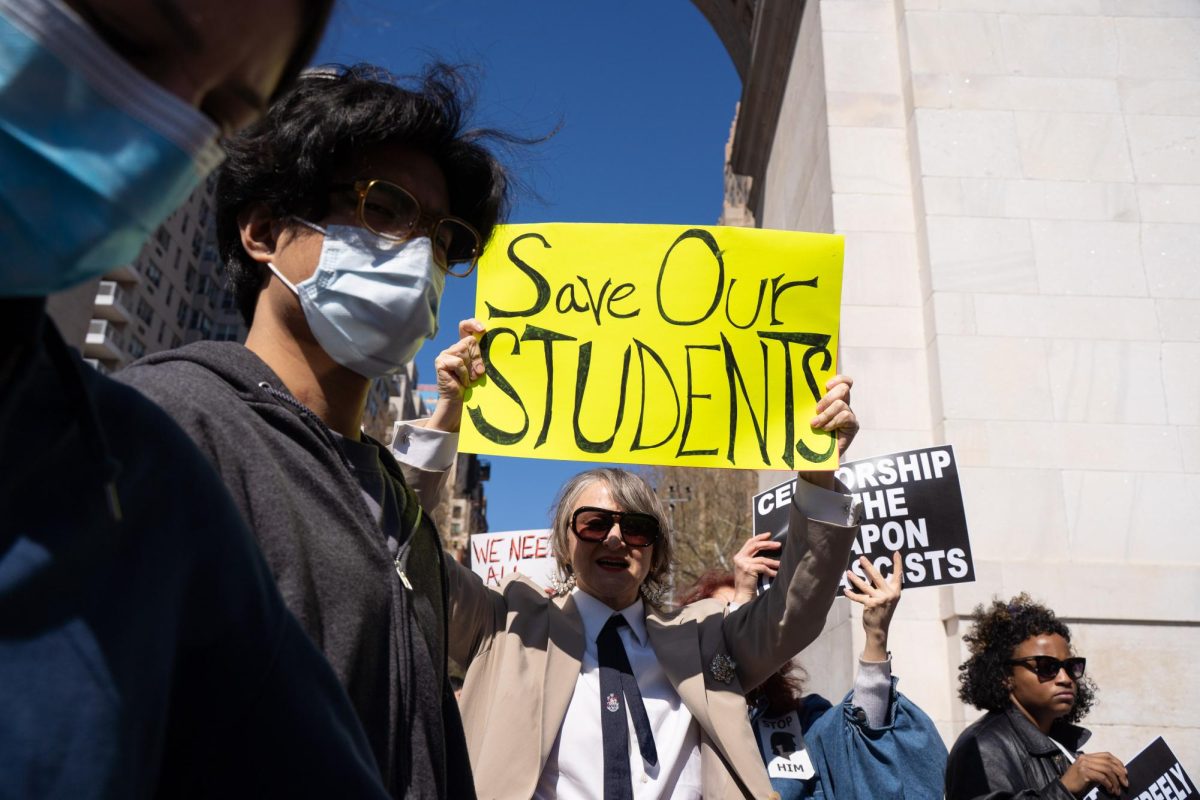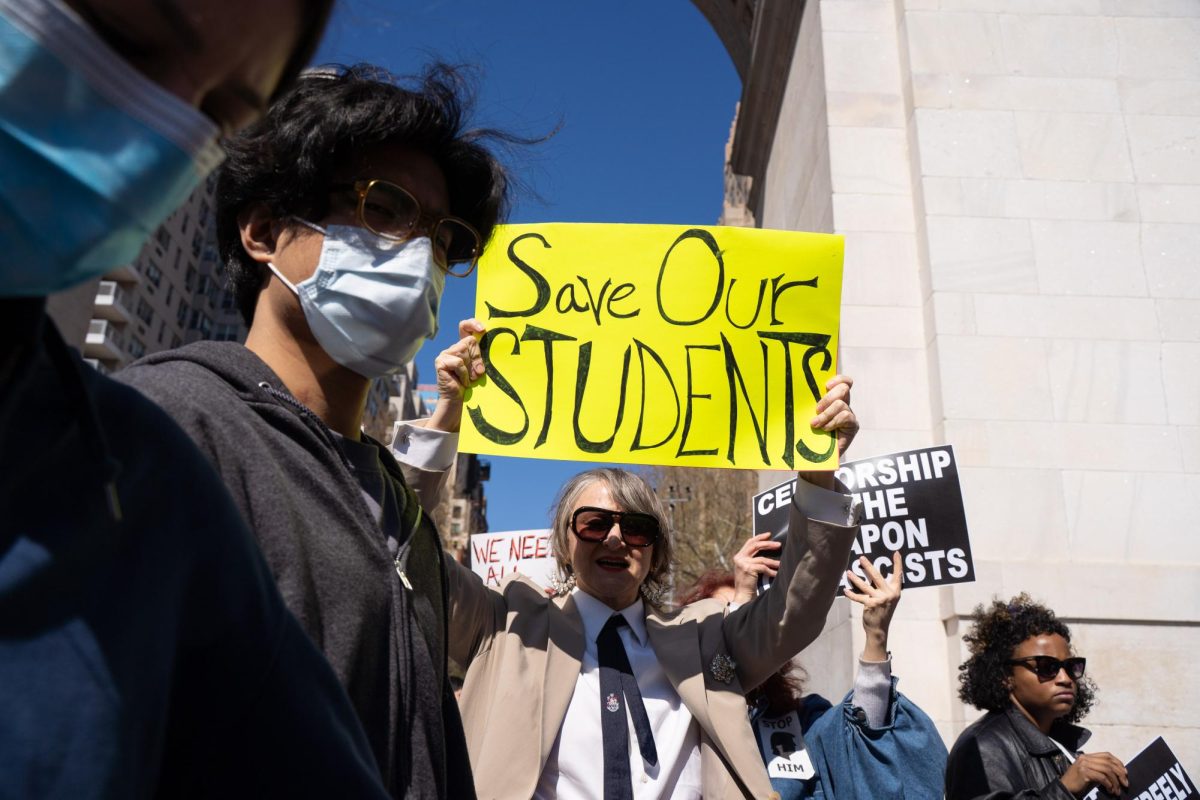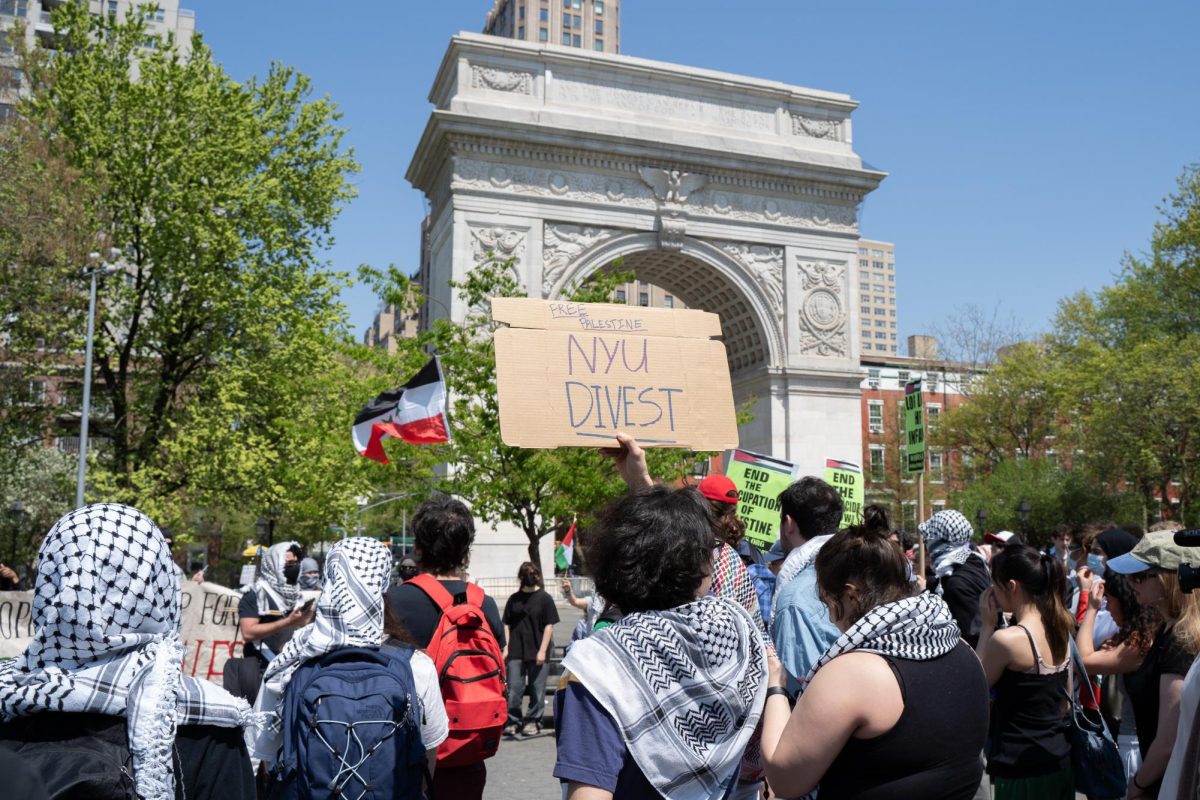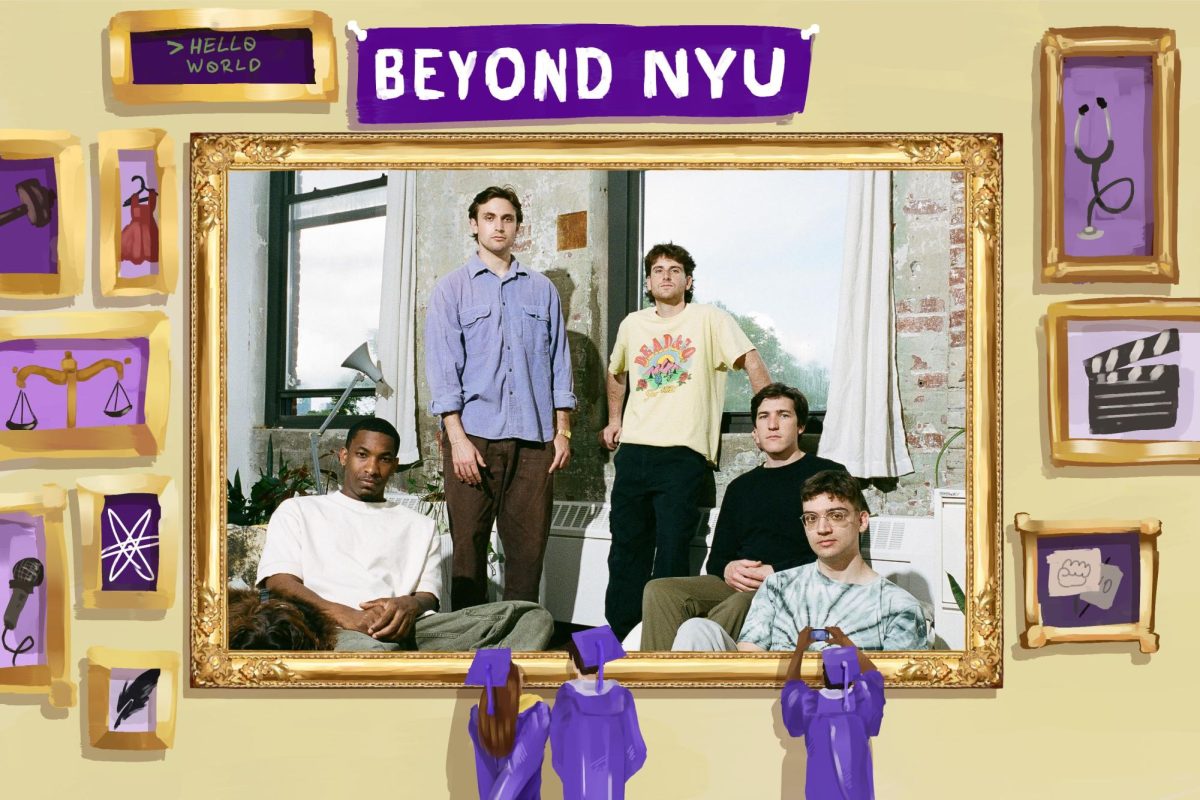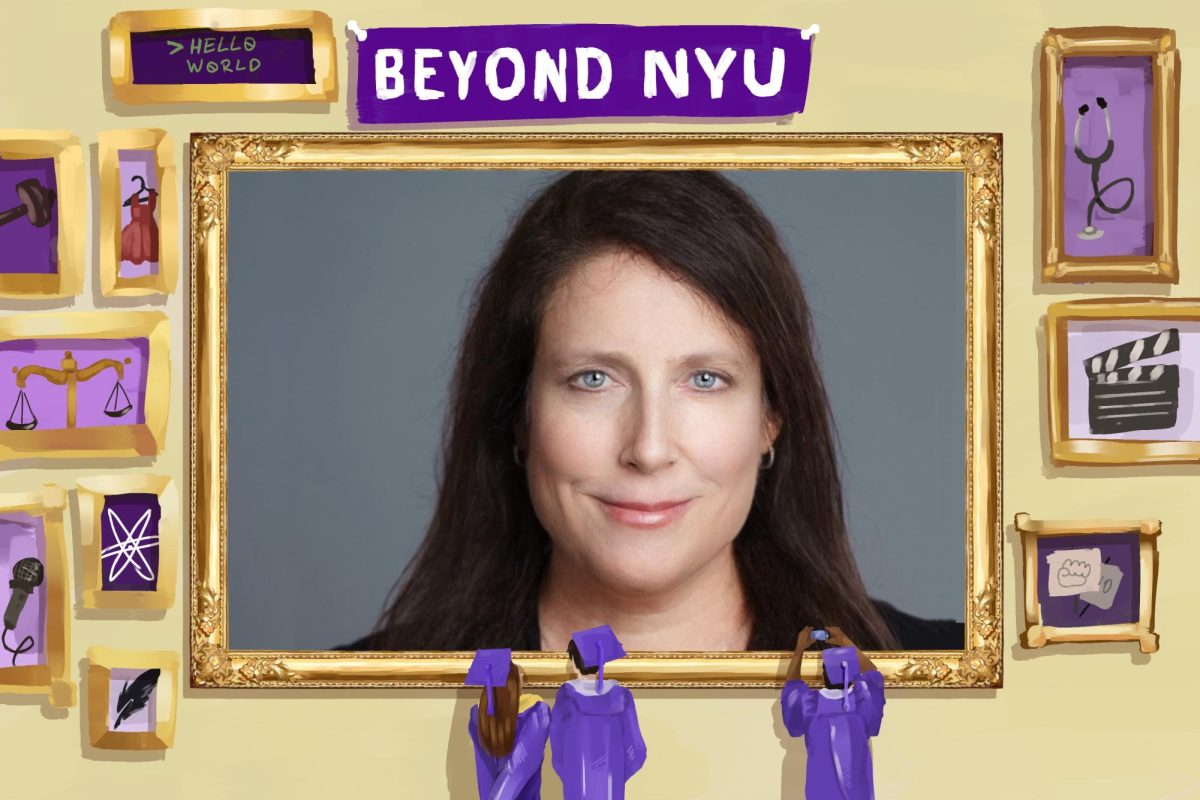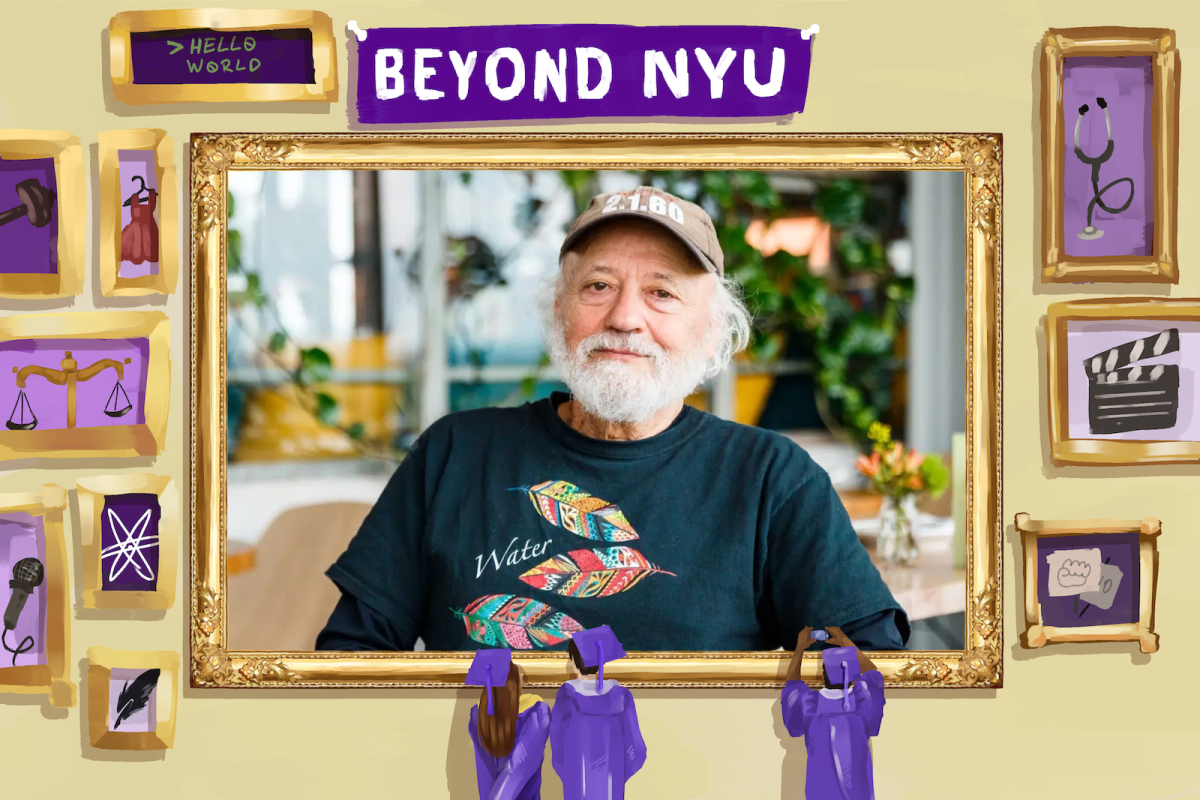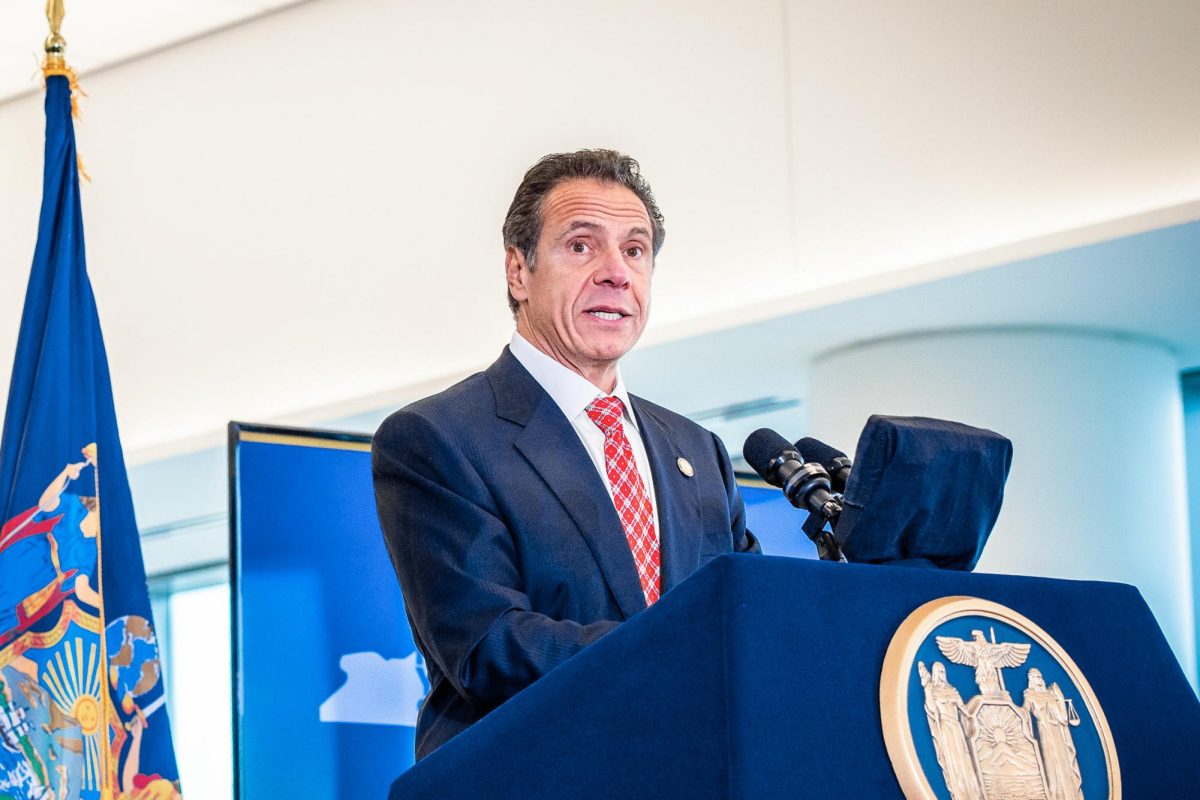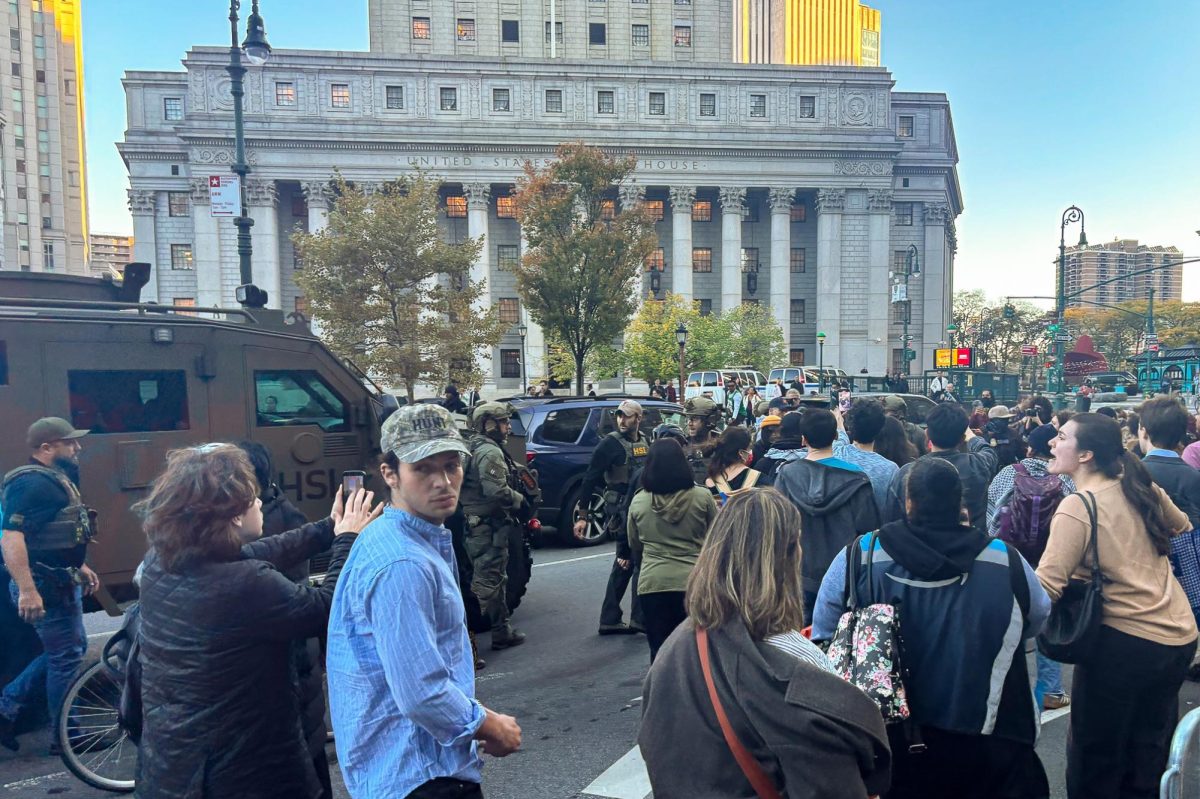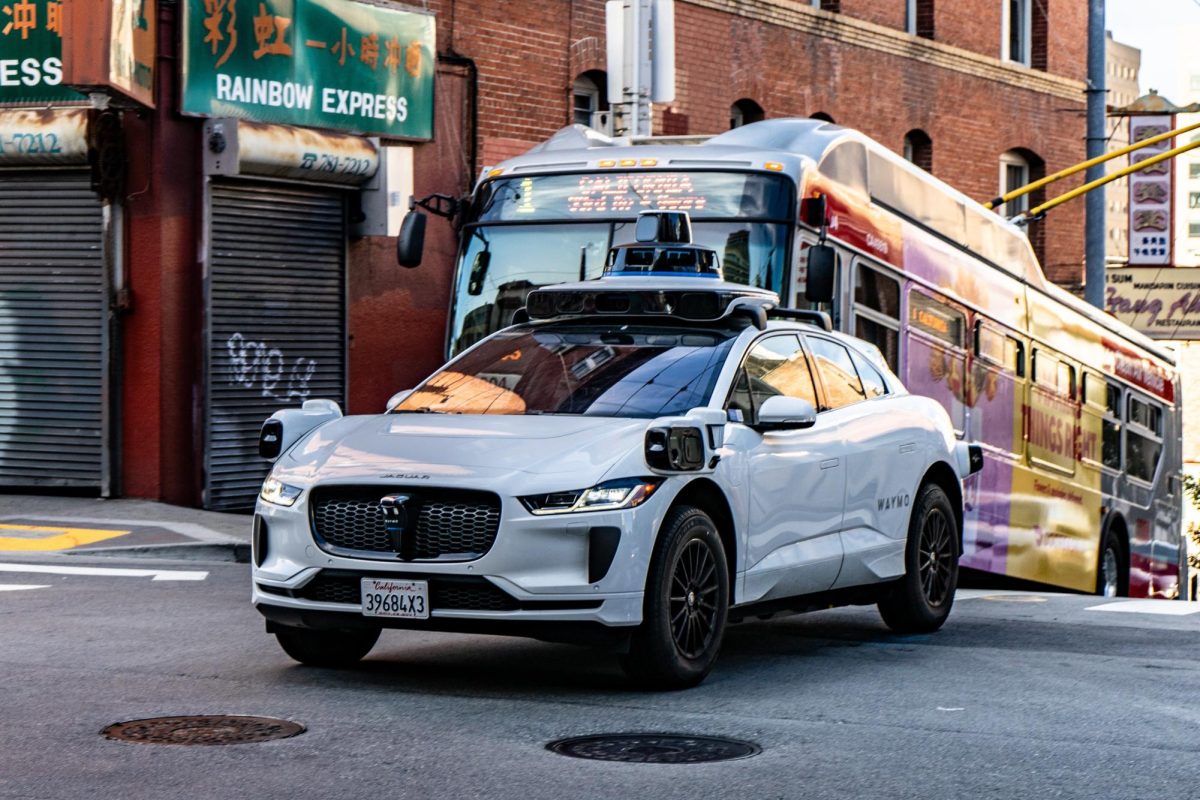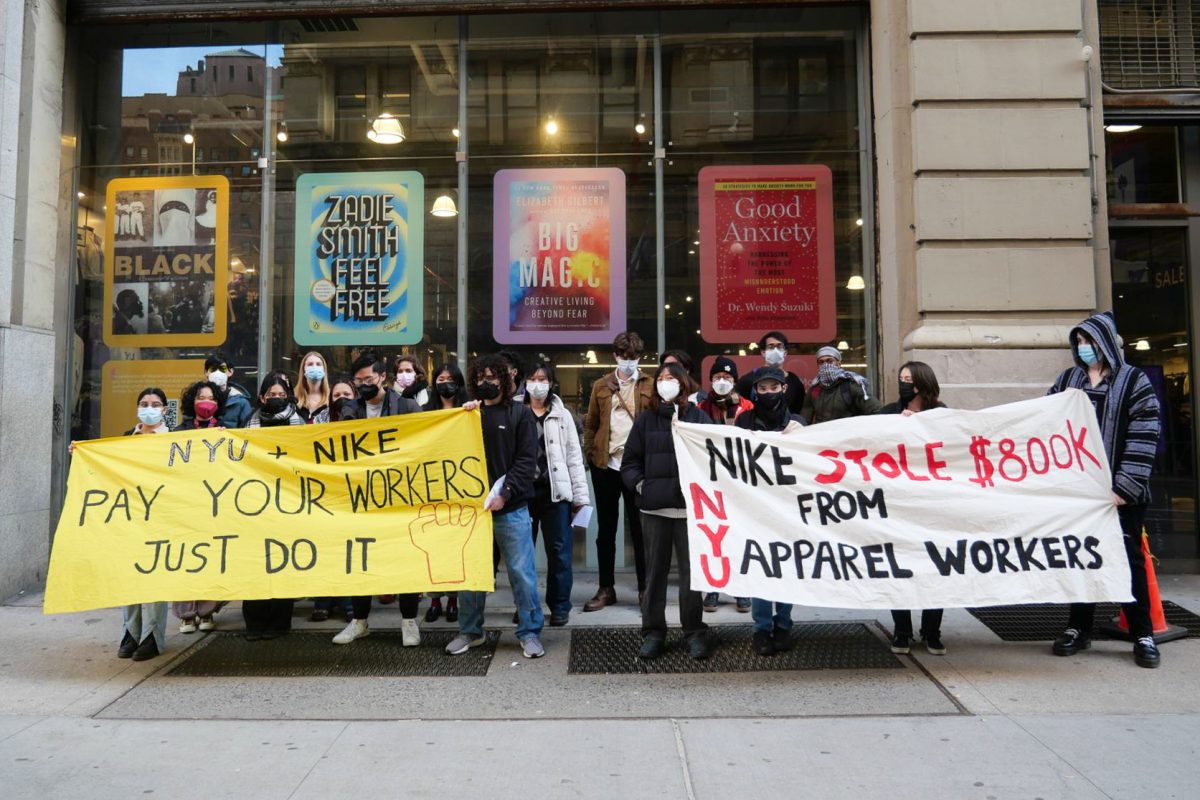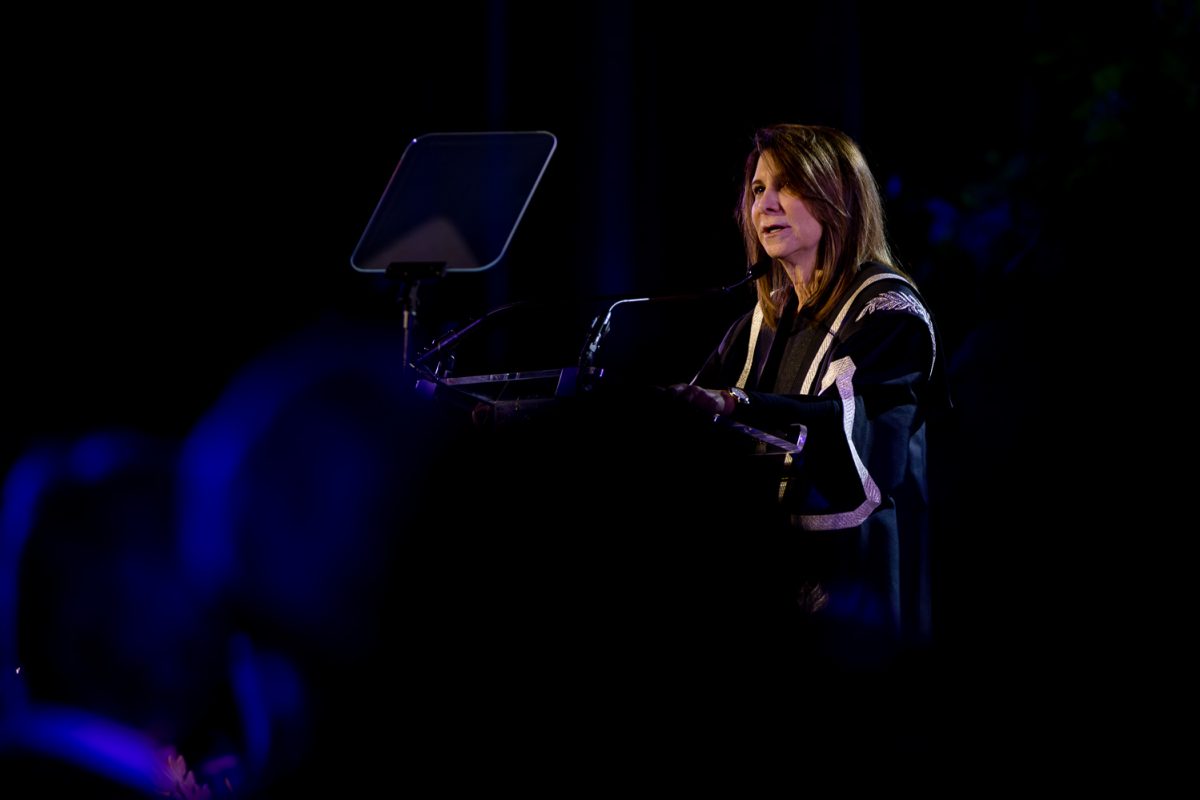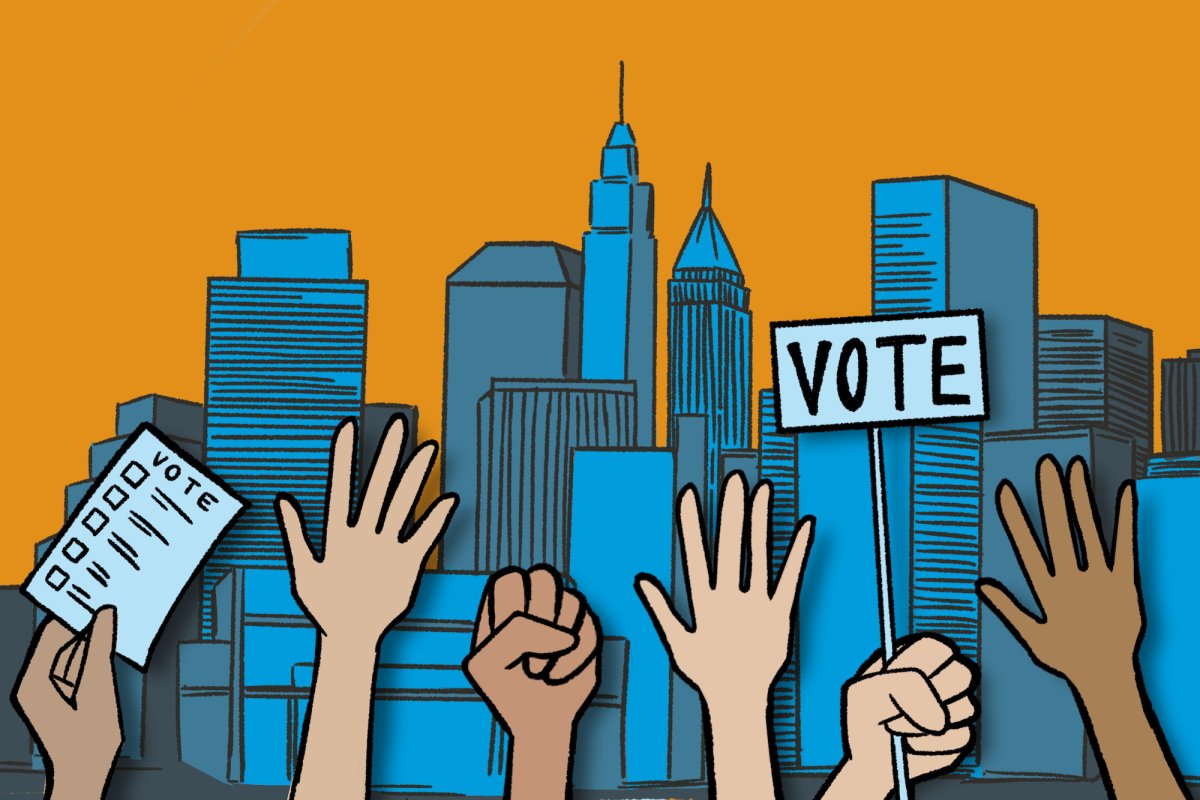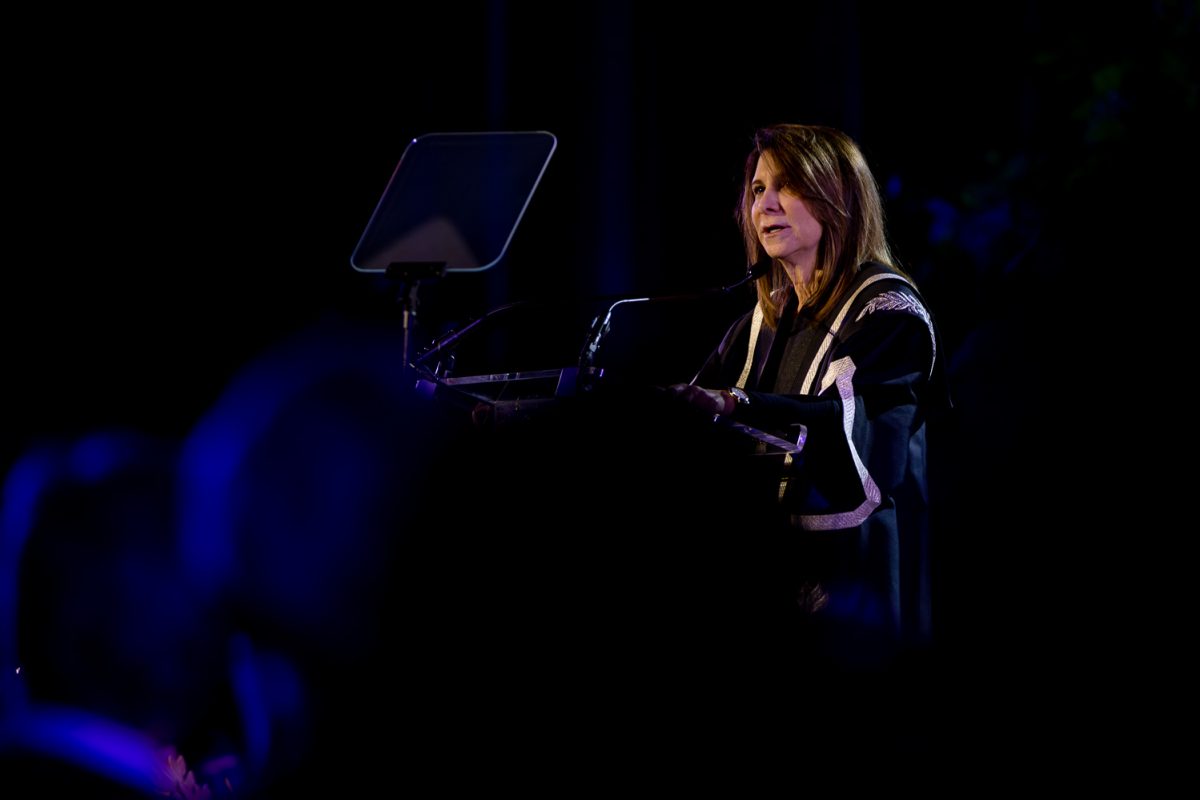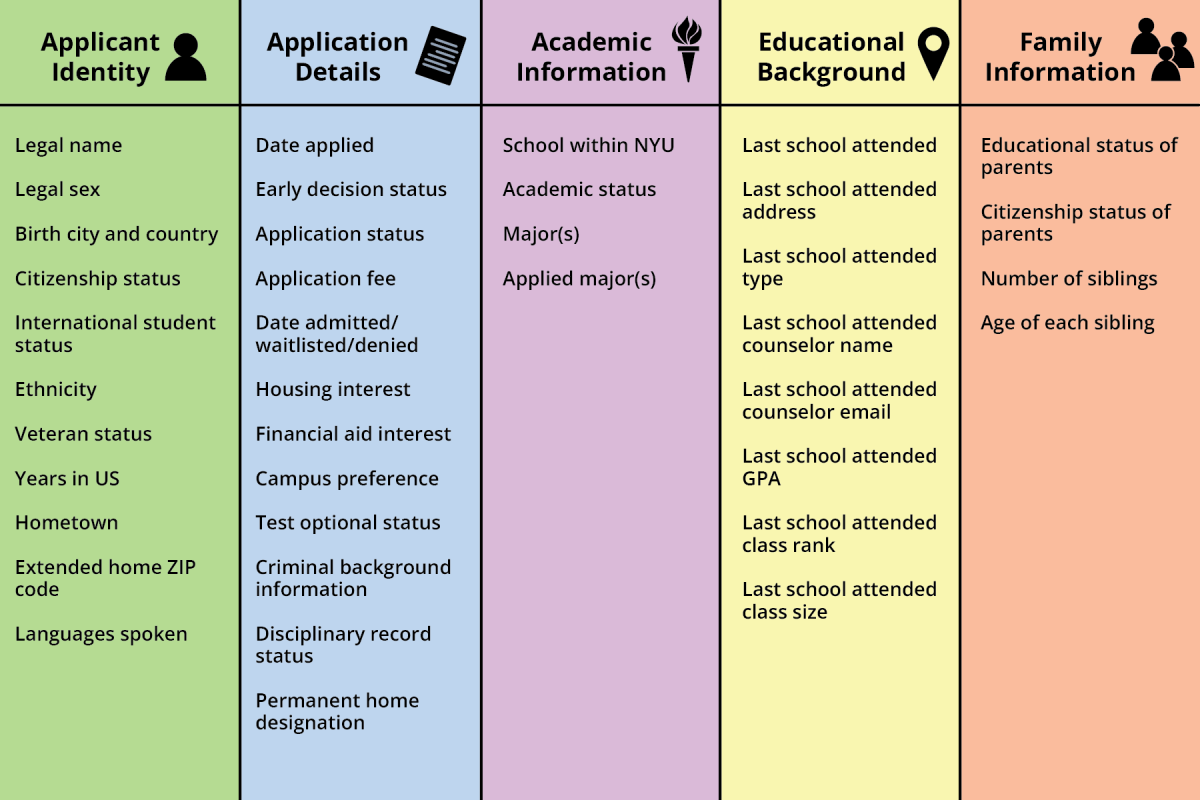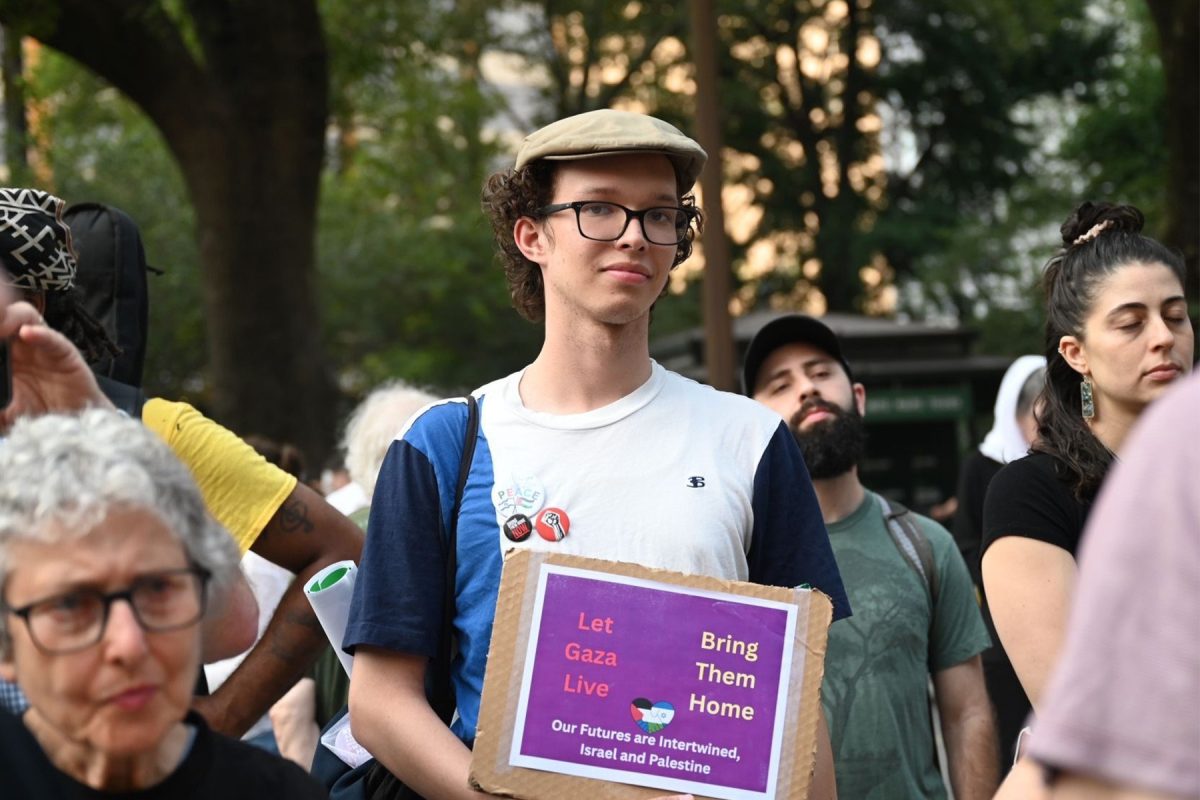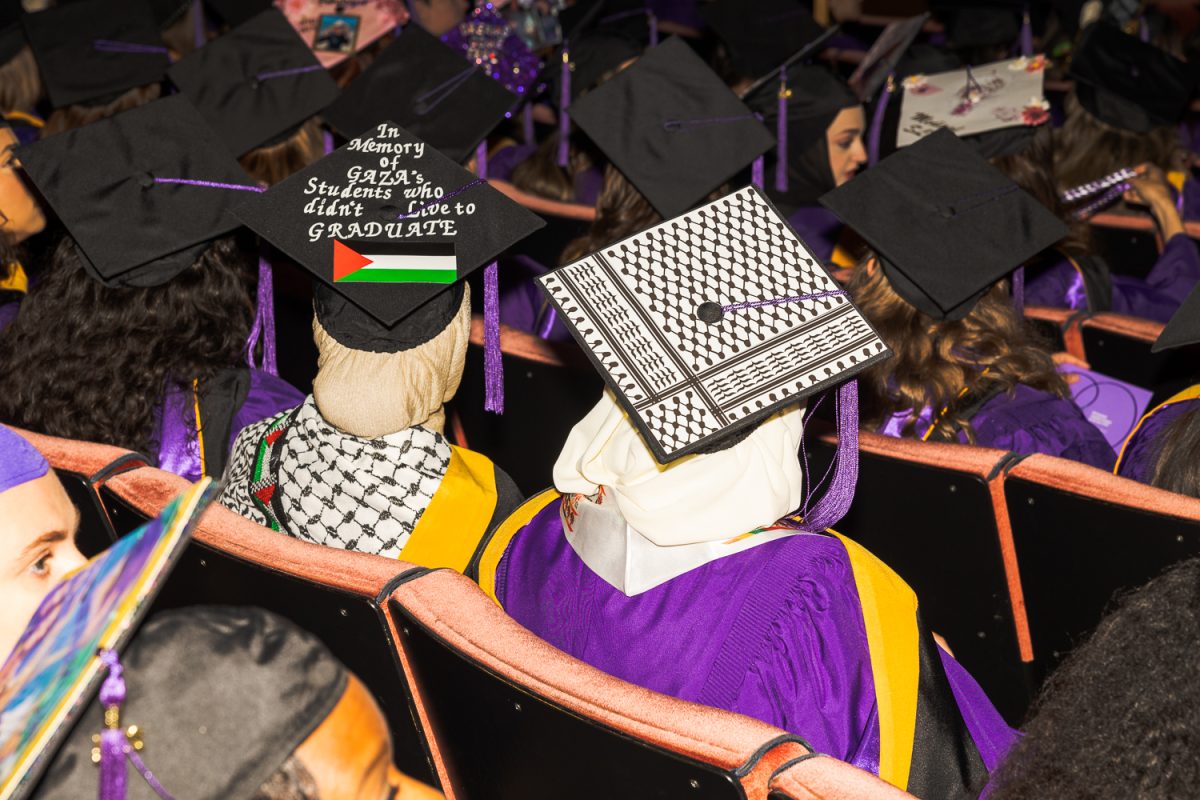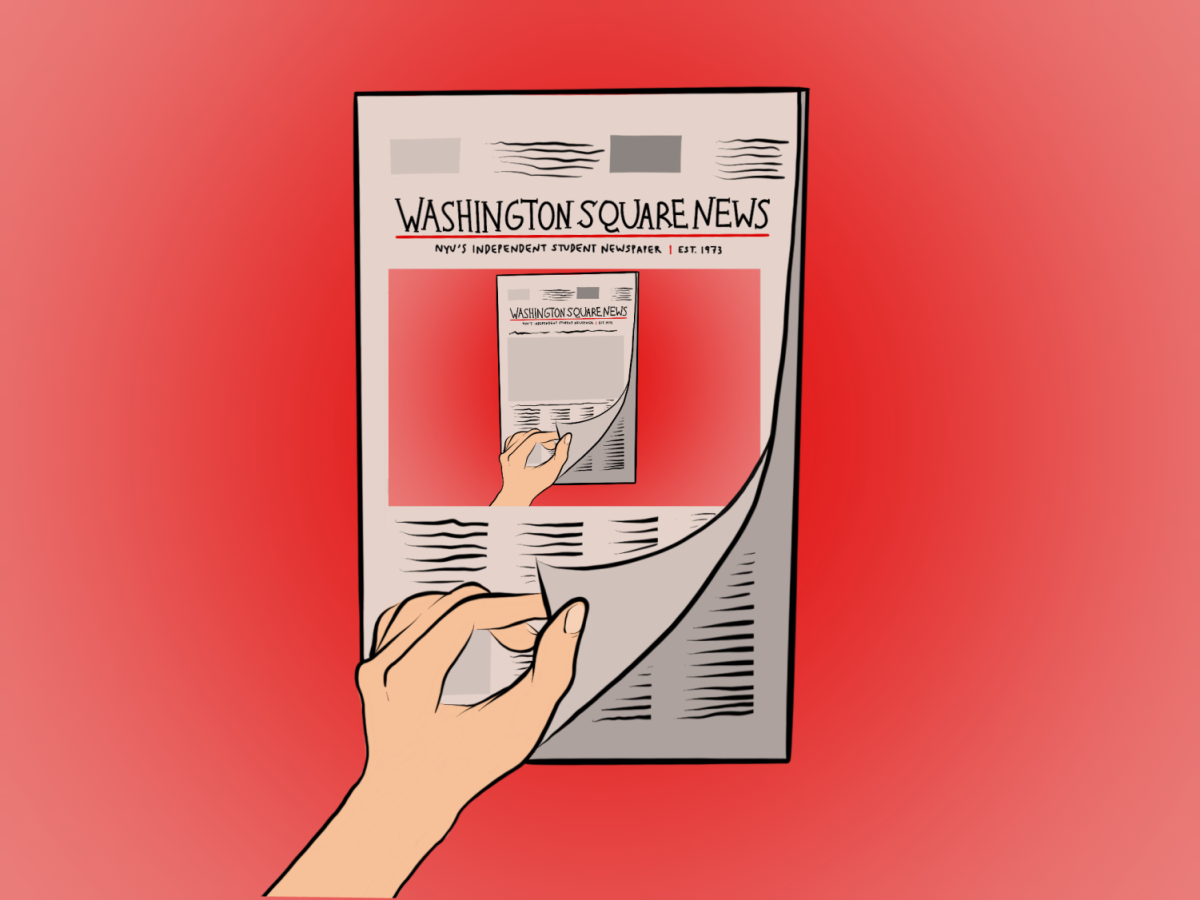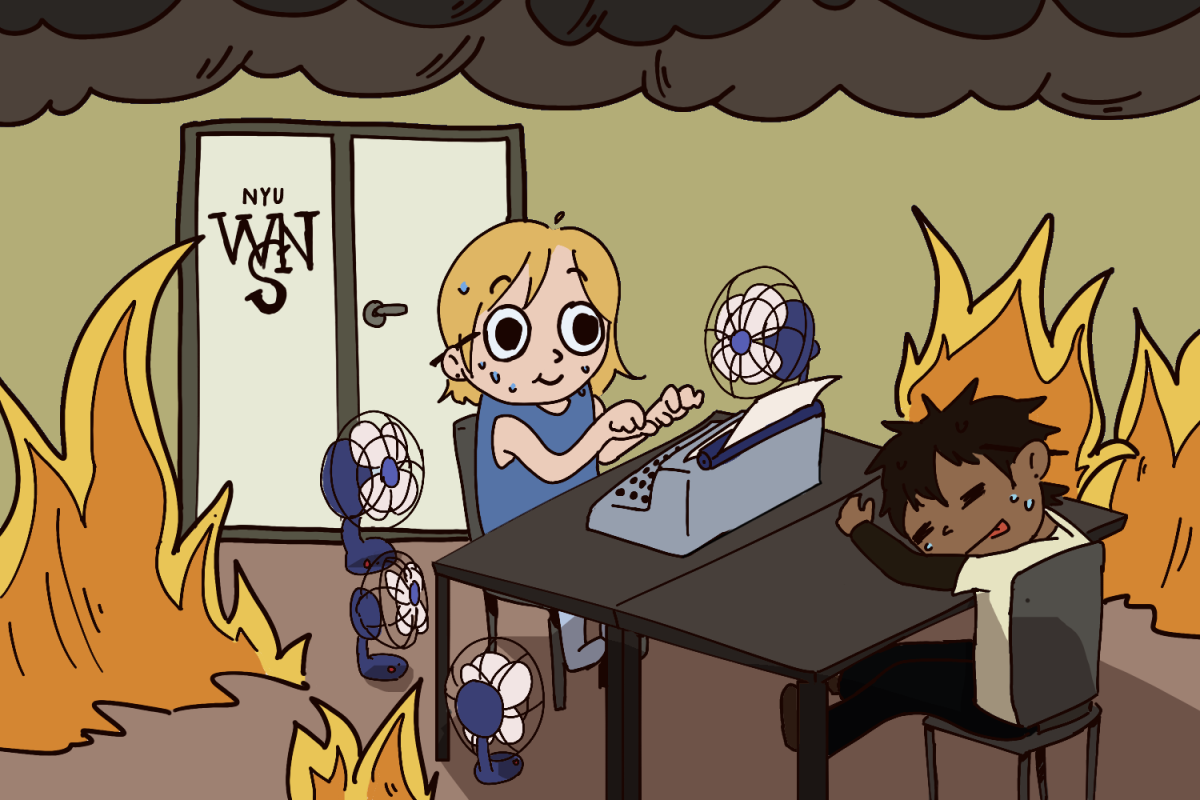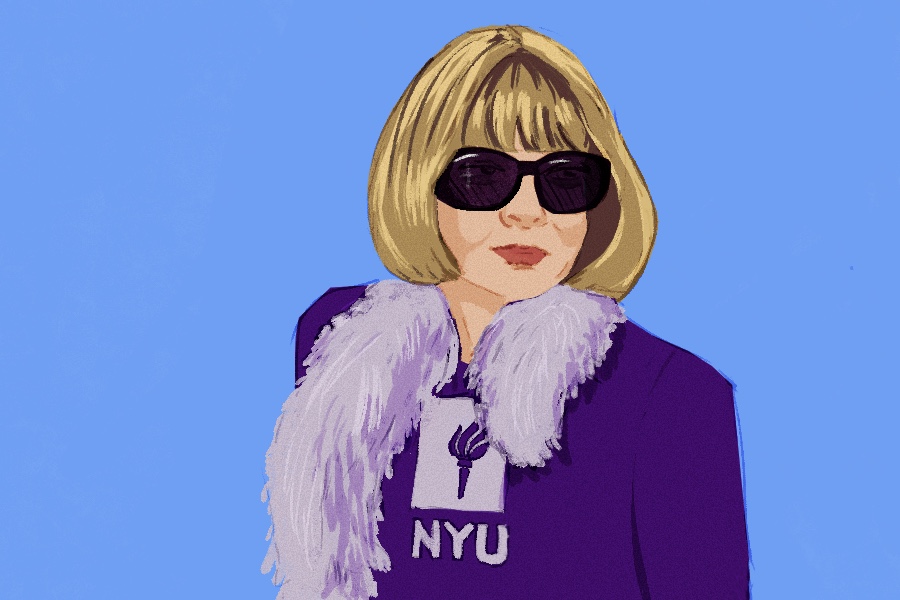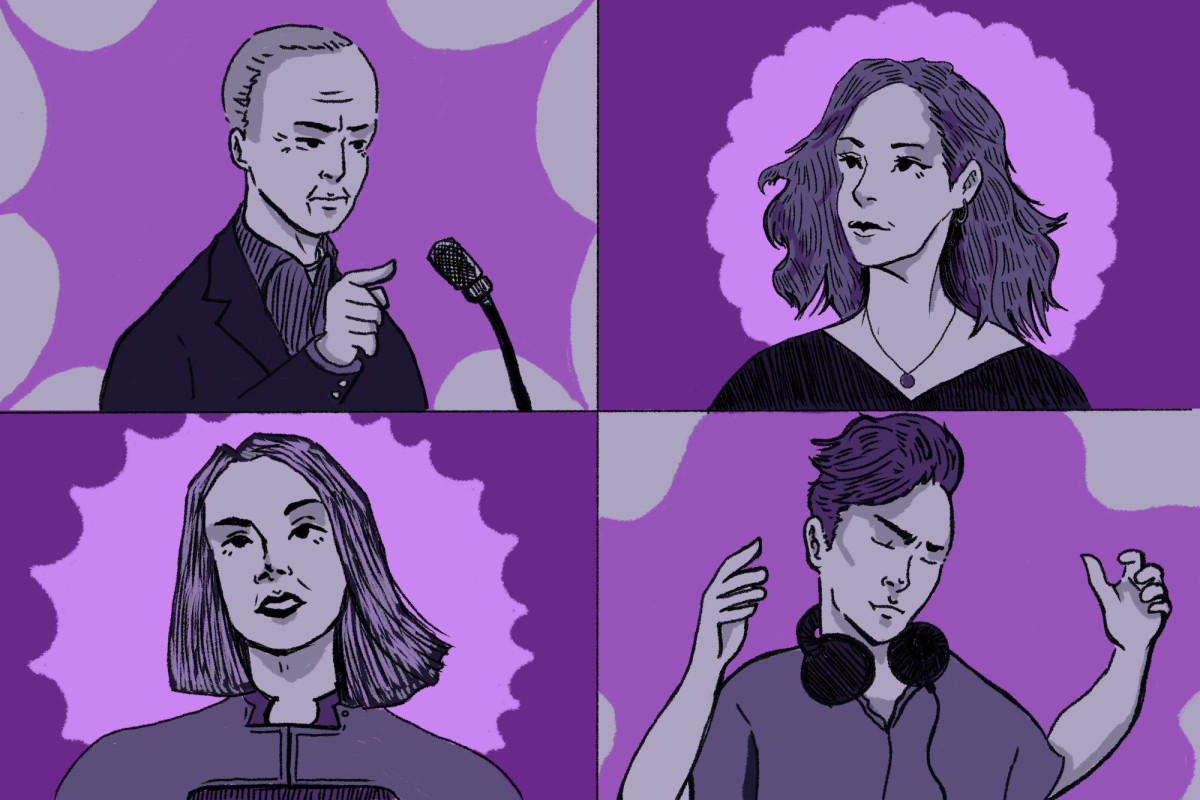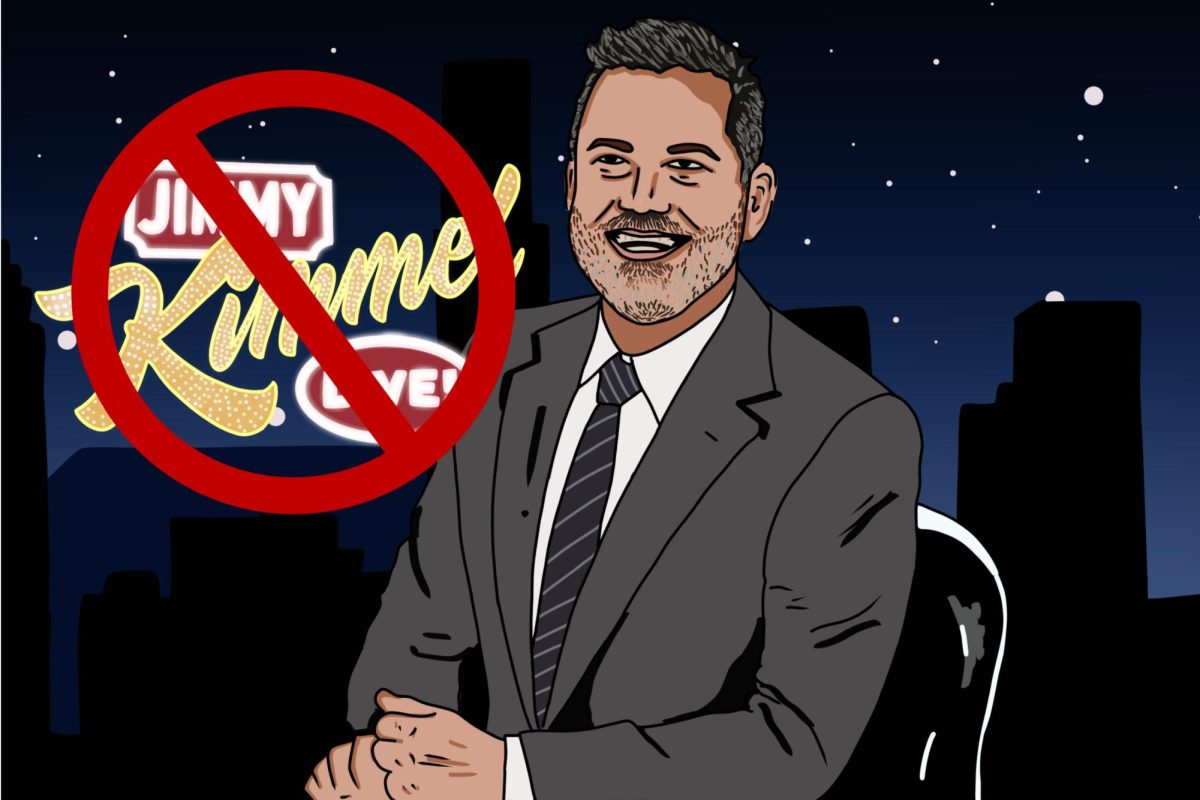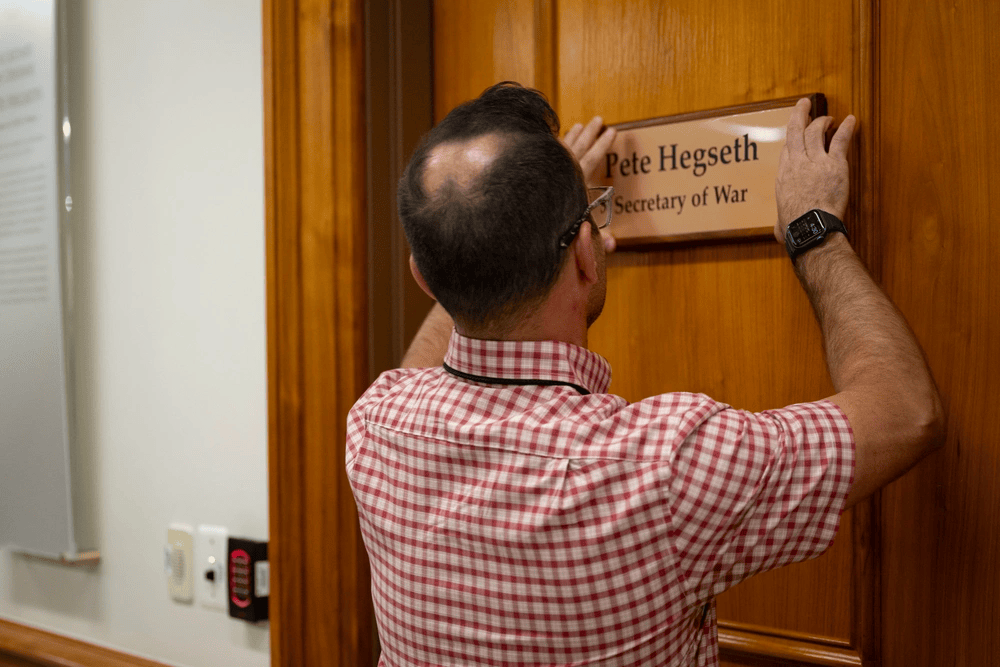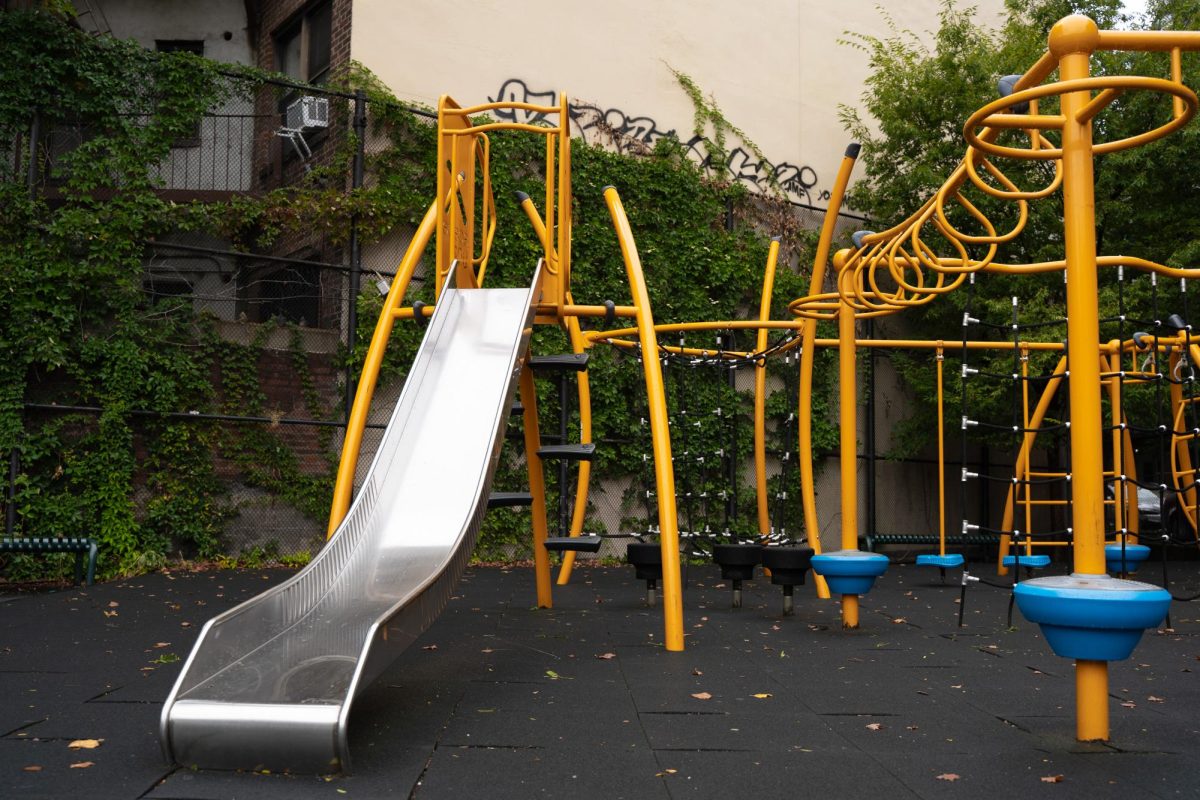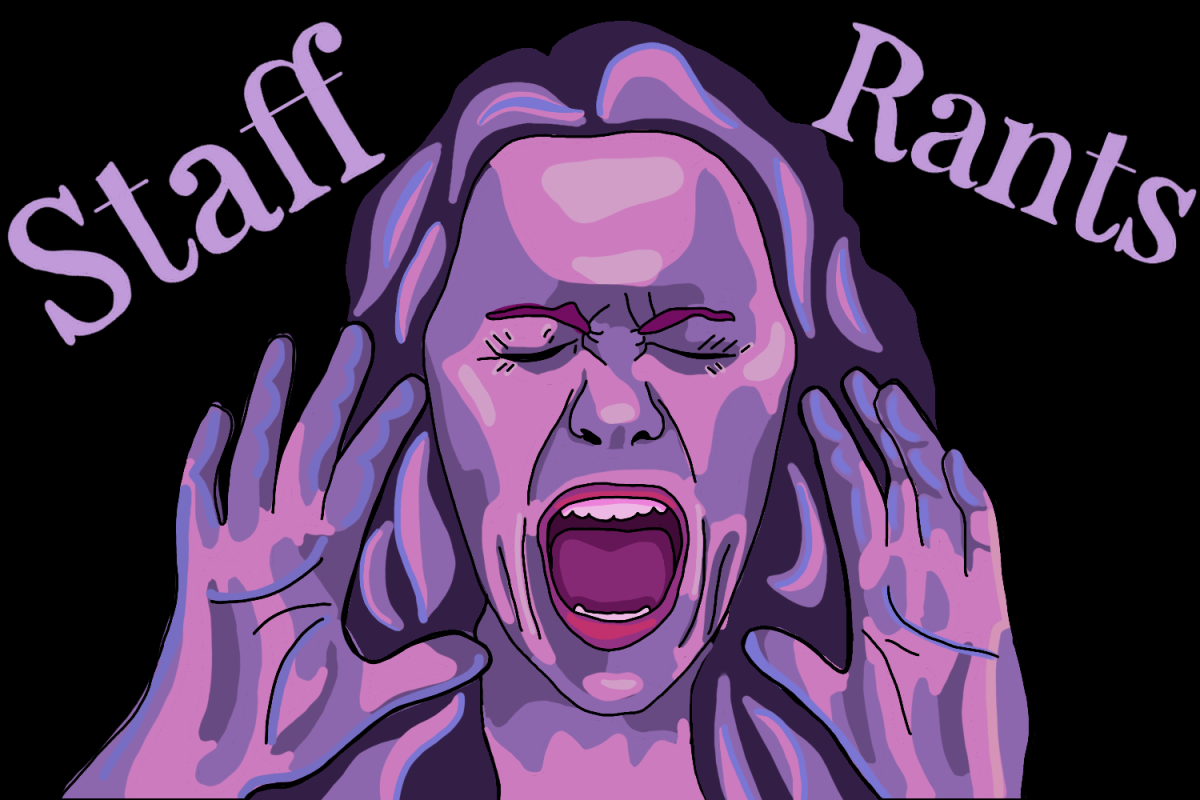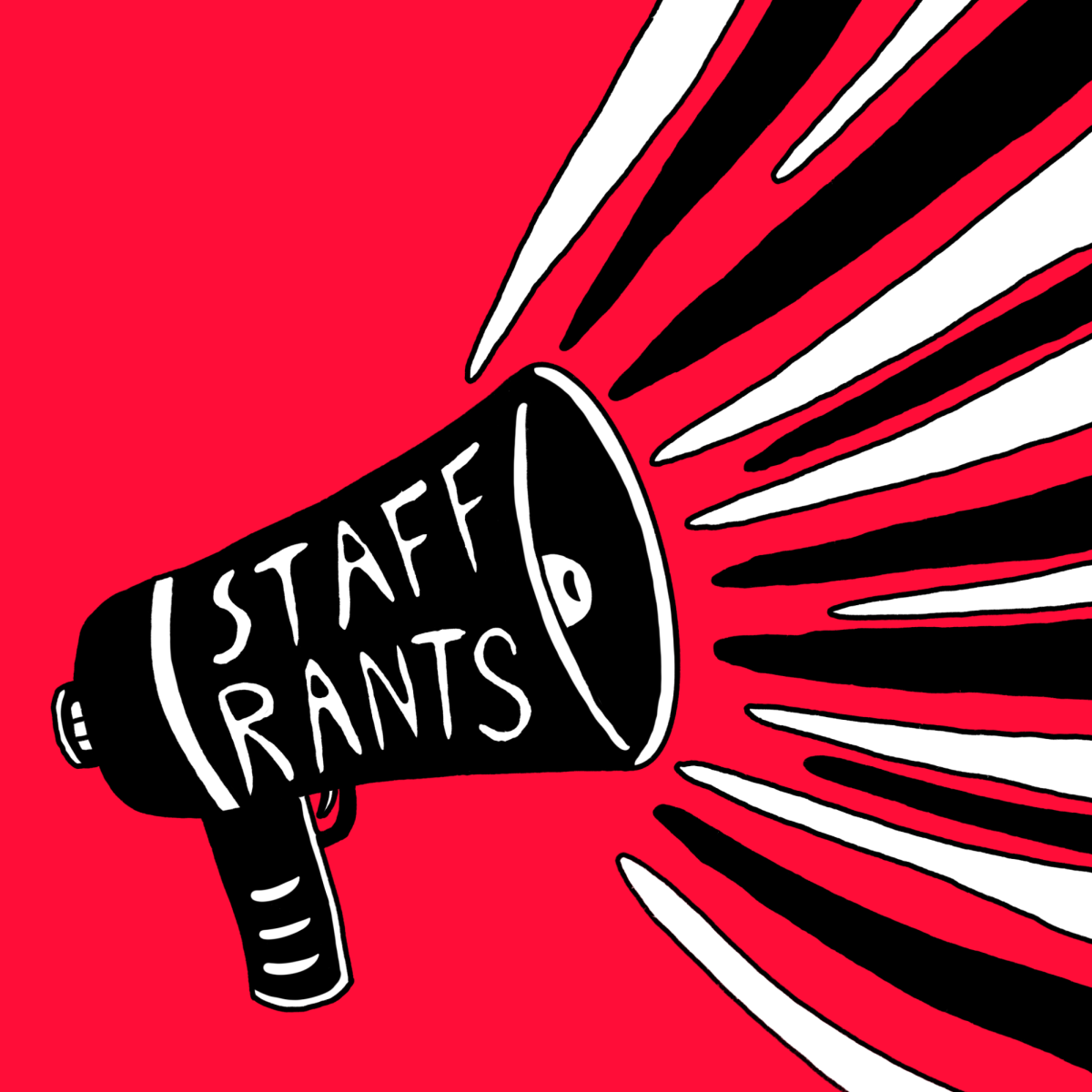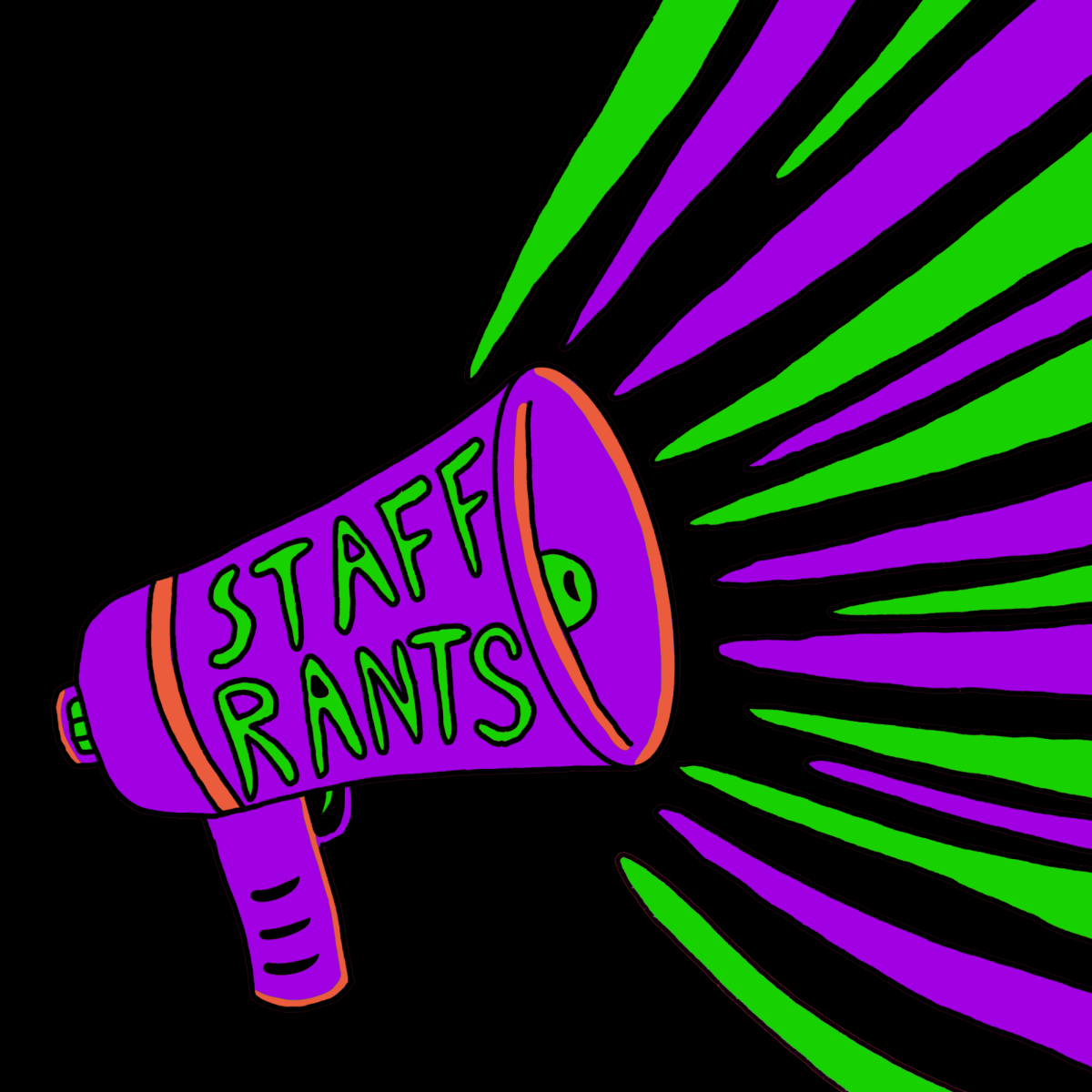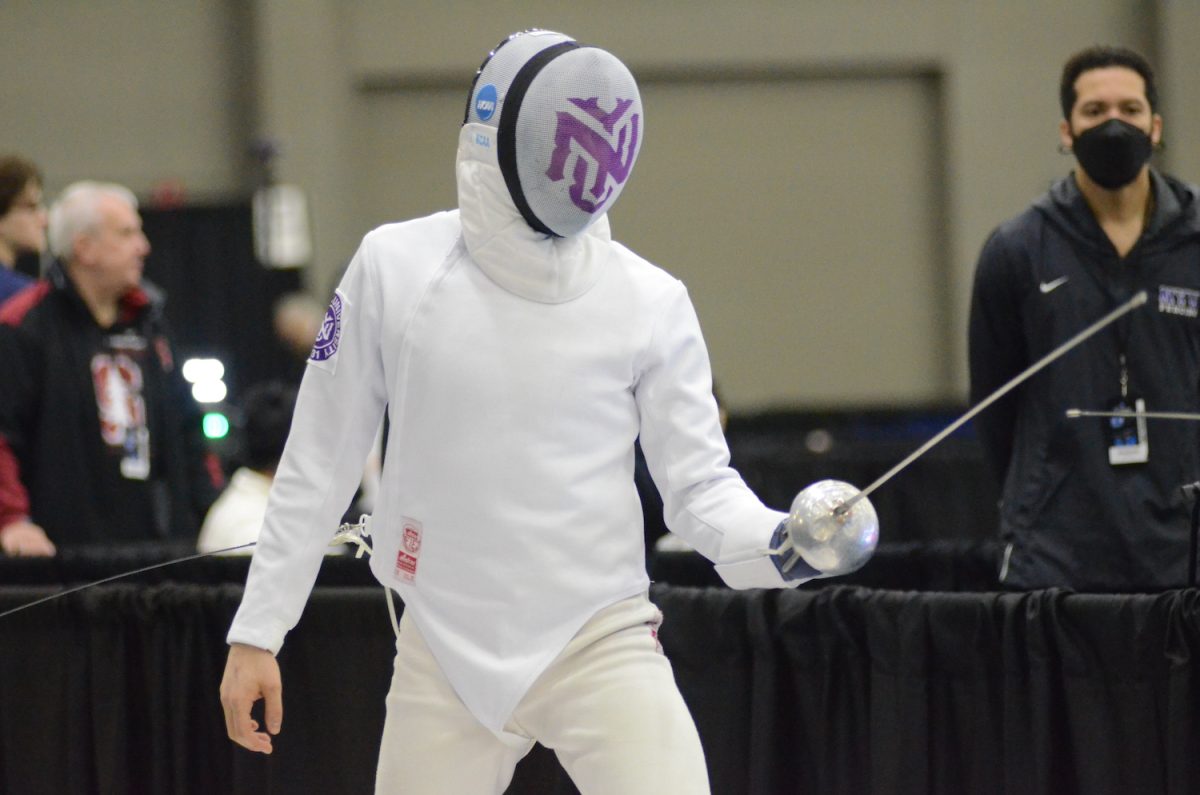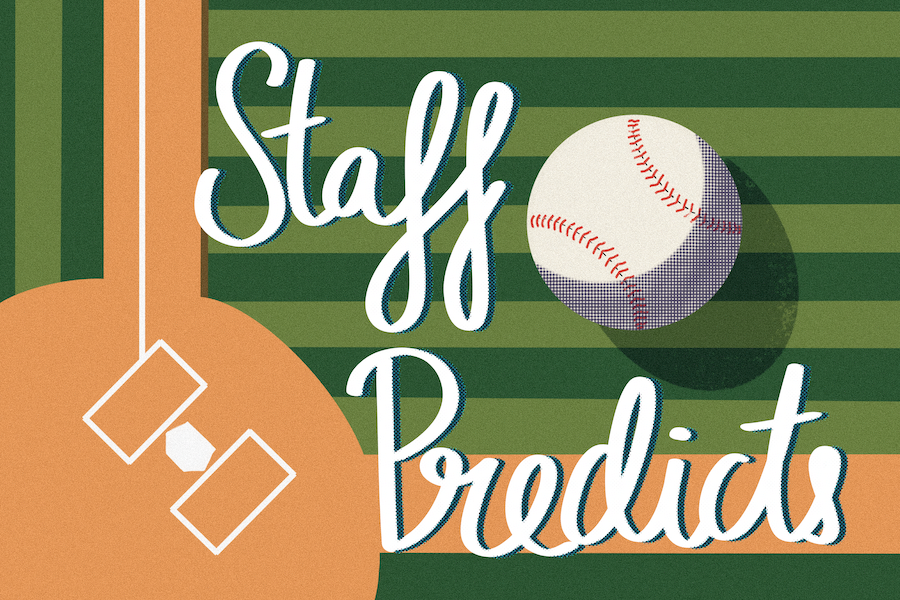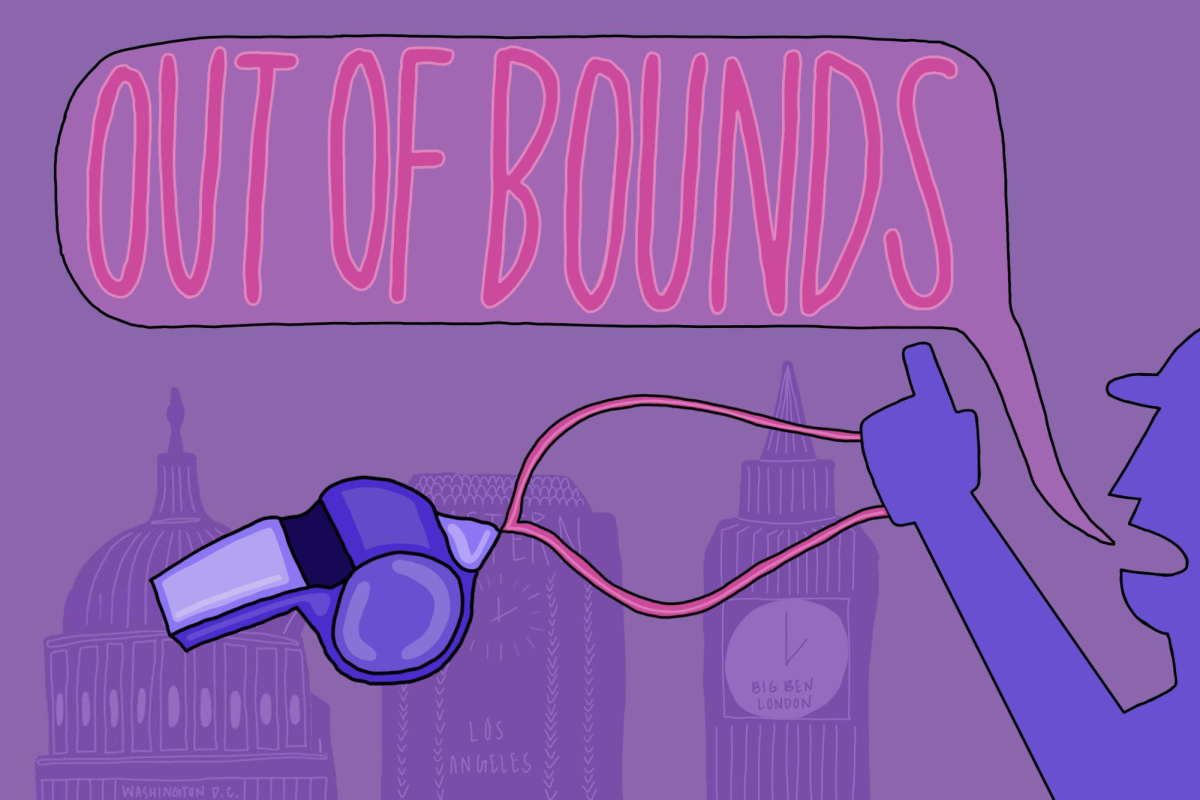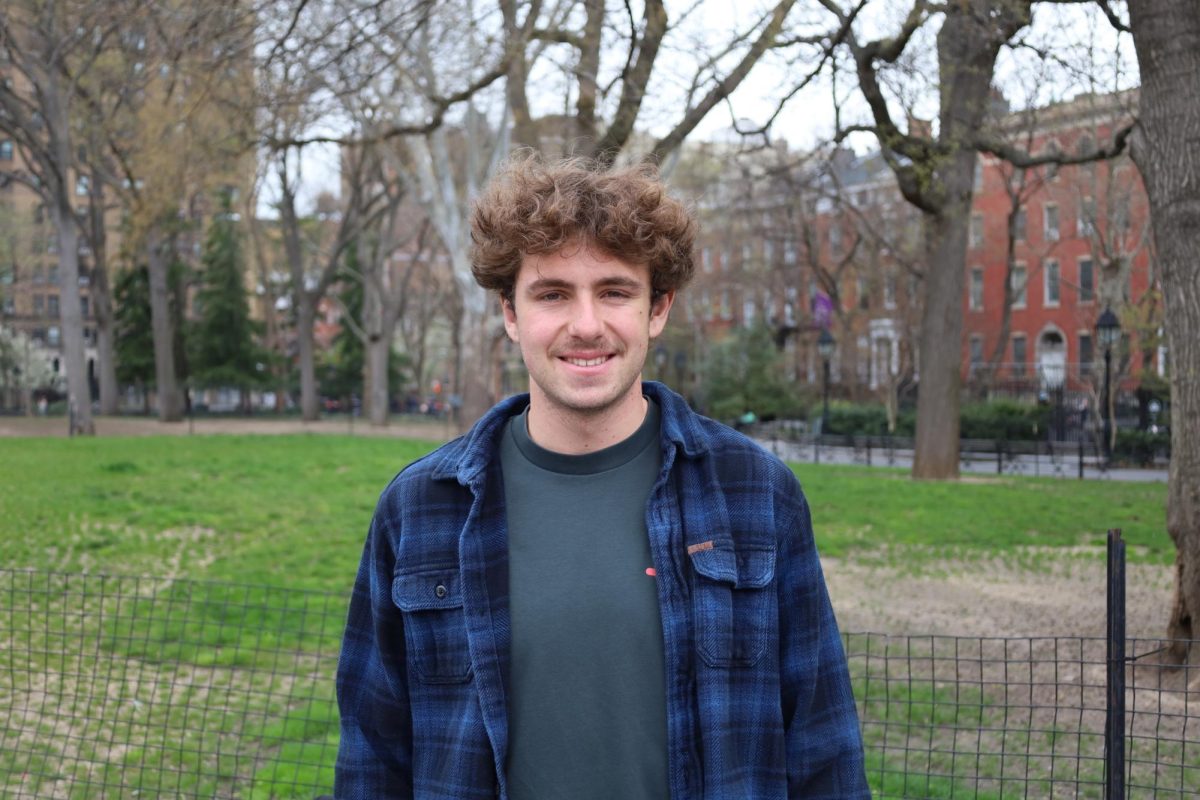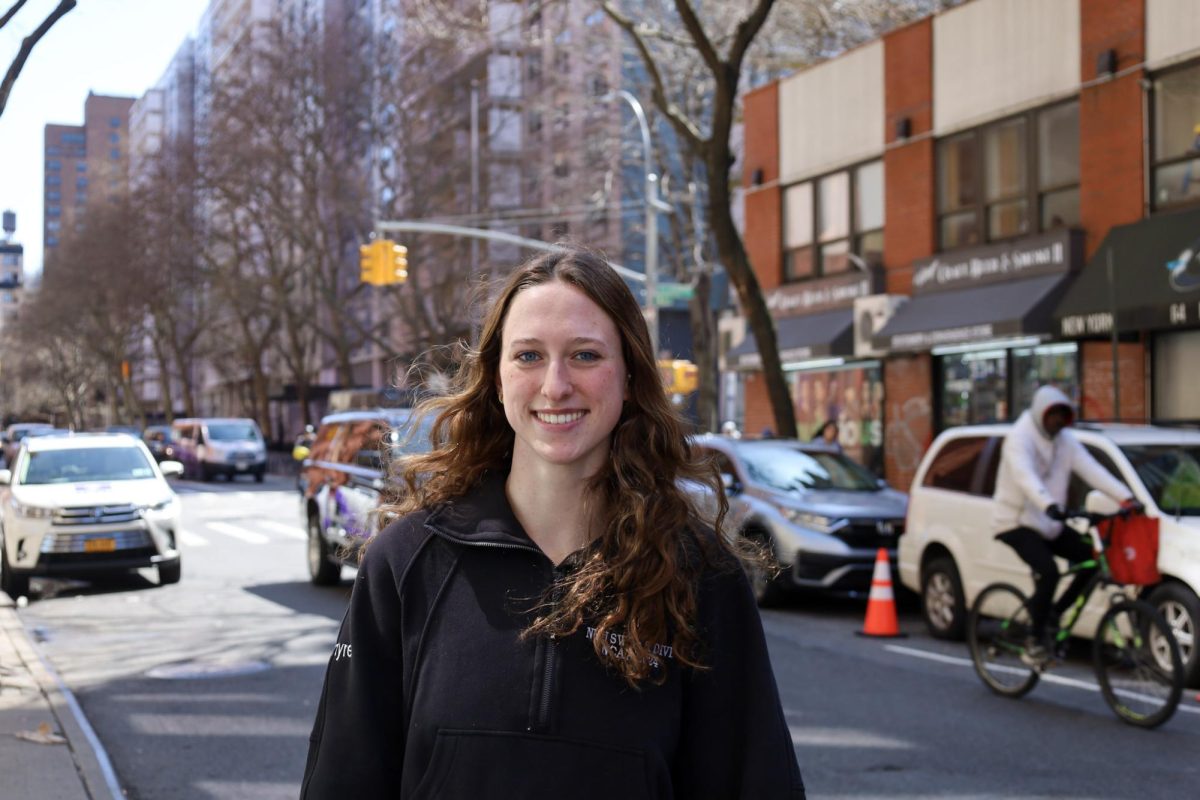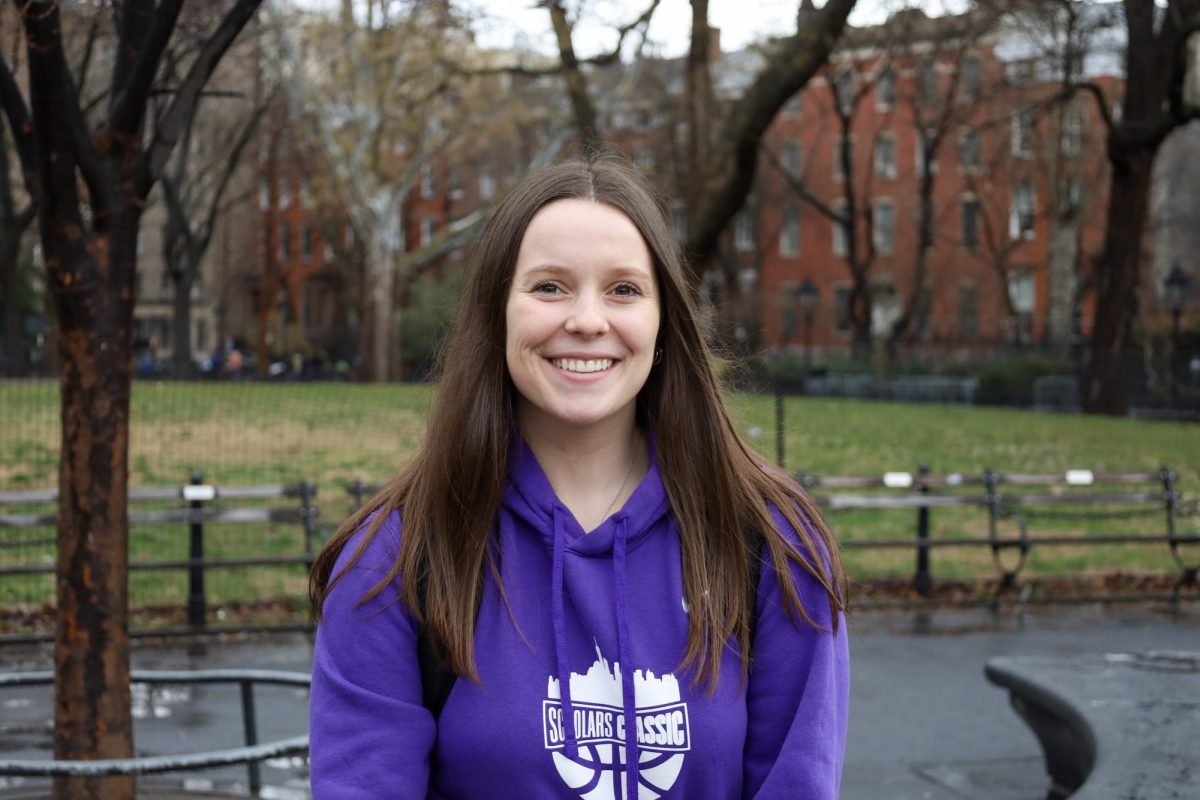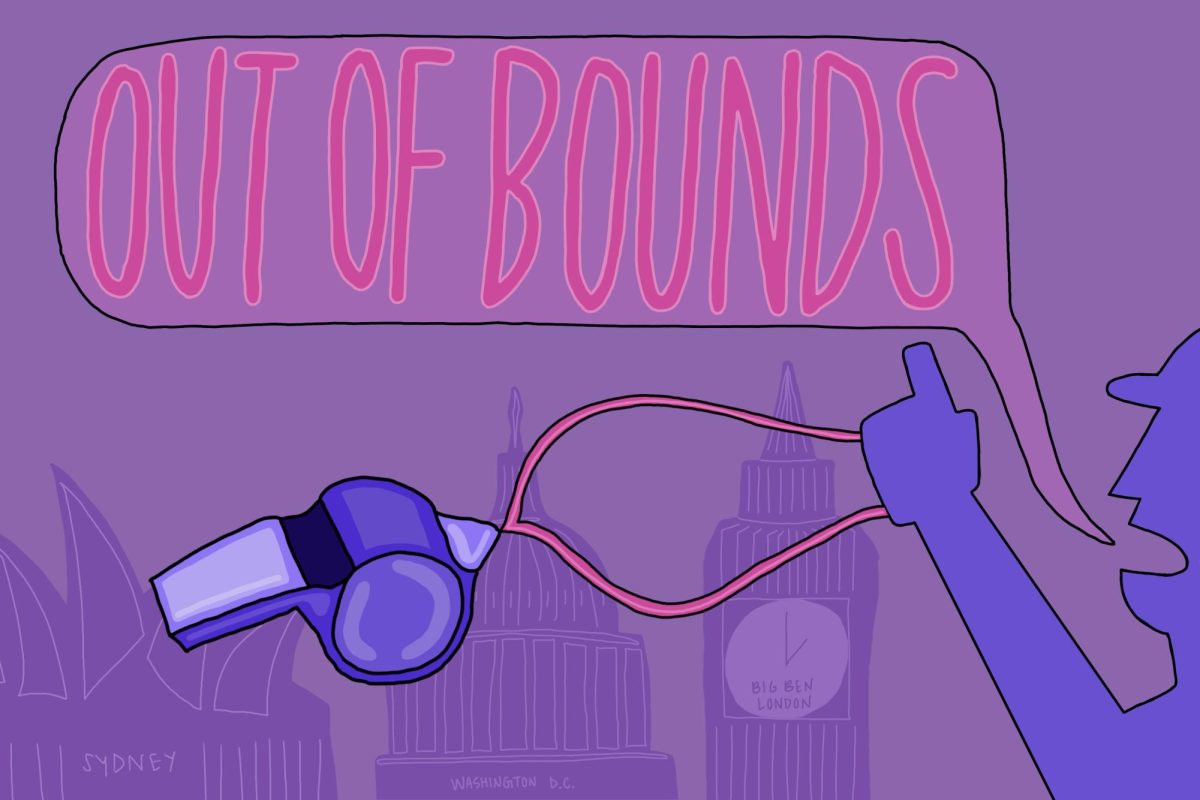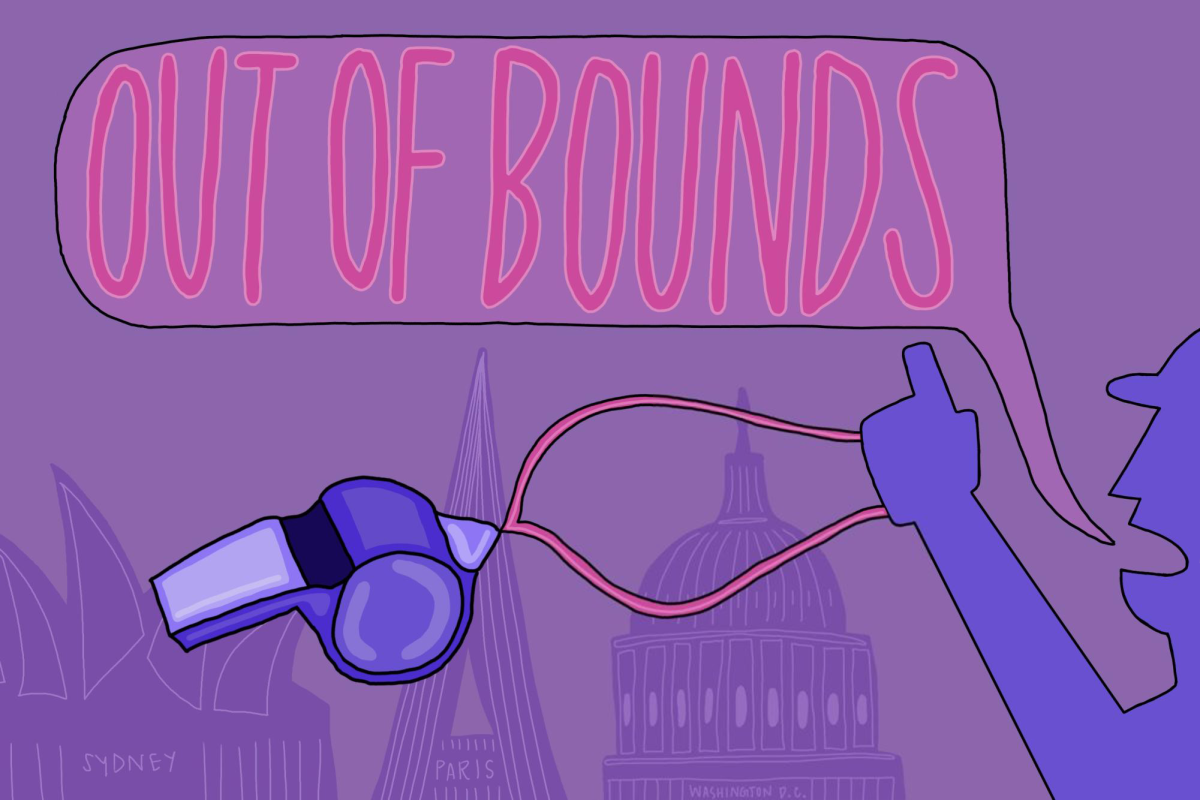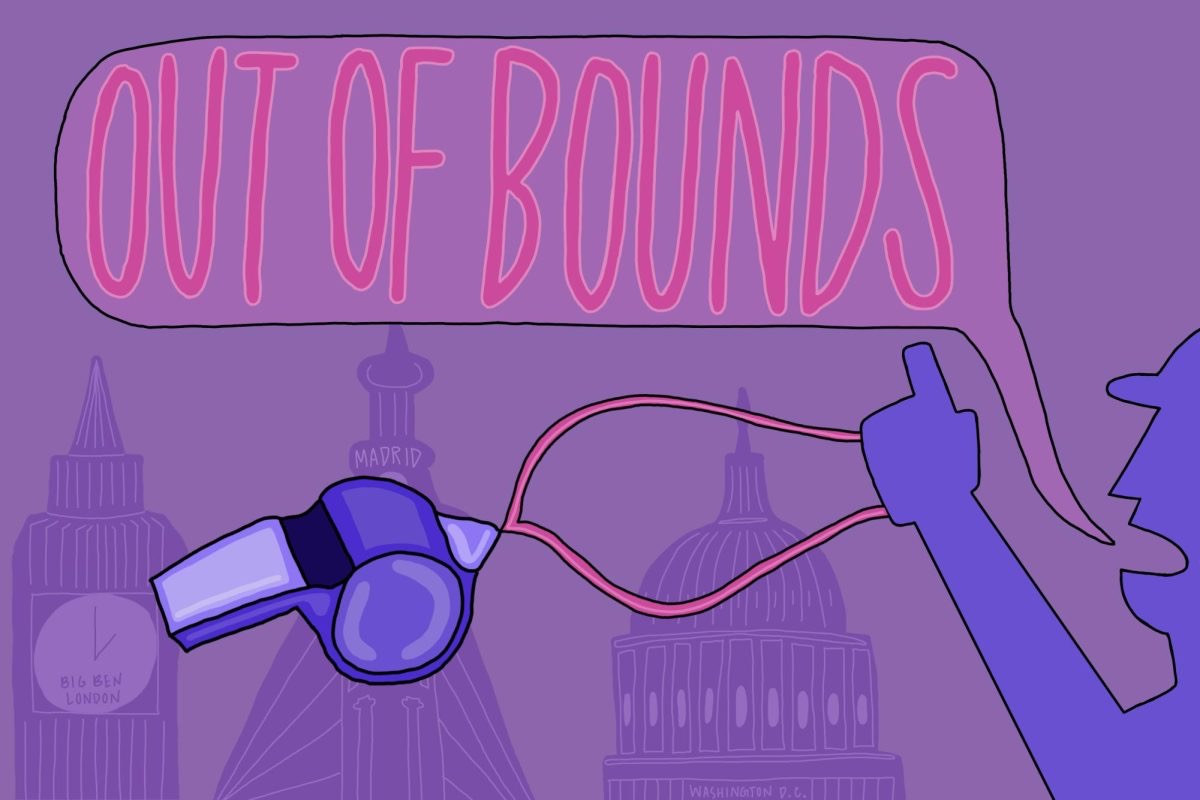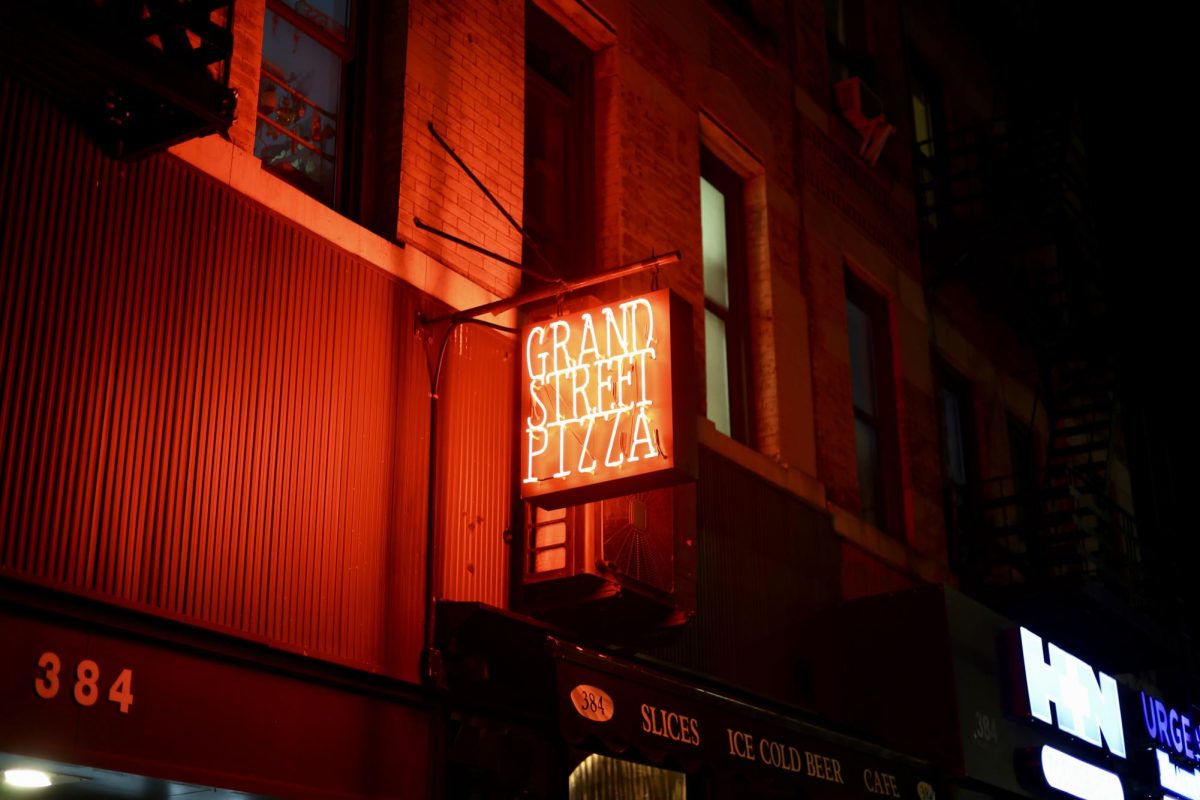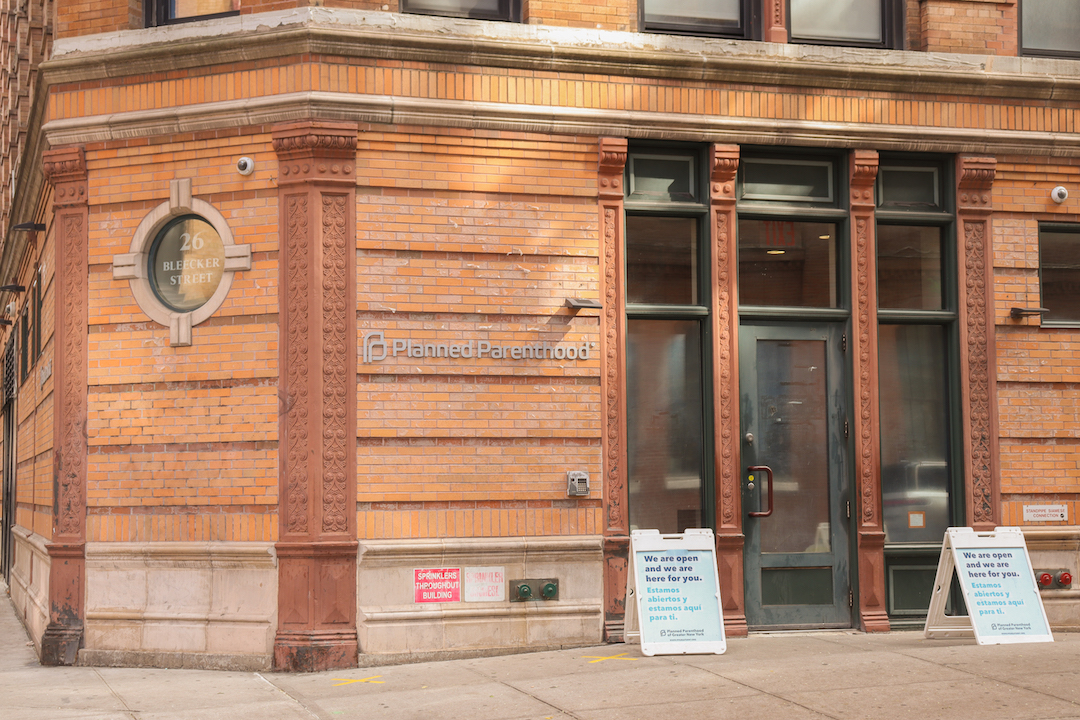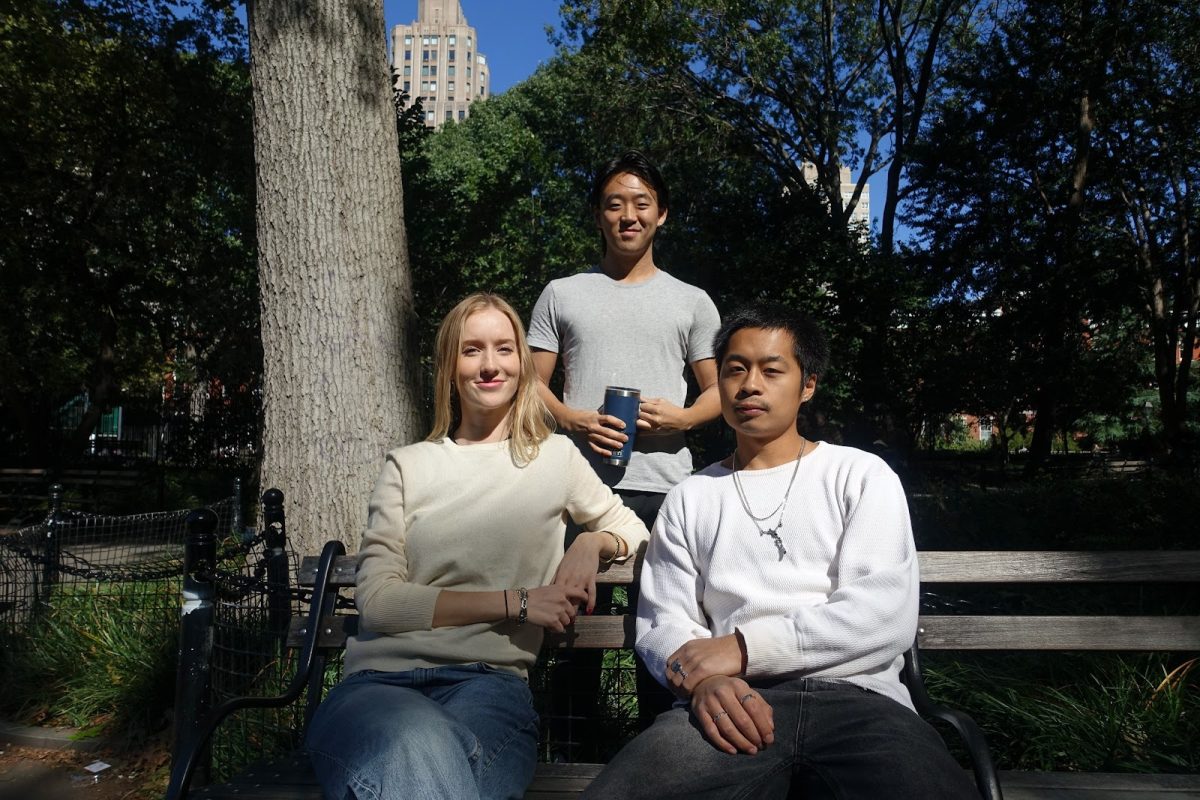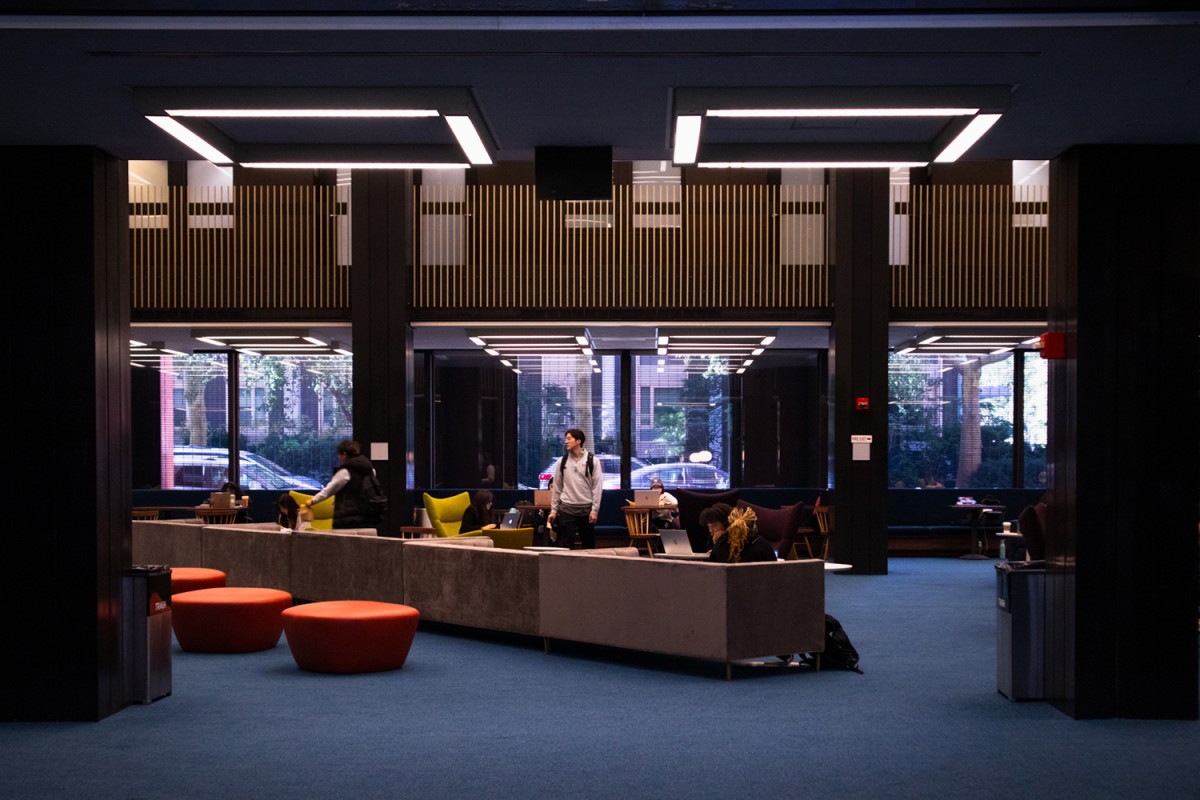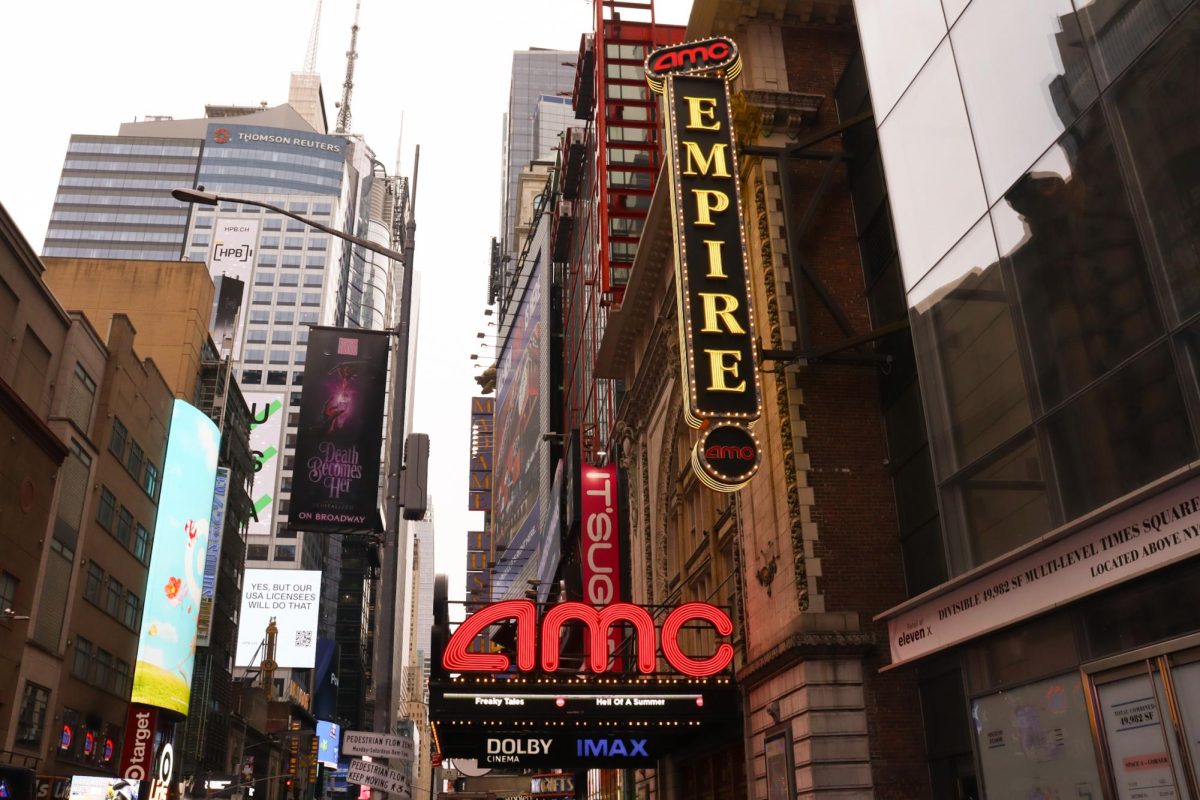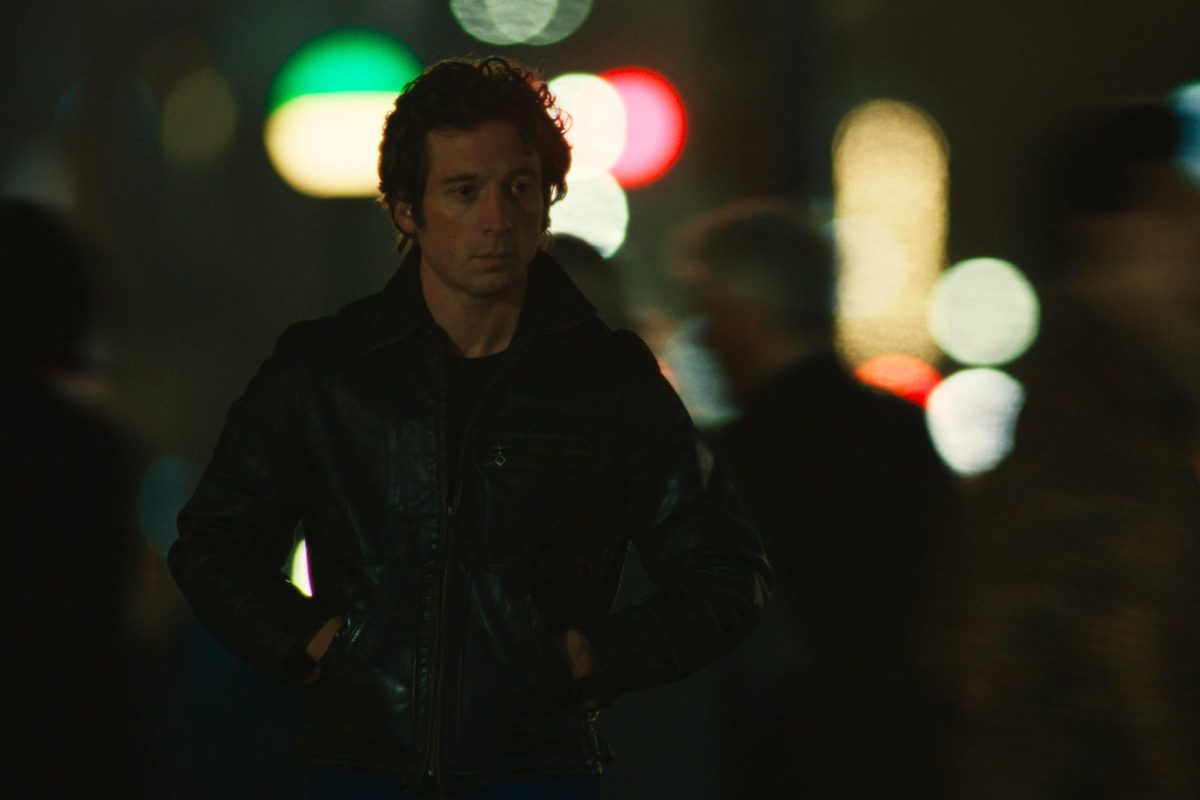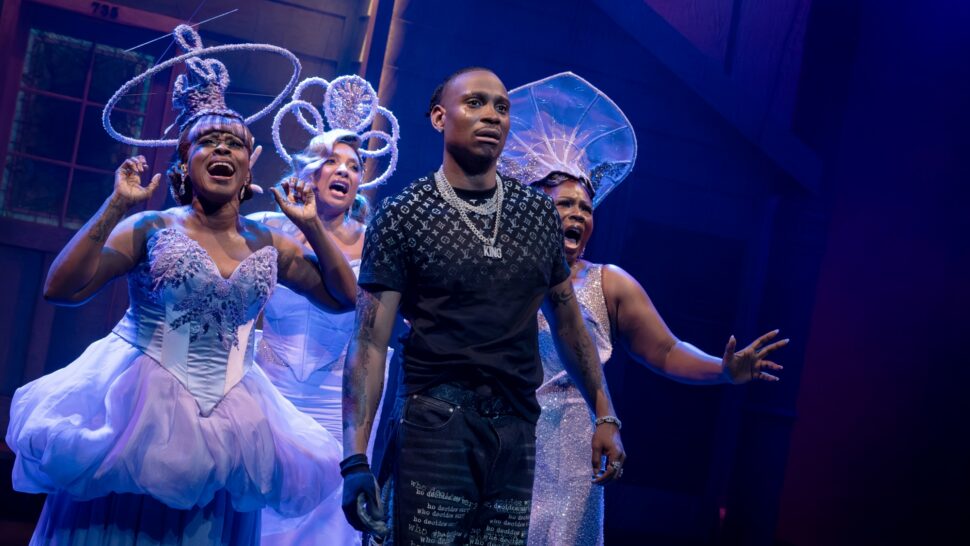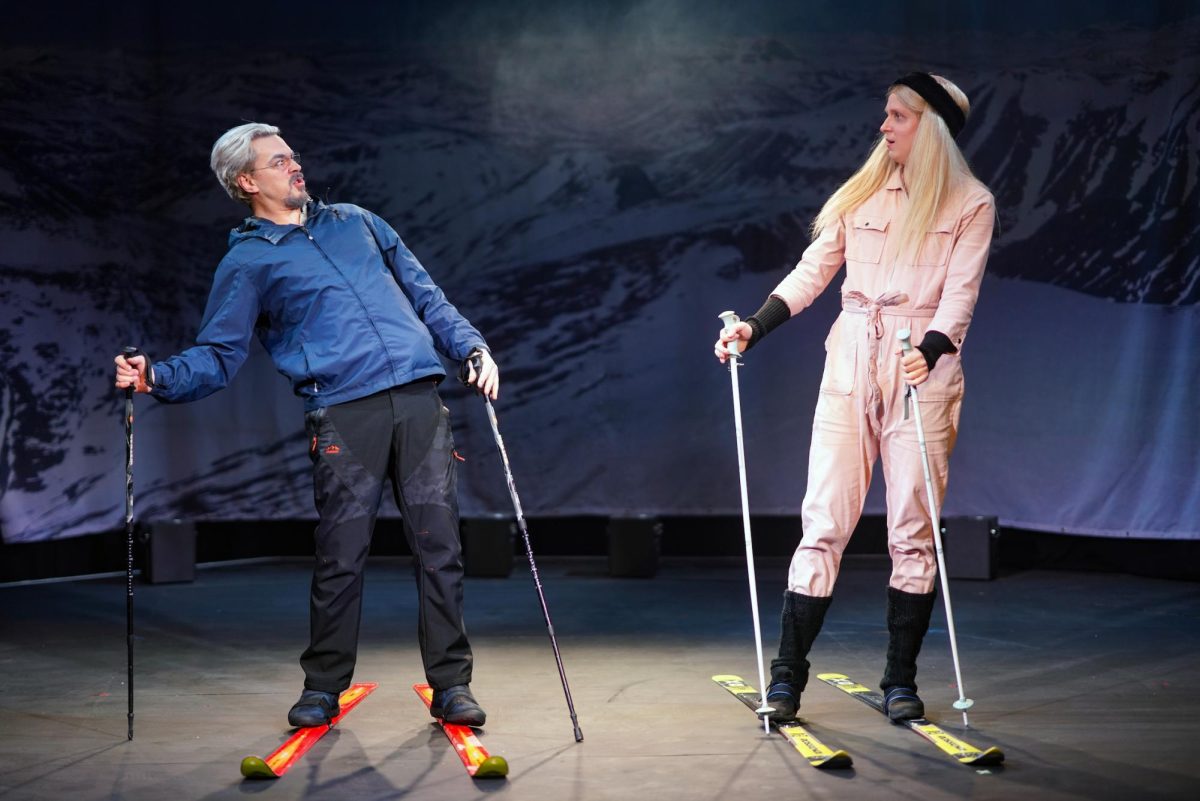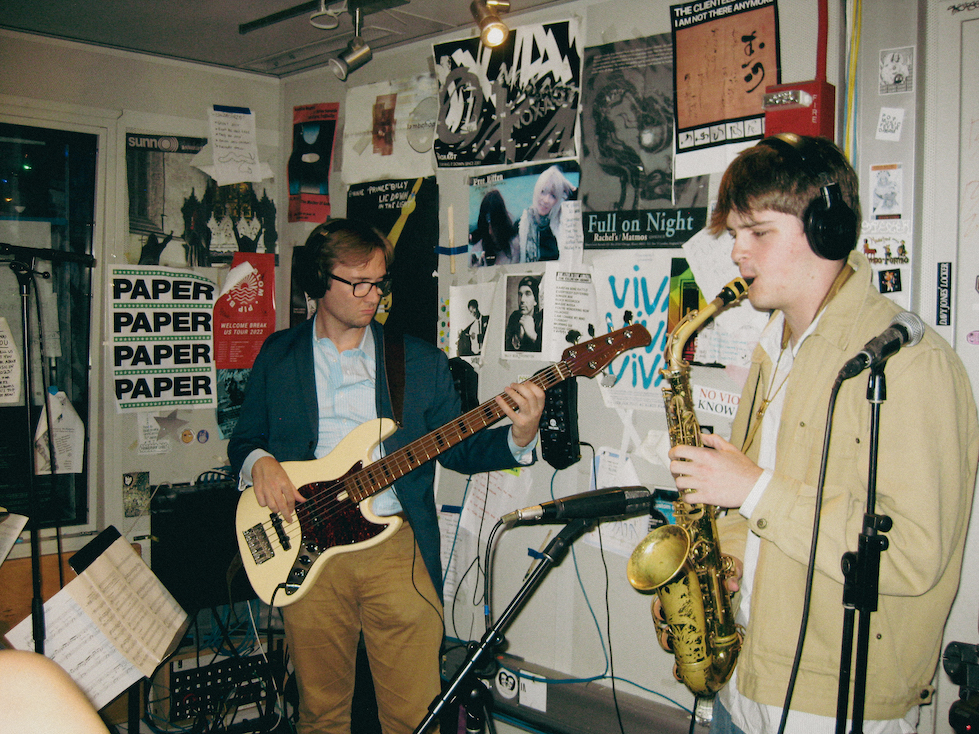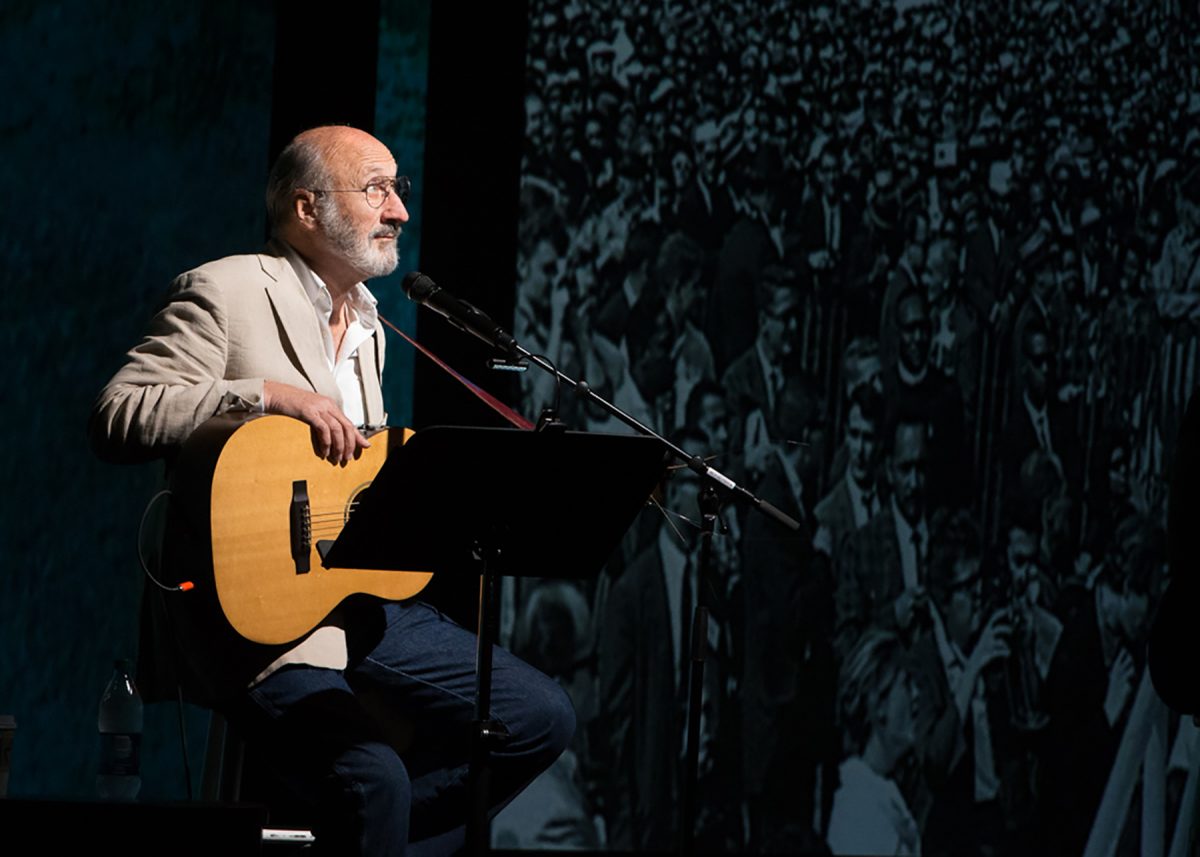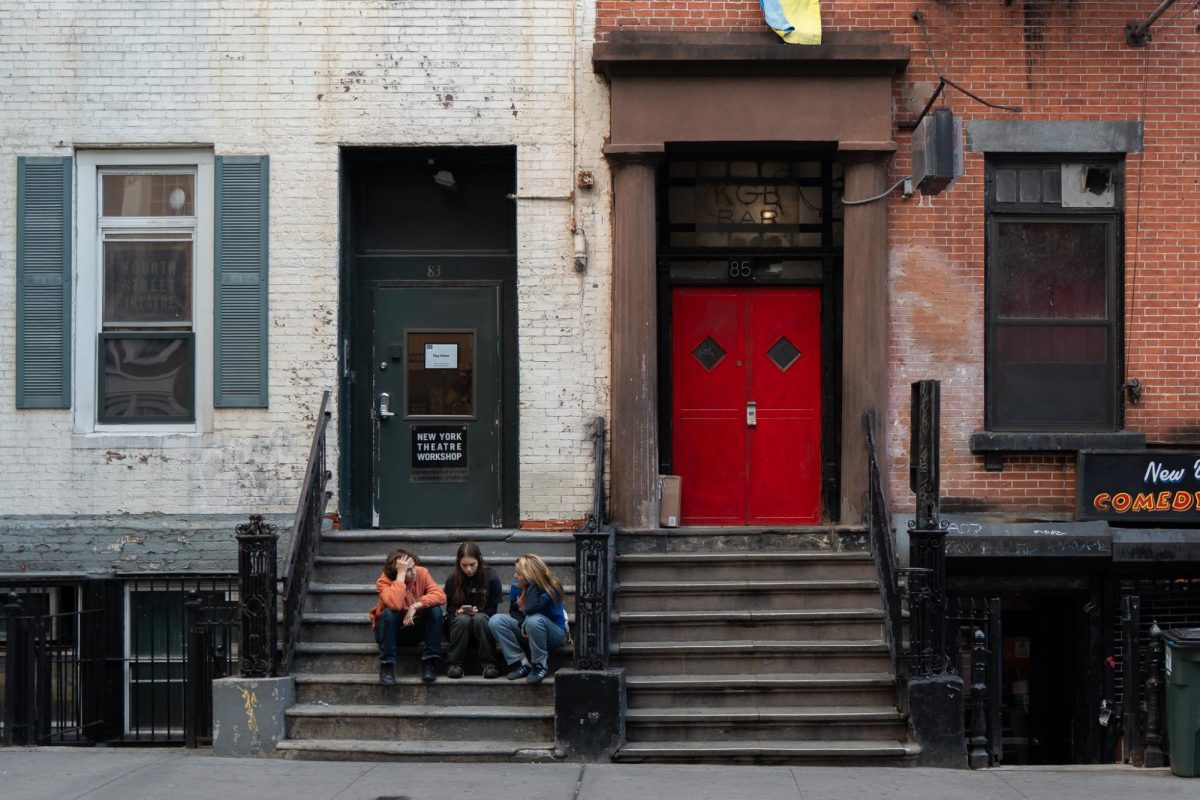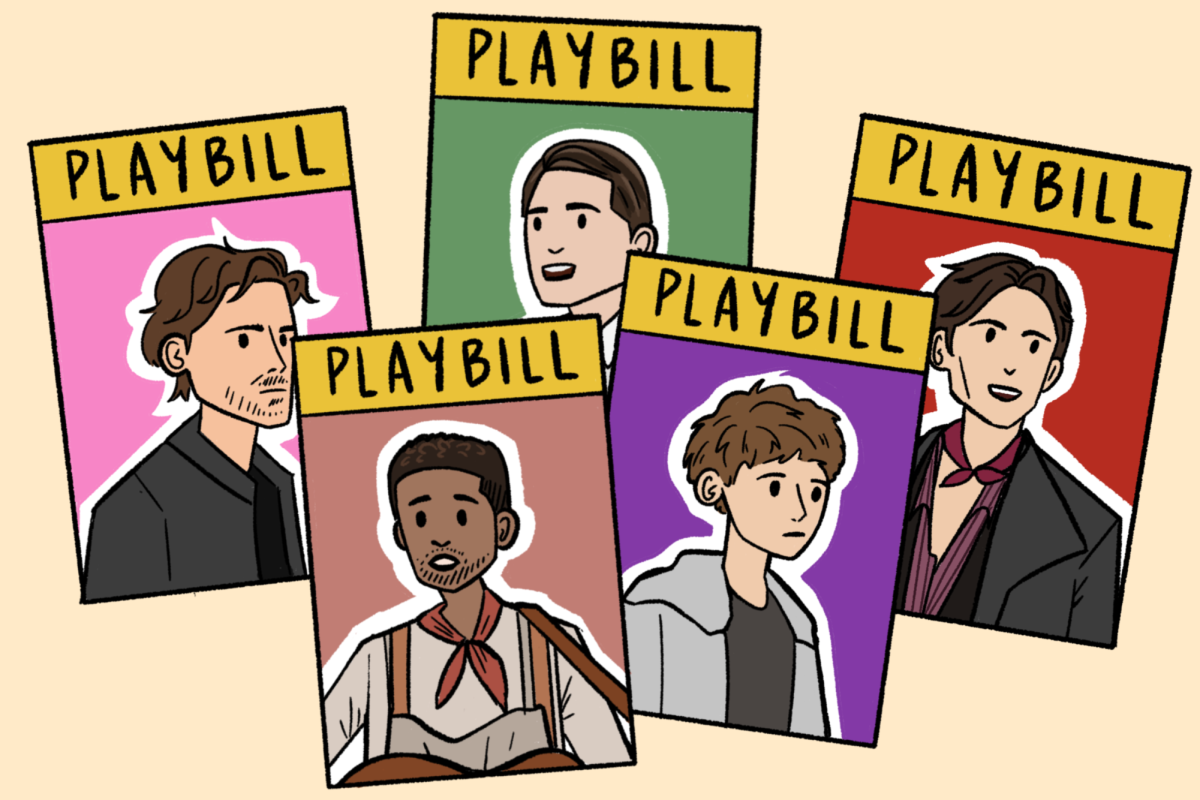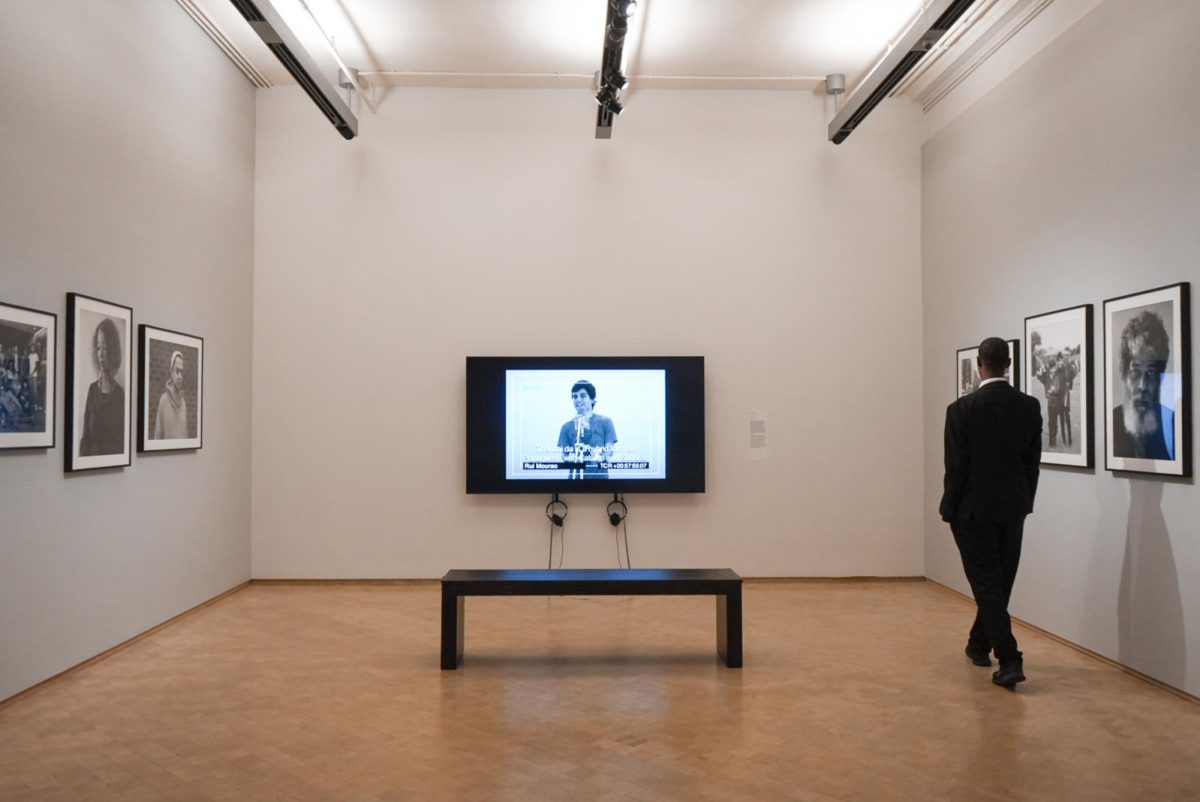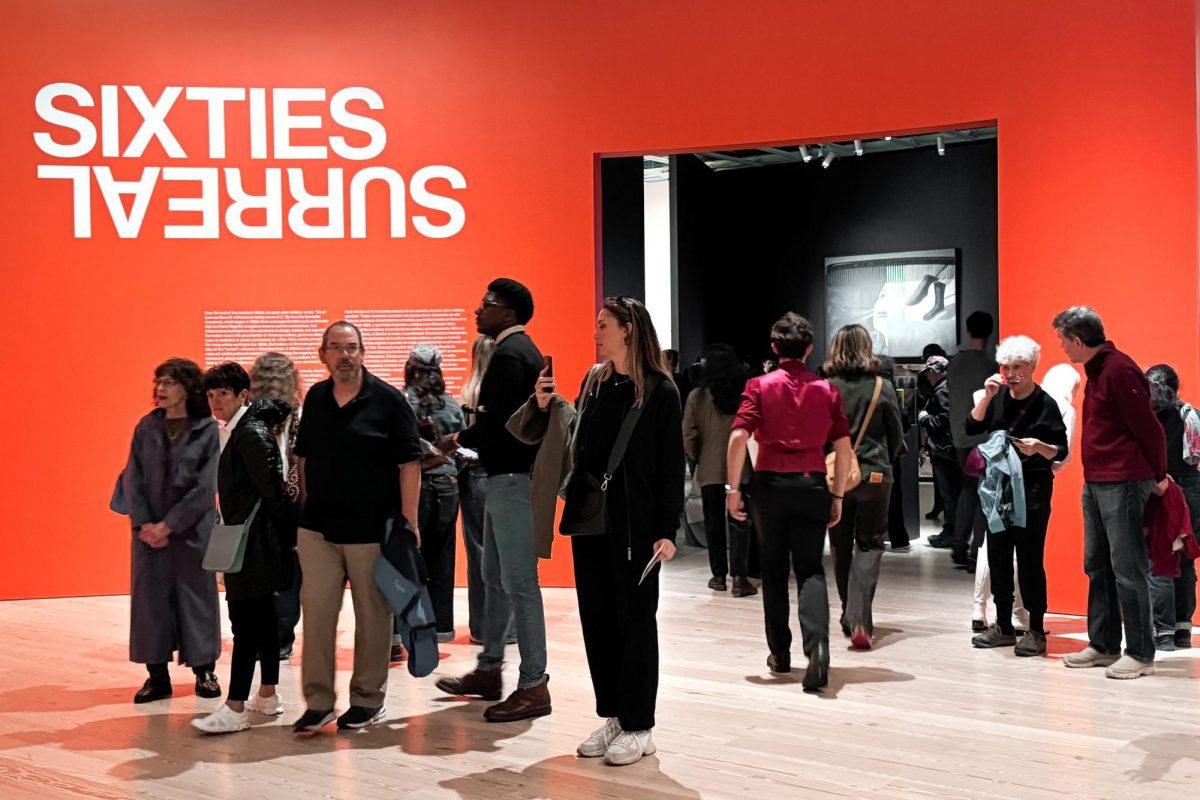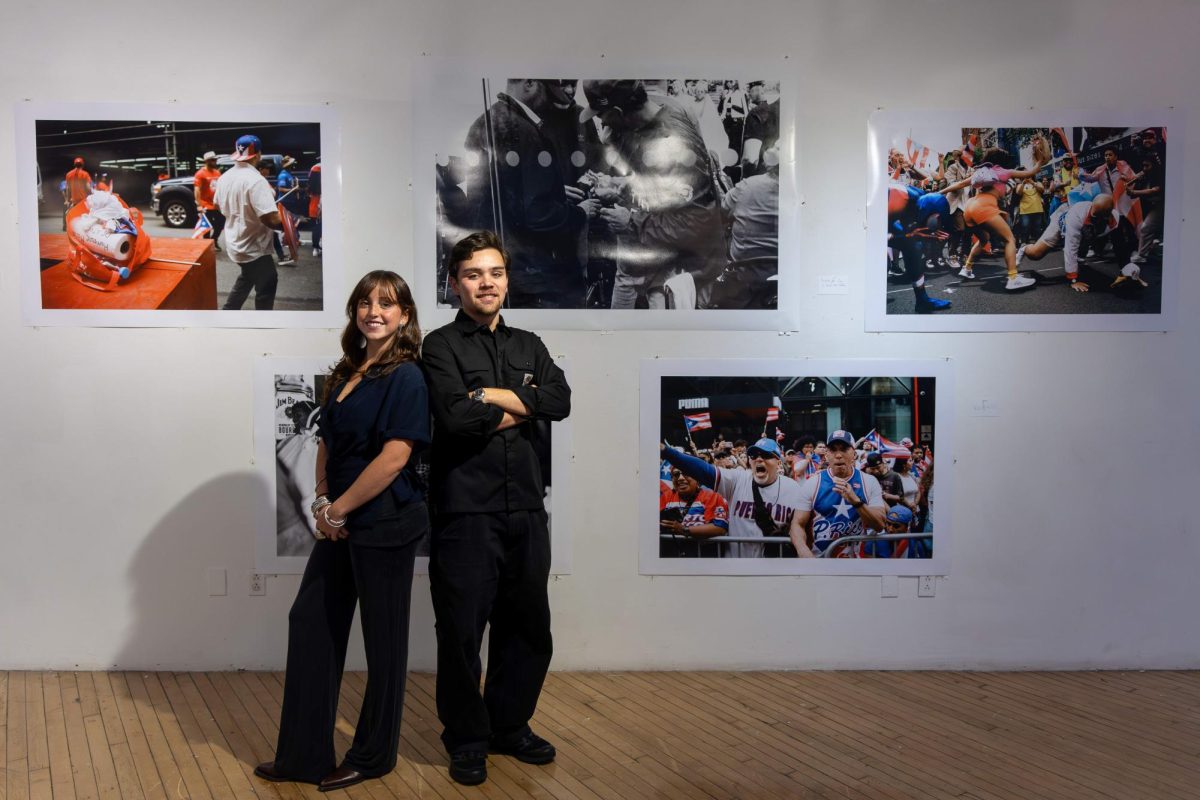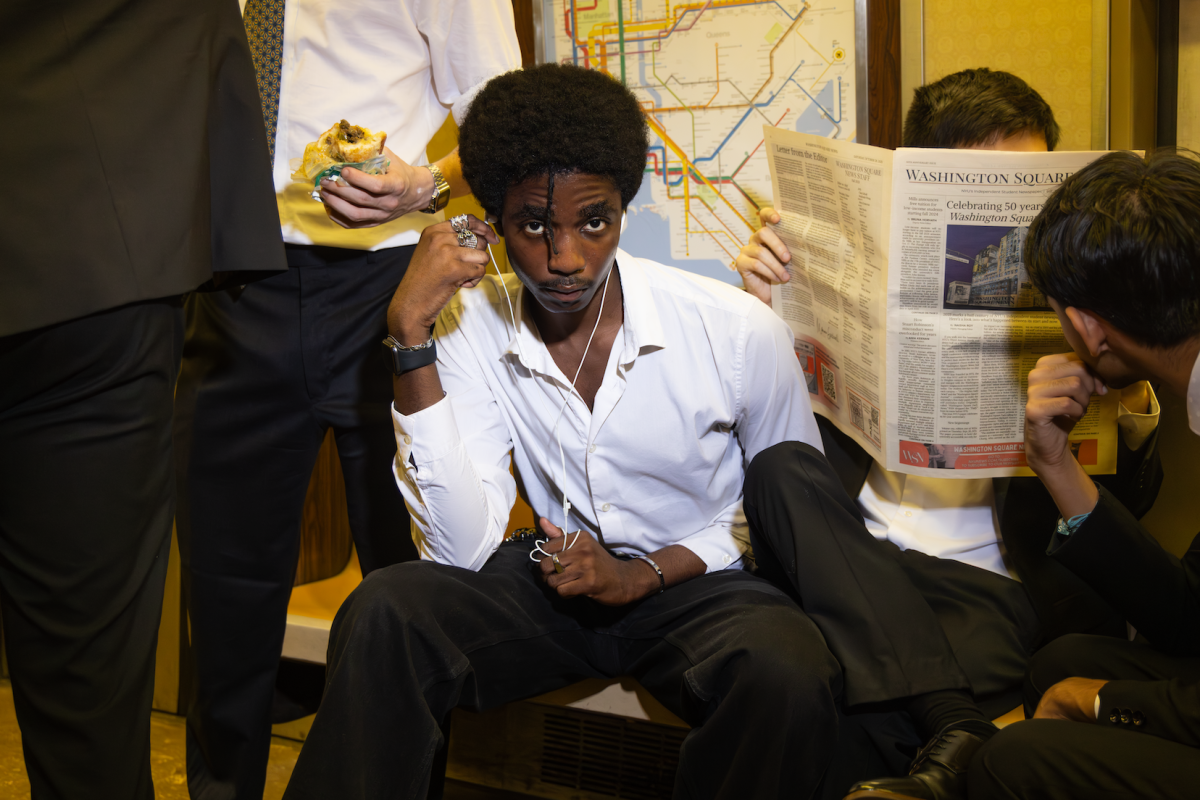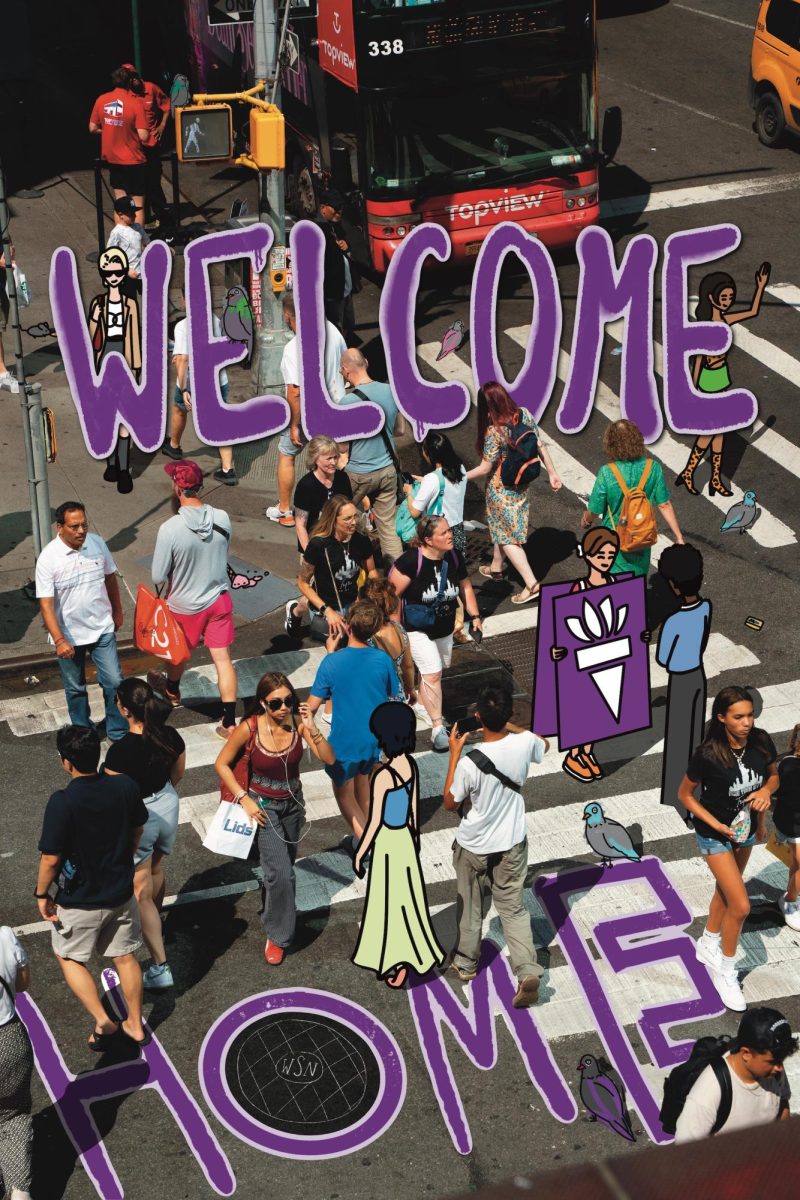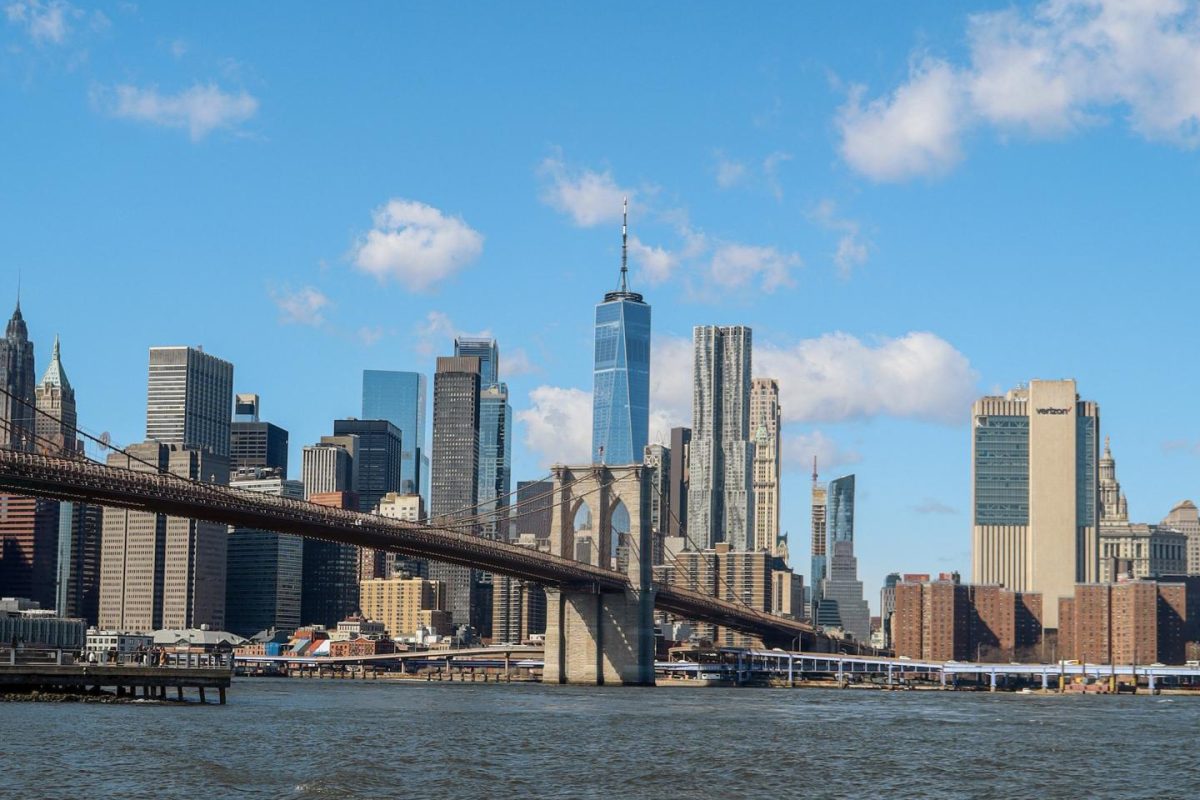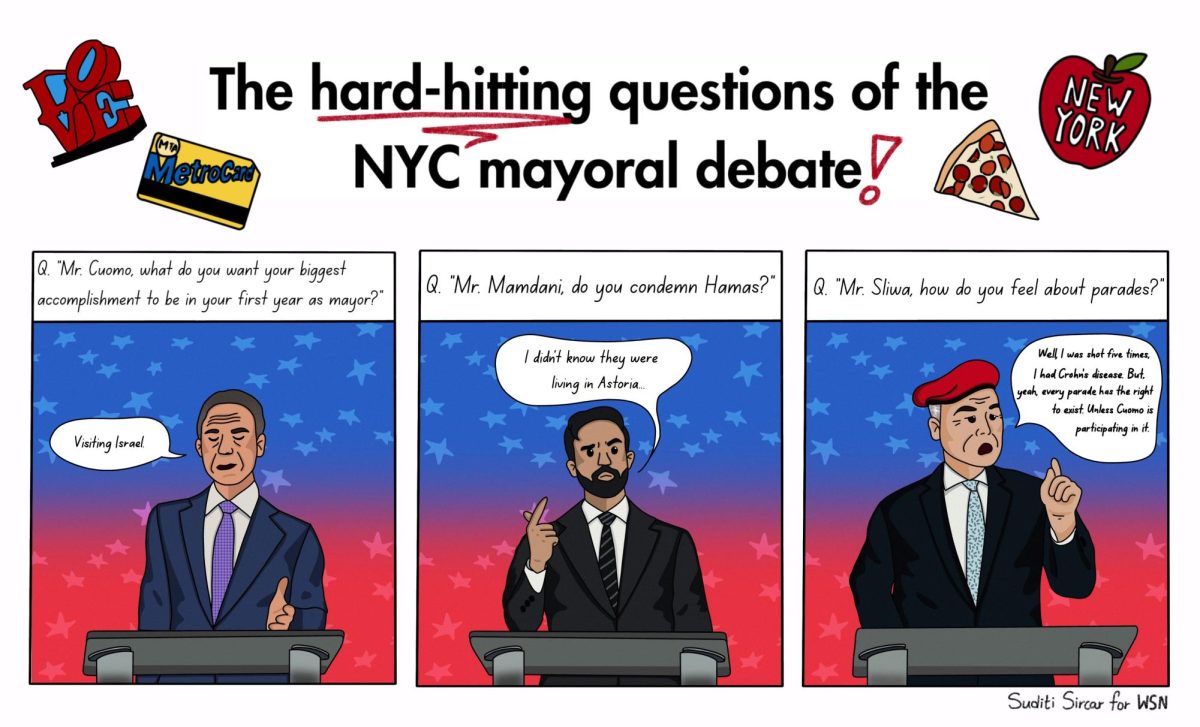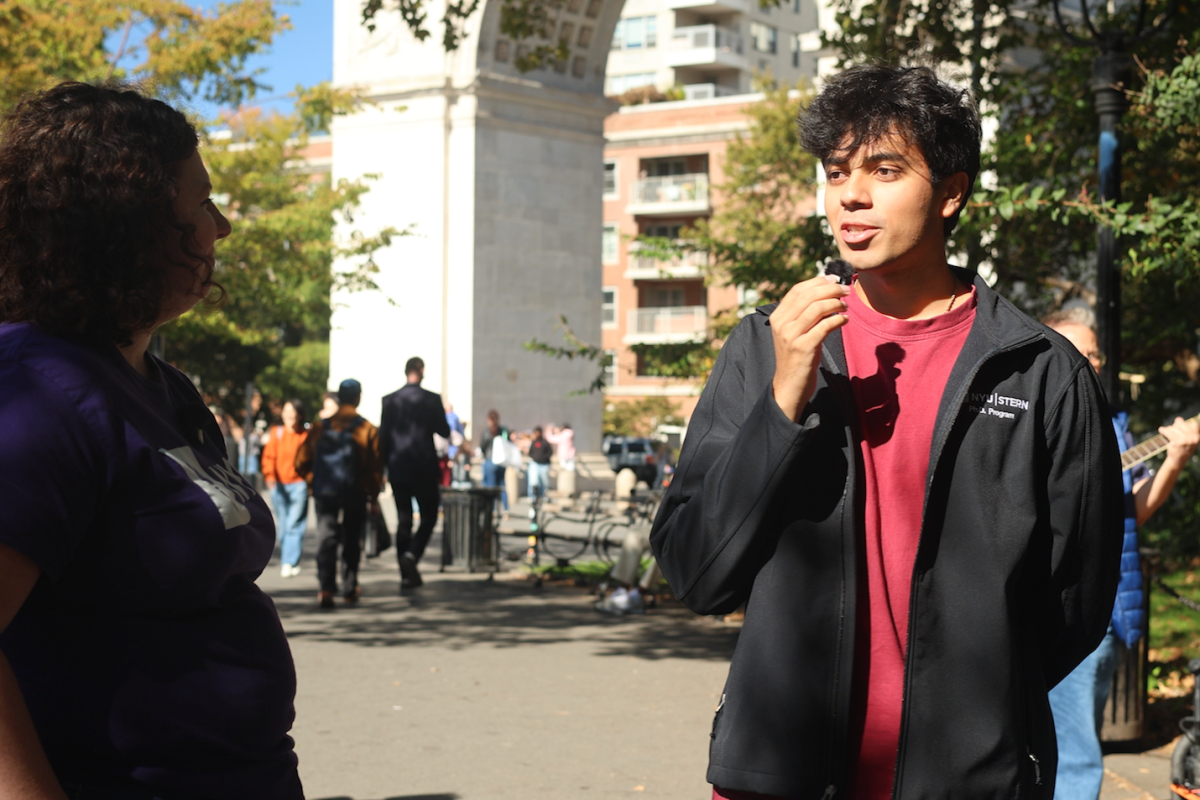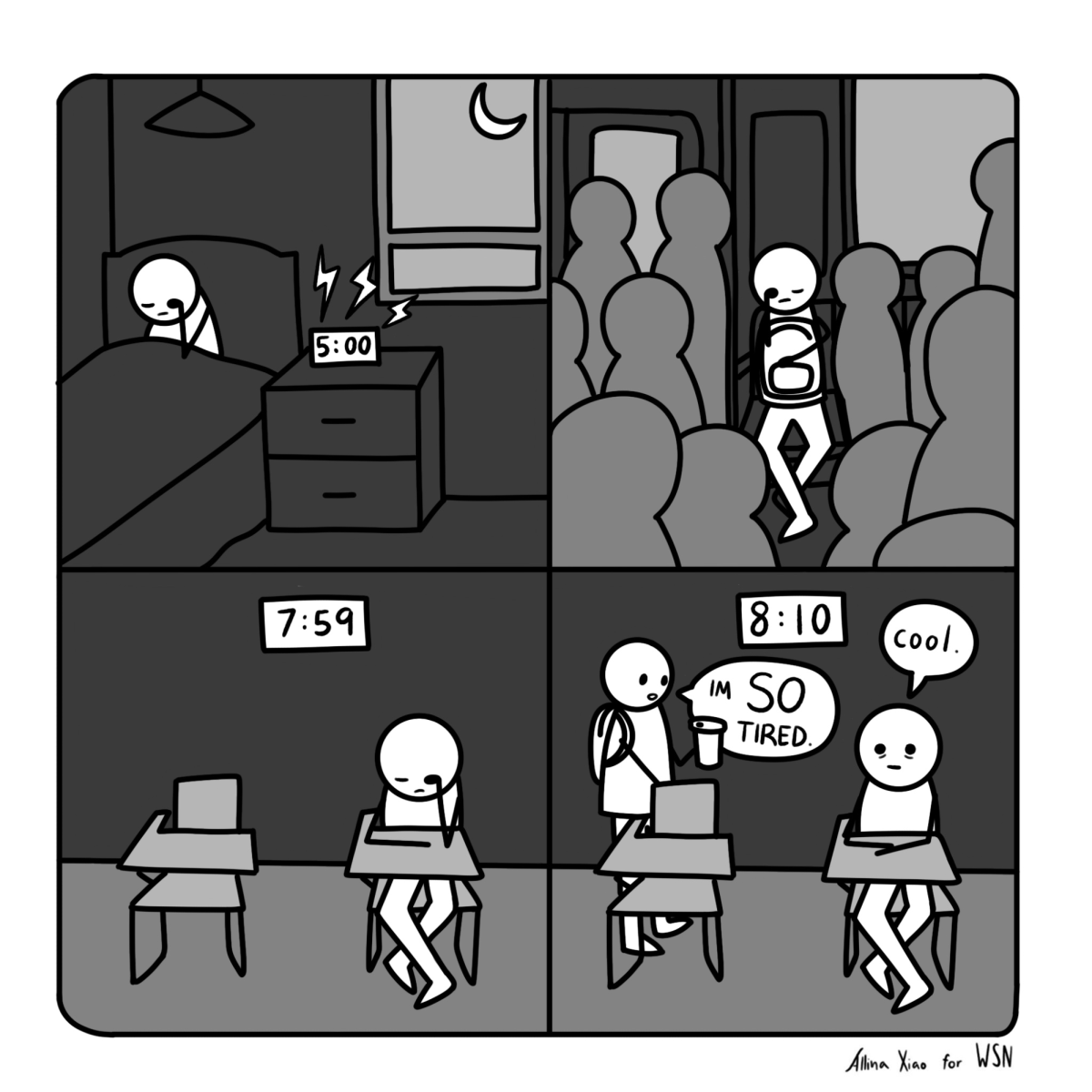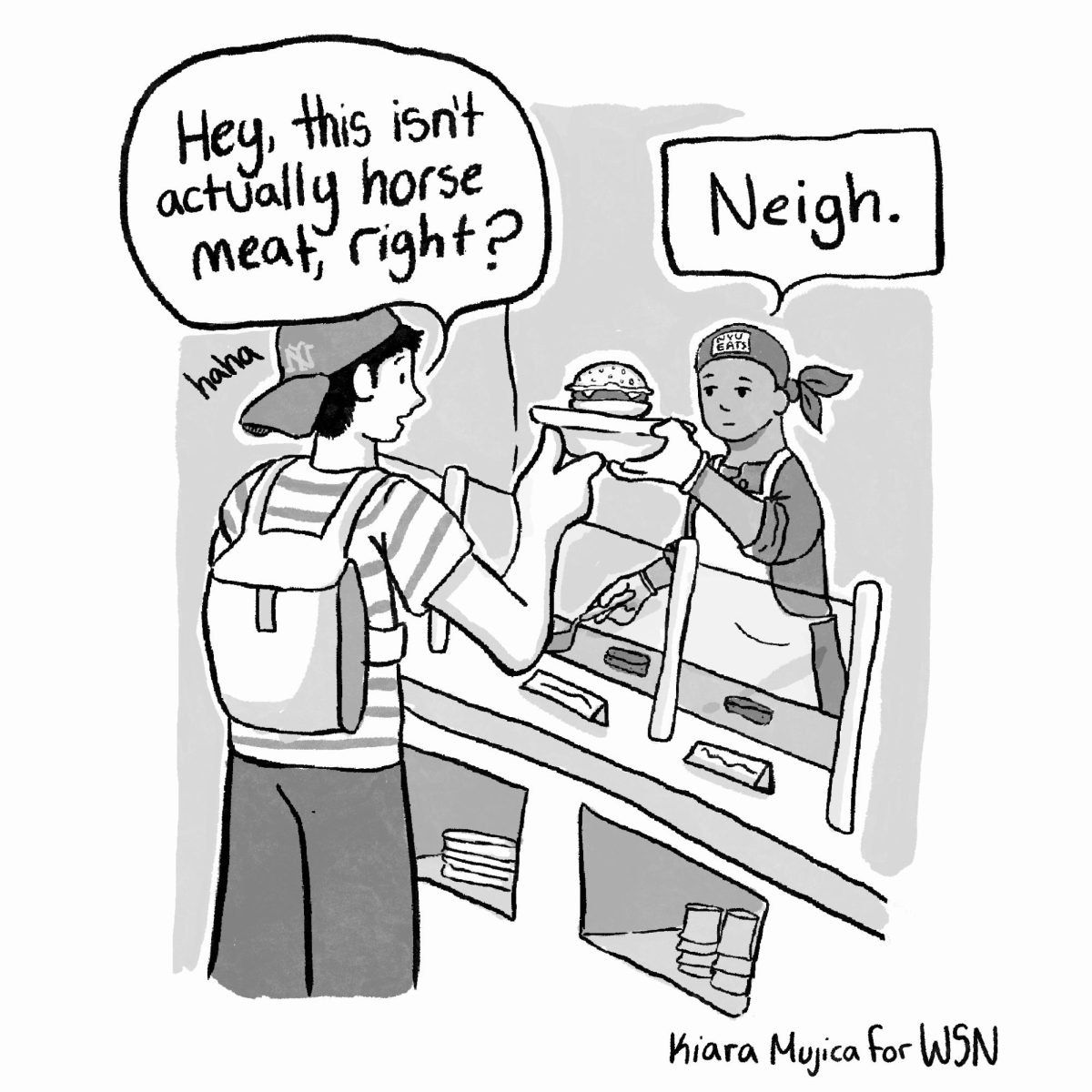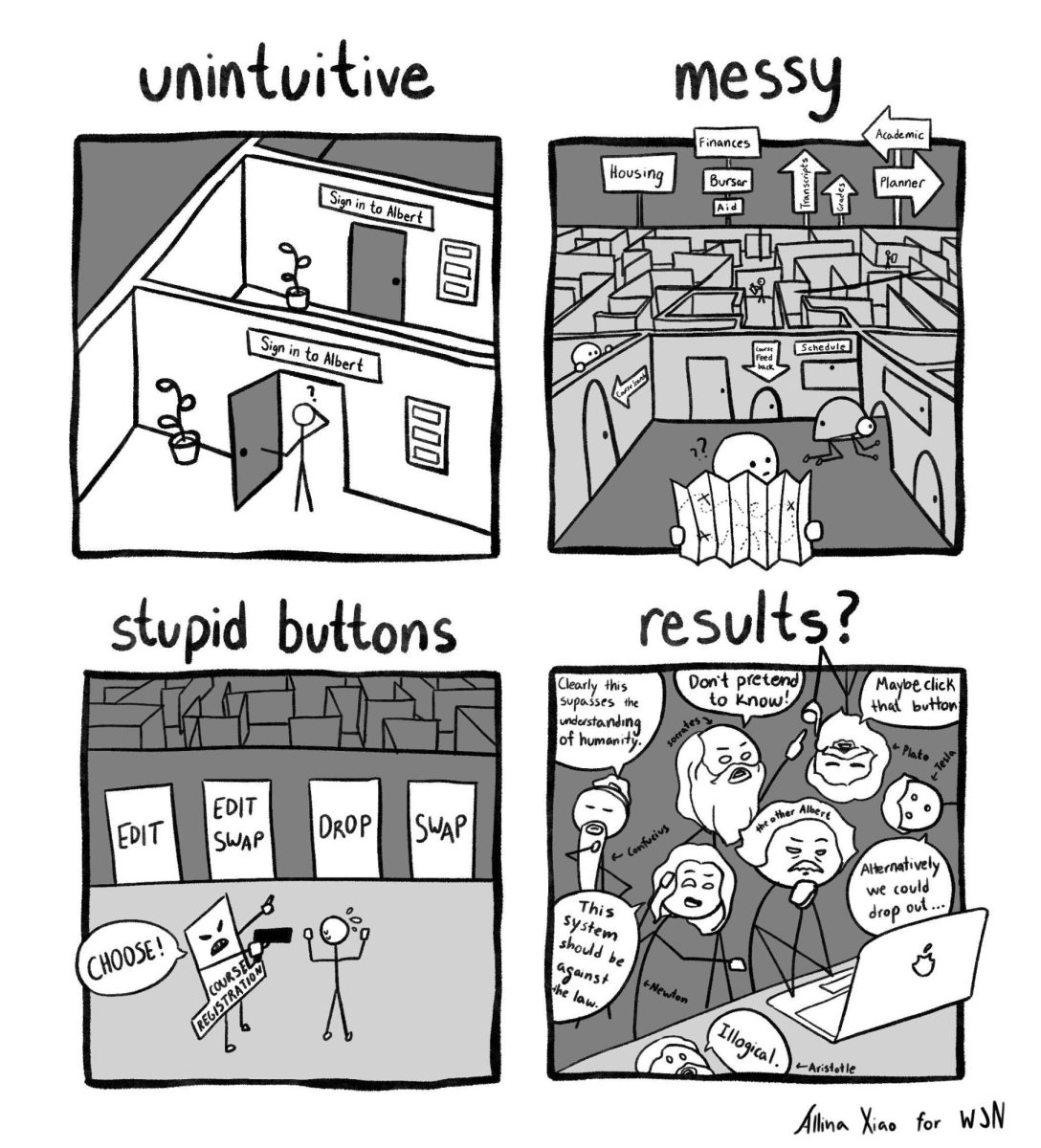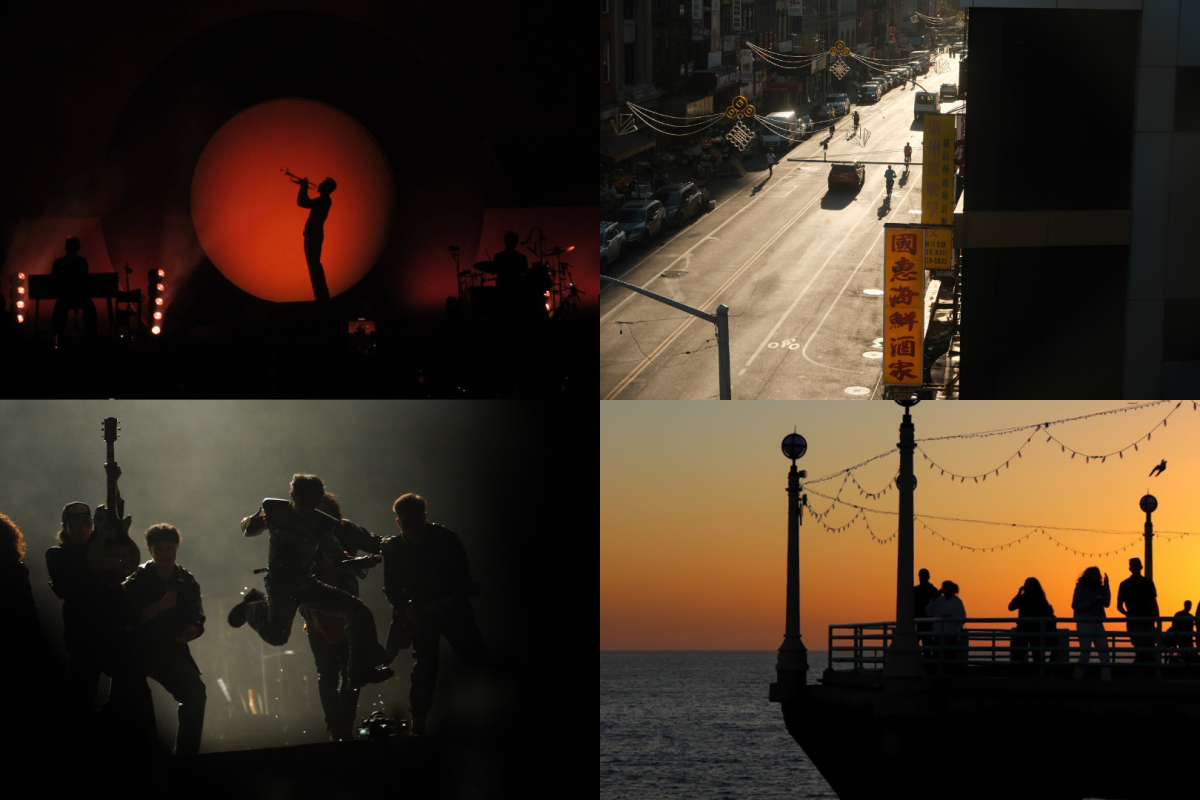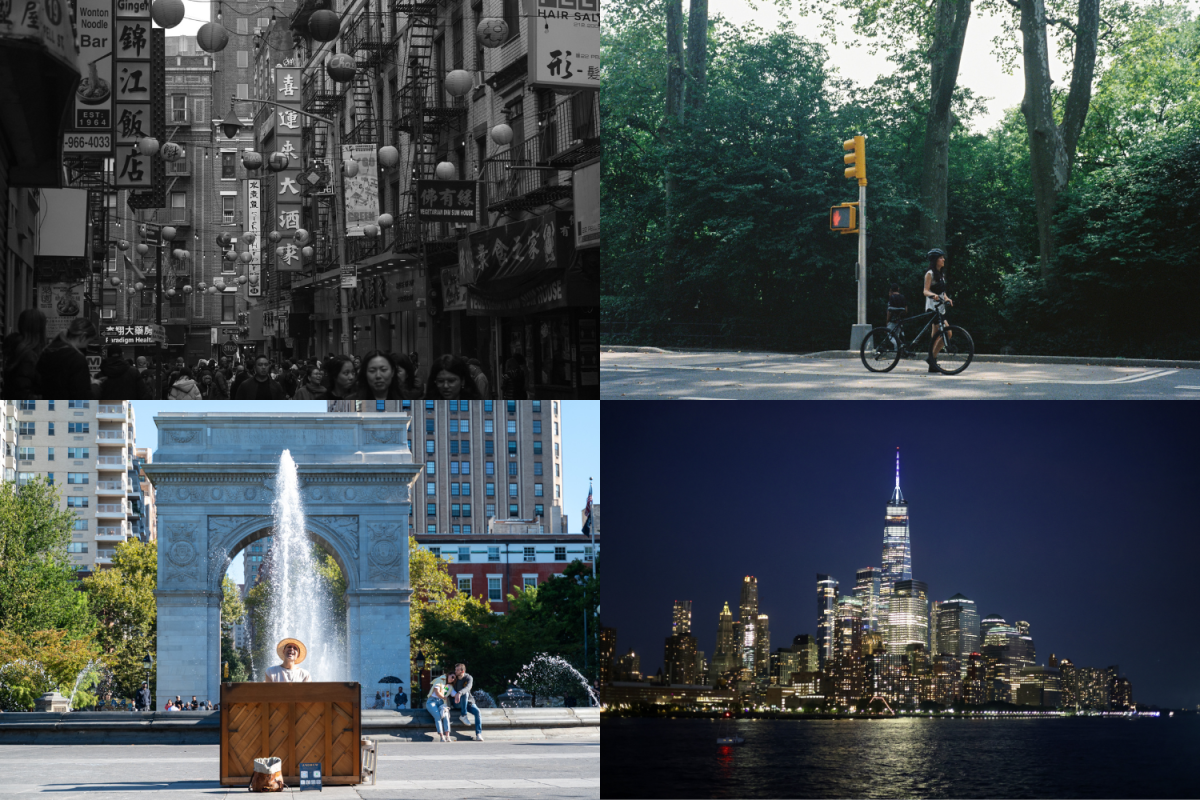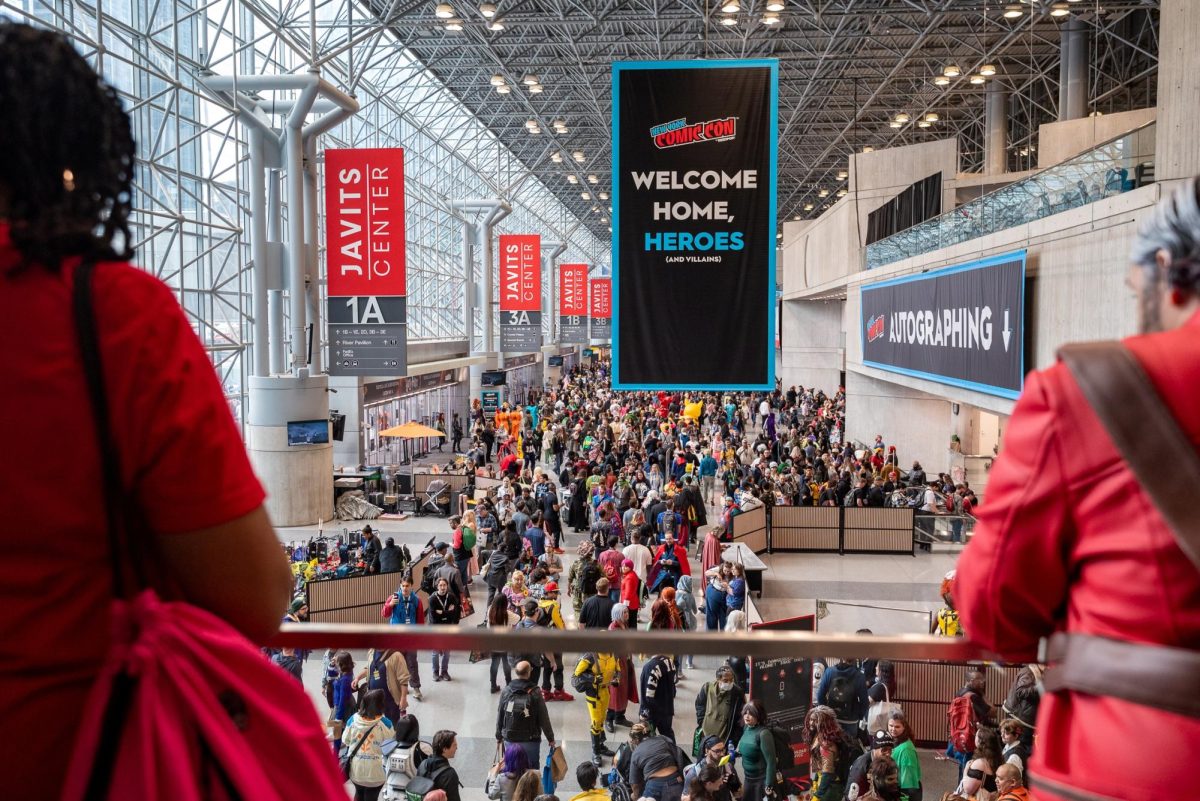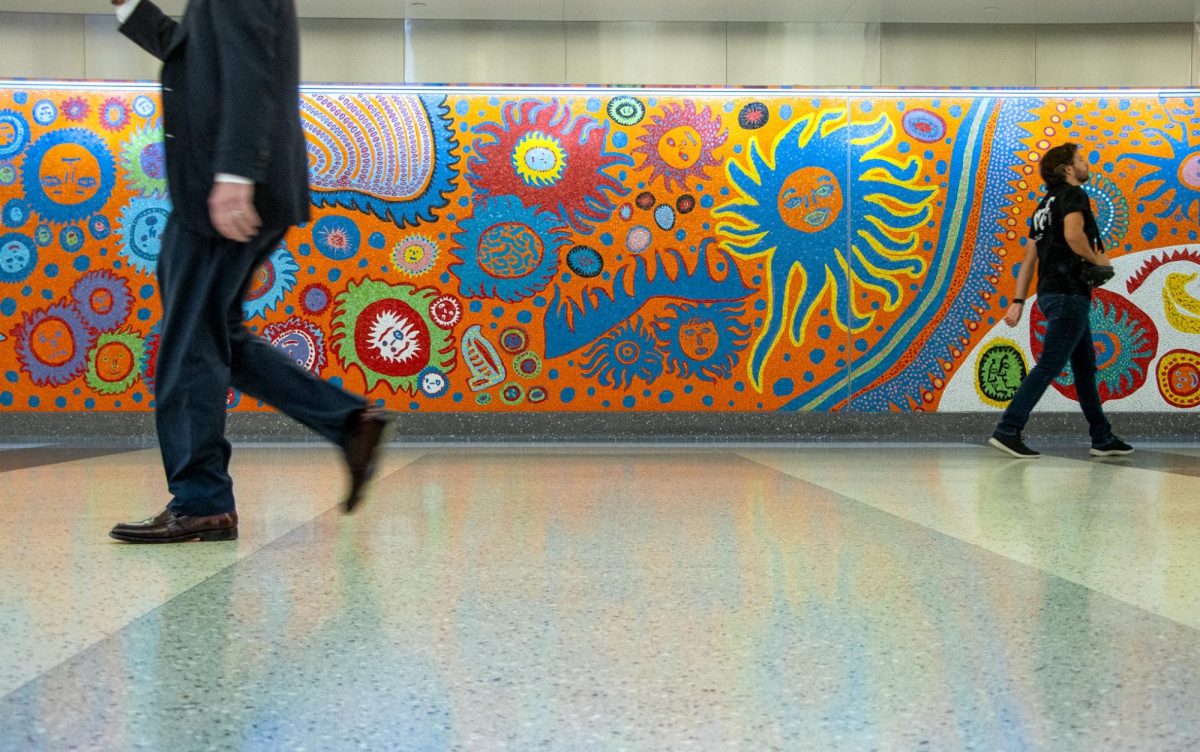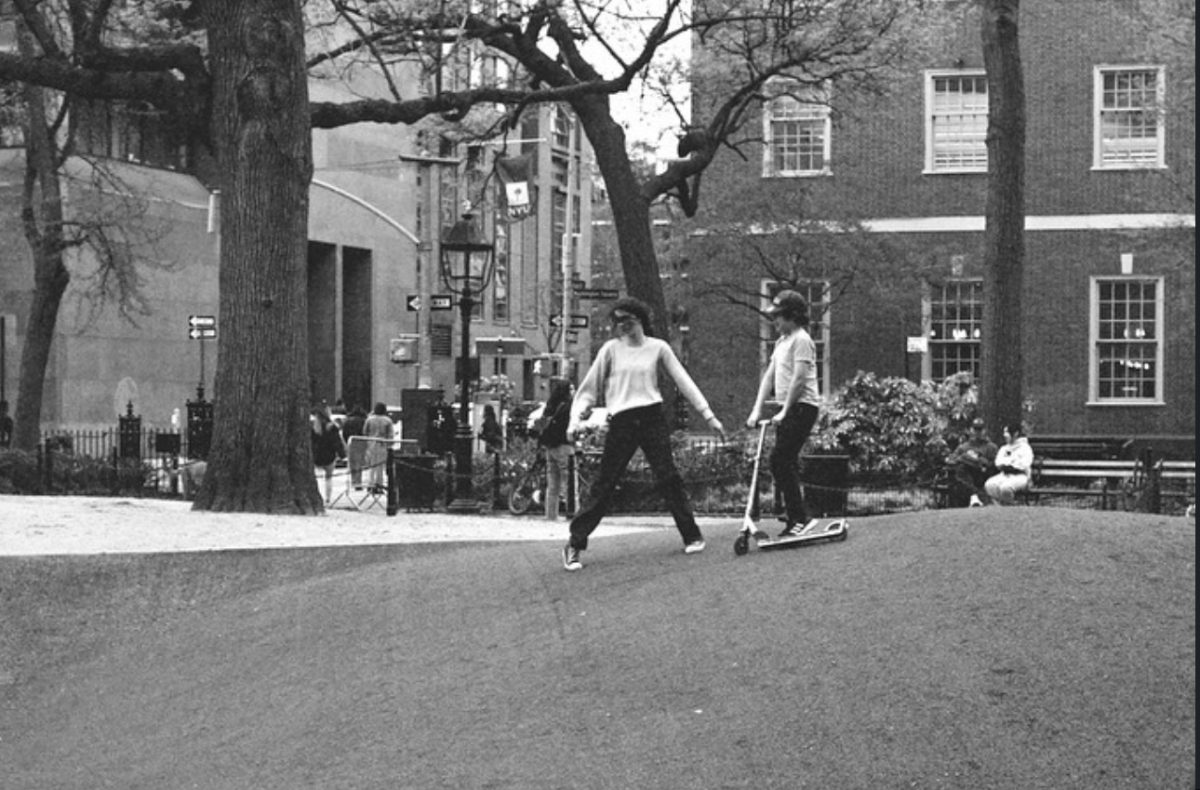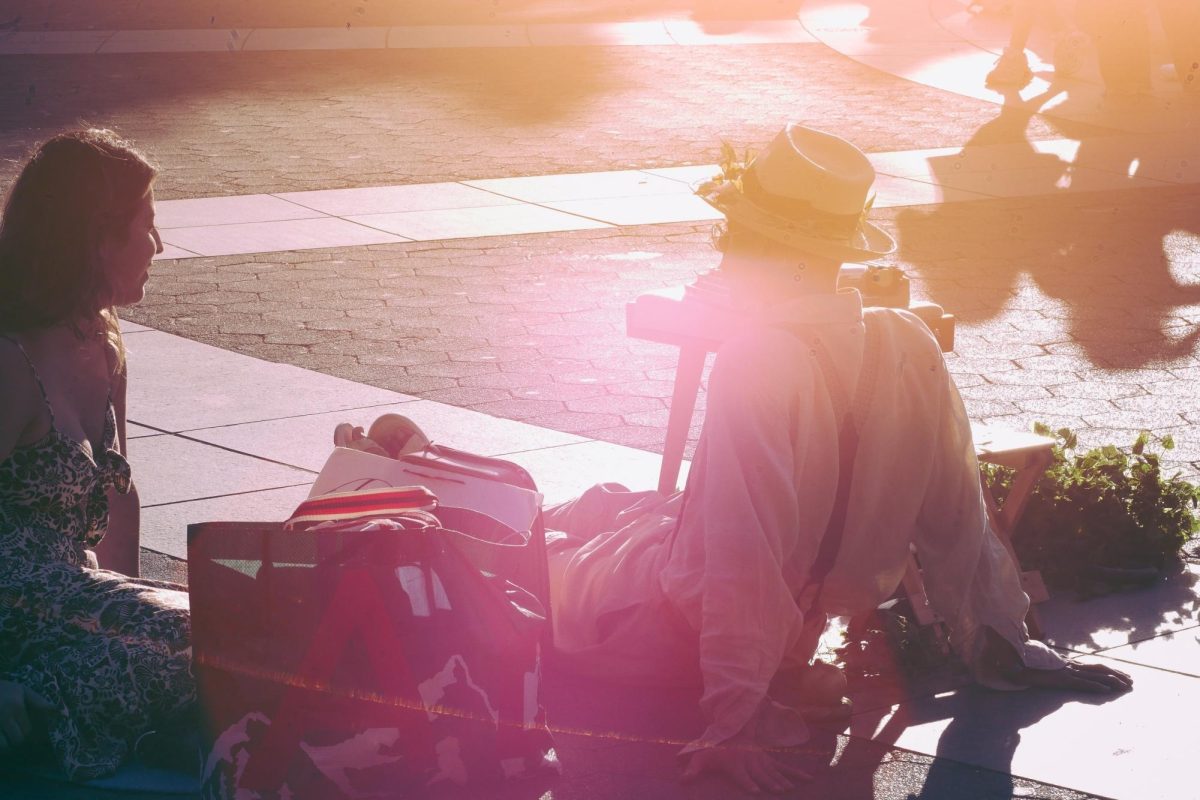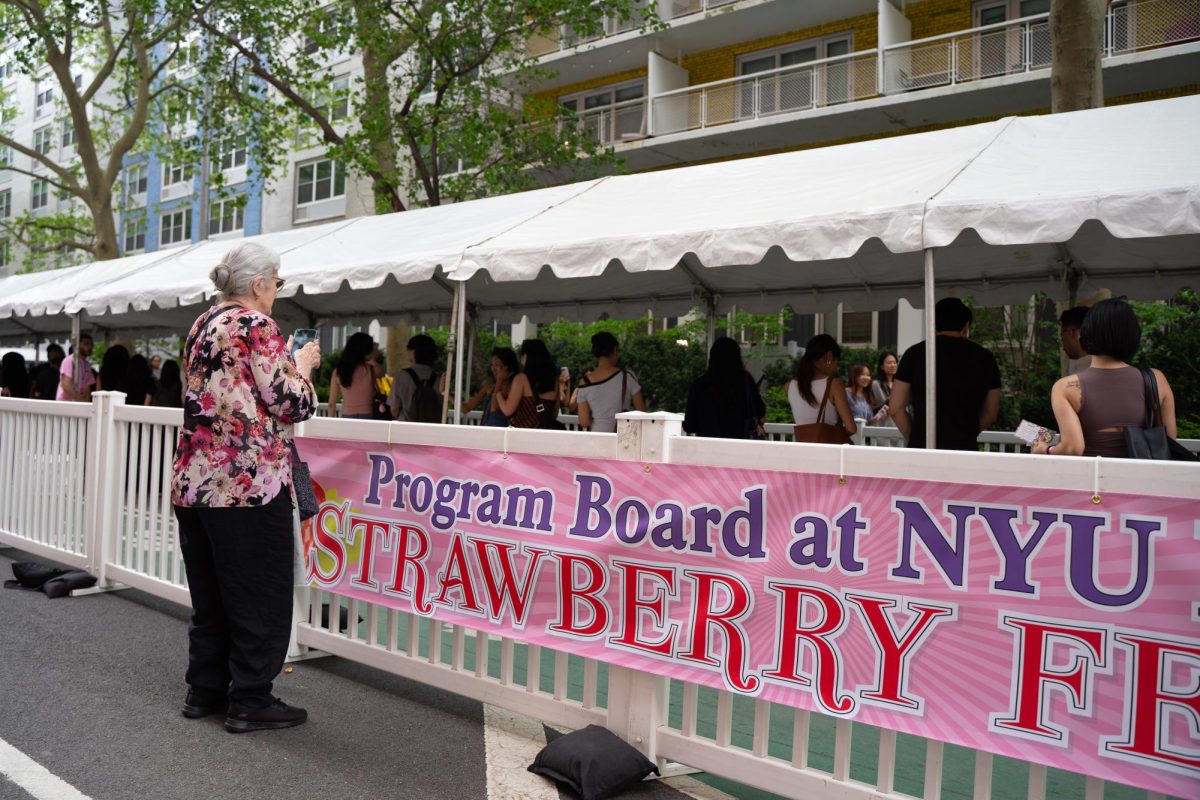“A minefield of access barriers”: Transportation for New Yorkers with disabilities
Under the Arch
“A minefield of access barriers”: Transportation for New Yorkers with disabilities
Despite New York City’s robust network of public transportation, residents with disabilities face everyday barriers in getting around.
Julia Kim, Culture Editor | October 6, 2025
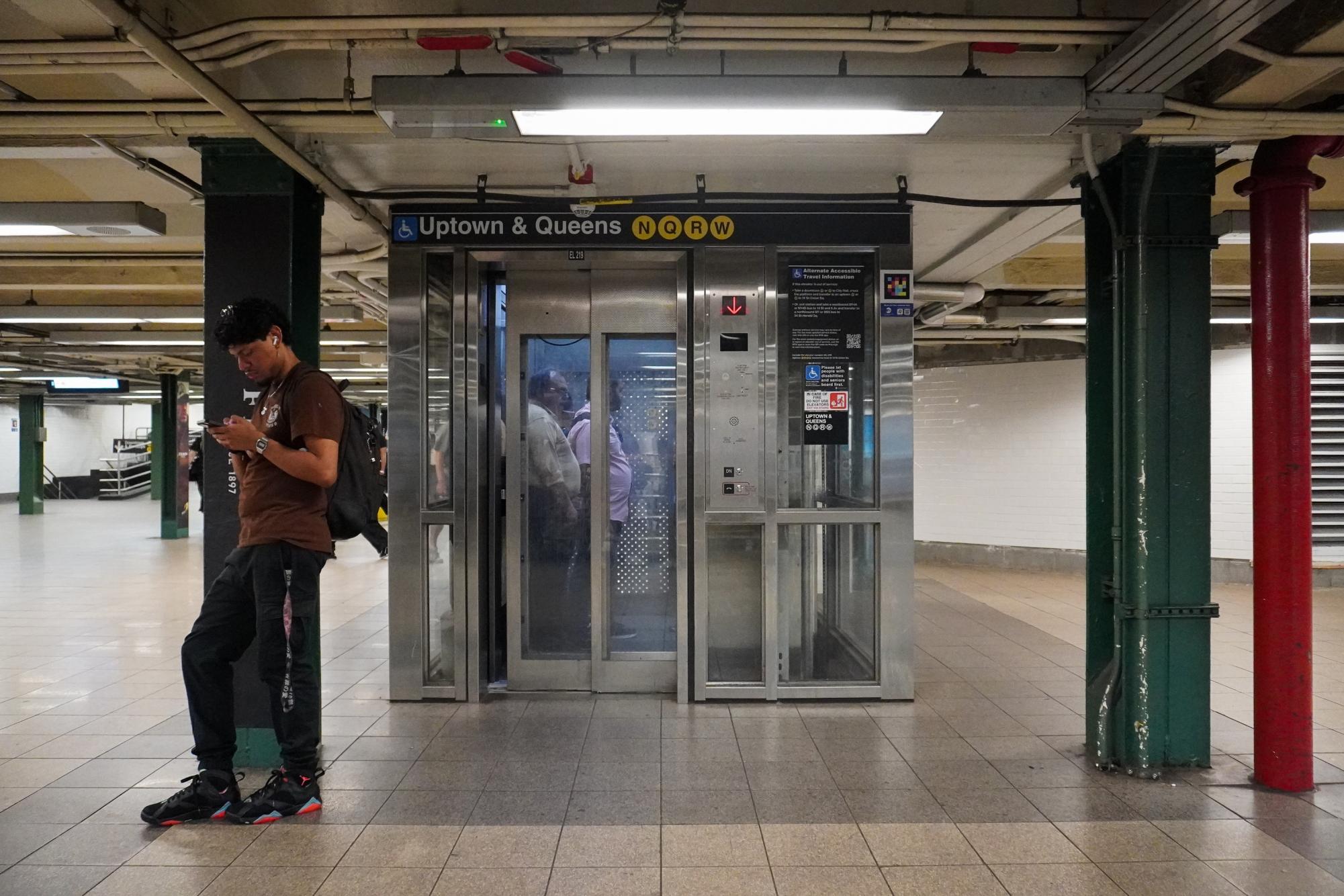
New York City boasts one of the oldest and largest public transportation systems in the world. For the nearly six million New Yorkers who use public transit, the subway is the fastest way to go from point A to point B. But even if the train is delayed, most people have the second choice of hopping on the nearest bus or simply walking to their destination. NYU students and faculty members also have the option of the university’s own transportation network composed of NYU Safe Ride and campus shuttles.
For Emma Bell, a CAS senior and the president of Disability Student Union, the subway is a last resort. Bell, who uses a cane and a mobility scooter to get around the city, said she rarely takes the train because of the lack of elevators at stations nearest to campus. She lives in Palladium residence hall, and its closest subway station,14th Street-Union Square, has limited options for her despite its status as an accessible station.
“Navigating the subway system is the worst thing ever if you need to use an elevator or you’re in a mobility scooter,” Bell told WSN. “Elevator access isn’t everywhere. They don’t have it on the 6th side, but they have it where the N and R is. At Eighth Street-NYU, there’s no elevator at all.”
The subway system was established in 1904, but the first stations with elevators and ramps didn’t come until 80 years later — and only after significant pressure from disability advocates.
A 1979 lawsuit from the Eastern Paralyzed Veterans Association against the MTA led to an initiative to make 100 key subway stations accessible by 2022, and make all new stations fully accessible. But the fight for accessibility has proven ongoing. In 2023, the Center for Independence of the Disabled, New York settled a lawsuit with the MTA over its failure to install elevators in its subway stations, resulting in a mandate to make at least 95% of its remaining inaccessible stations fully accessible by 2055.
Currently, only 28% of subways and Staten Island Railway stations are compliant with the Americans with Disabilities Act. This is despite the fact that over one million New Yorkers live with disabilities and an additional 1.7 million are older than 65 with their own set of accessibility needs.
In its 2025-29 capital program, the MTA has devoted $7.1 billion towards making accessibility improvements in at least 60 subway stations and six railroad stations, but advocates argue that the MTA has continuously delayed the process and failed to provide consistent updates. Alexander Parent, a Ph.D. student researching technology and disability justice with NYU’s Ability Project, said this far-off target means that New Yorkers with disabilities still face a “minefield of access barriers” when using public transportation. Parent, who has cerebral palsy and is prone to fatigue and poor balance, described every trip as a negotiation of the extent to which he should push his limits.
“They’re working hard to make it more accessible, but it’s such a patchwork of different experiences,” Parent said. “I’m fortunate enough that I can navigate a lot of the inaccessible areas of the subway, but not without a lot of effort and awkwardness negotiating with other commuters.”
Parent described how, for disabled New Yorkers, using public transportation means meticulously mapping out your commute based on which stations not only have an elevator, but a working one at that. He said that at stations like West Fourth Street, elevators are frequently under repair, forcing him to walk the extra distance to the next closest subway station, Canal Street.
“Everyone in the city should have the right to explore and to take part in every aspect of that city,” Parent said. “By not having a fully accessible transit system, you’re preventing some people from accessing all of the city that they also live in.”
The MTA has its own public paratransit system, known as Access-a-Ride, that sees over 40,000 trips a day. Eligible New Yorkers can request to be directly picked up and dropped off at specific locations. However, advocates like Chad DeRoche, who has been living in the city for over 20 years and works with the disability rights organization AHRC, have said the ride system also lacks efficiency.
“They always come late every time,” said DeRoche, who primarily uses Access-a-Ride to get around the city. “They call and let them know they’re outside. They wait five minutes, or two or three minutes as we’re coming out, and they always leave and say they were here.”
In addition to having to schedule pick-ups 24 hours in advance and facing sometimes hours-long rides, DeRoche explained that riders are given a 30-minute window when drivers could arrive, however only a few minutes to come before being left behind.
Racial and class disparities in the distribution of accessible stations have also raised concern. The majority of accessible stations are concentrated in lower Manhattan and downtown Brooklyn, with fewer being found in lower-income neighborhoods including the outskirts of the two boroughs as well as the Bronx and Queens.
Quemuel Arroyo, an NYU alum who joined the MTA as its first agencywide chief accessibility officer in 2021, said he is working to make sure the MTA delivers on its promises. In the relatively new position, Arroyo oversees an agenda for accessibility that cuts across all branches of the agency. As a wheelchair user who regularly rides the subway, Arroyo said he took away the requirement of needing a specially coded MetroCard to pass through the autogates in subway stations, expanding their accessibility to those unable to pass through turnstiles.
Contact Julia Kim at [email protected].

Julia Kim is a sophomore studying journalism and gender & sexuality studies at CAS. Originally from Missouri, they can be found awaiting R.F. Kuang's...

Ivy Chan is a sophomore studying media, culture, and communication at Steinhardt. In her free time, she’s rock climbing, making tiramisu with her friends...


